Note: Images represent material available either in our warehouse or through our network of local suppliers.
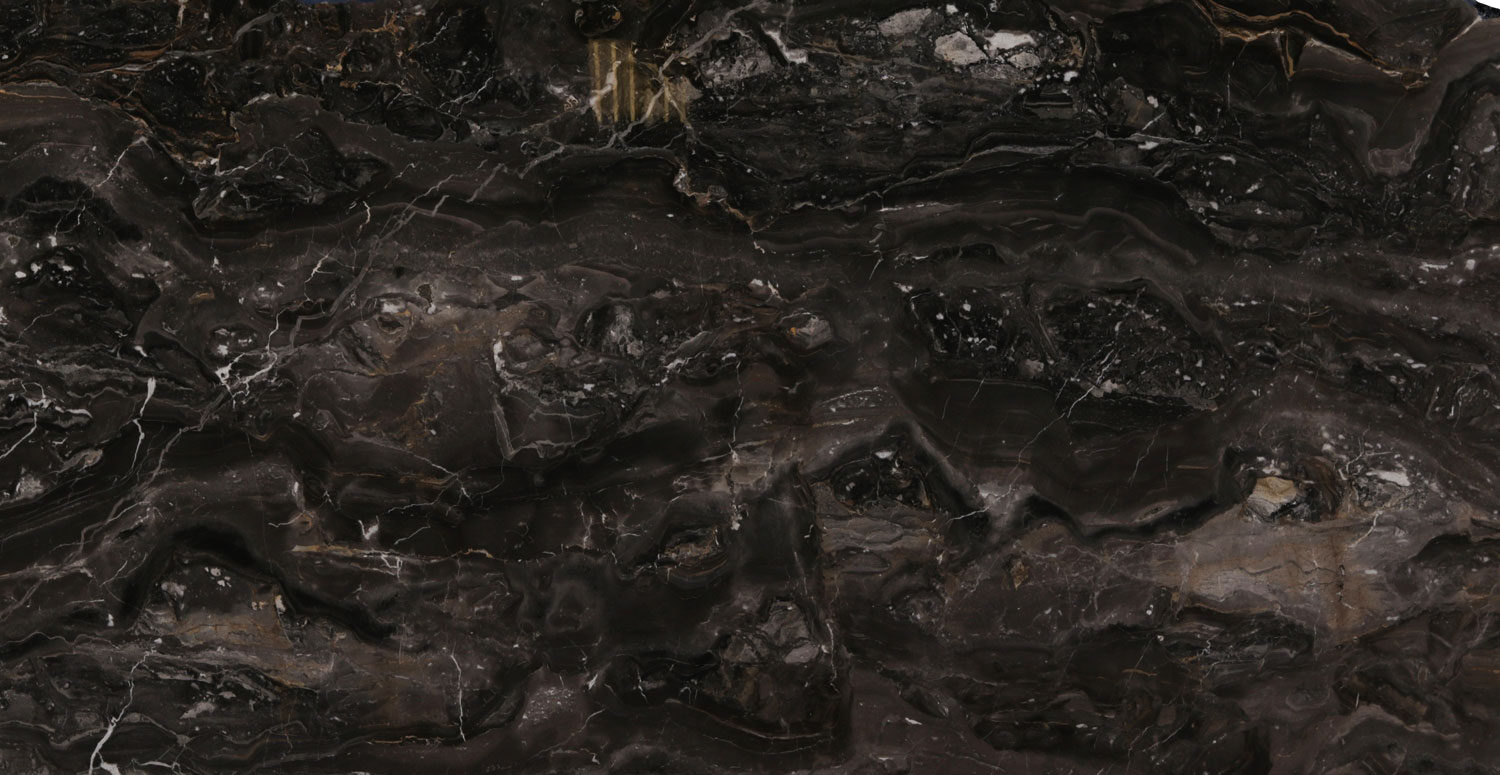
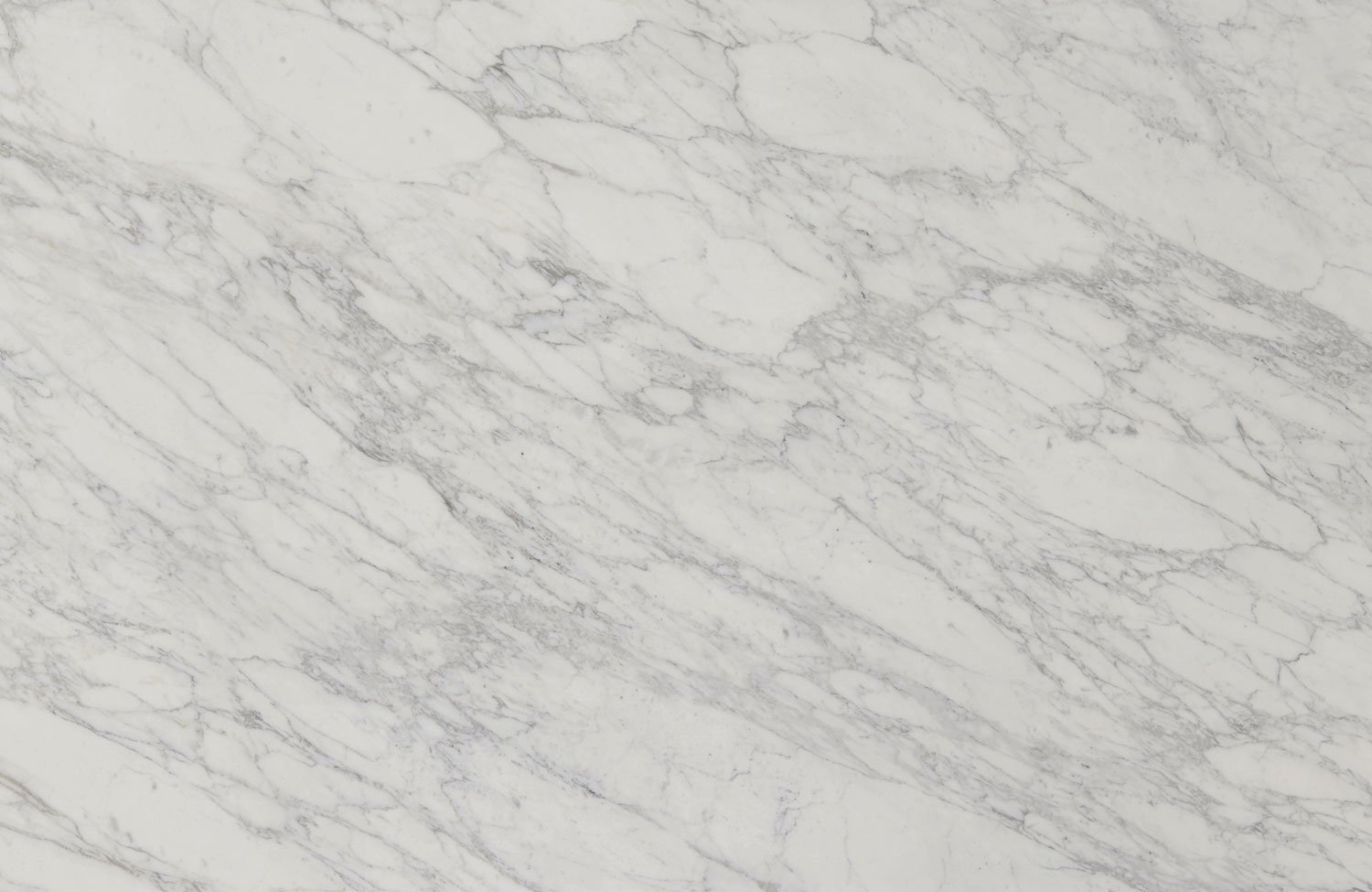
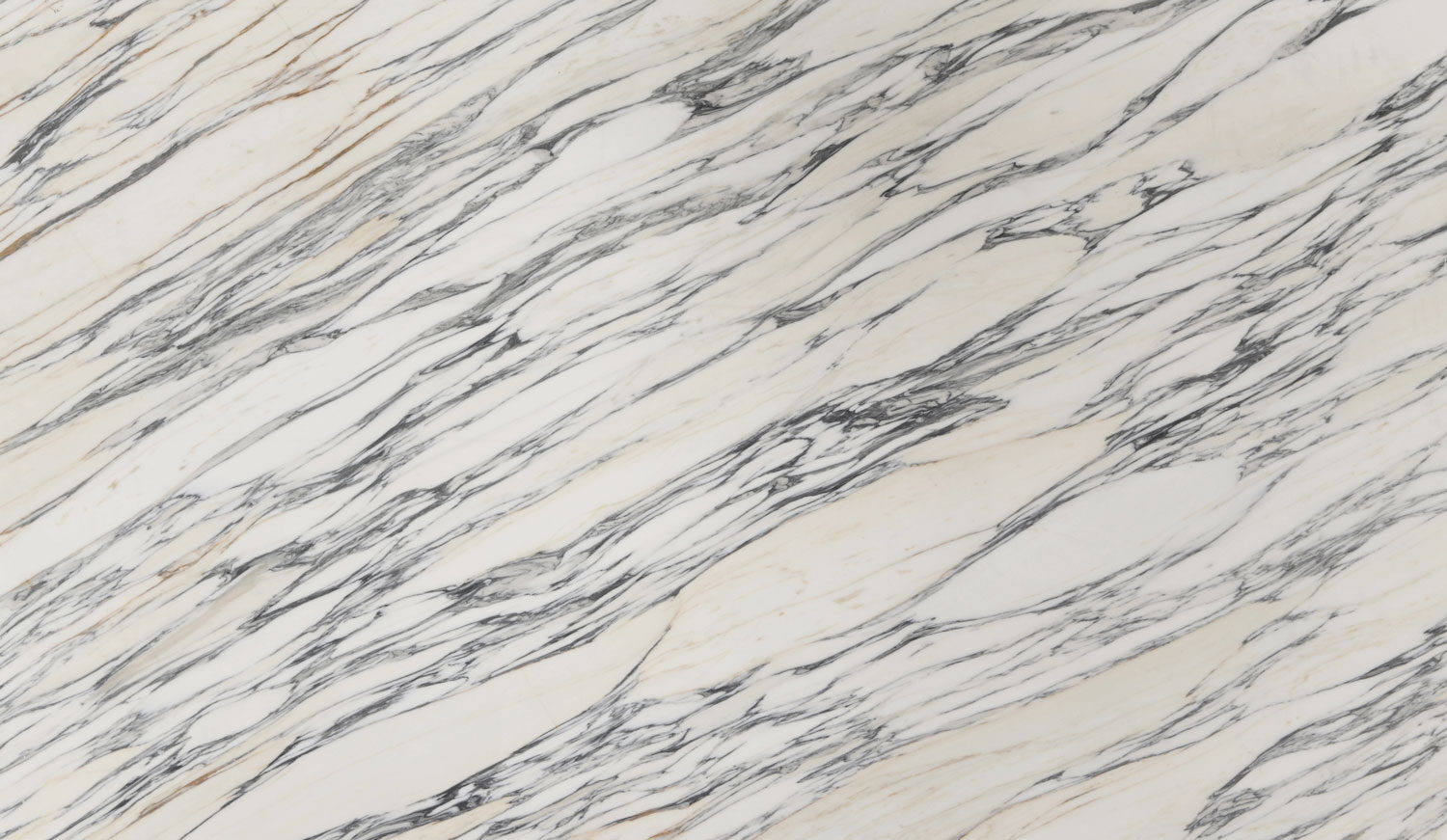
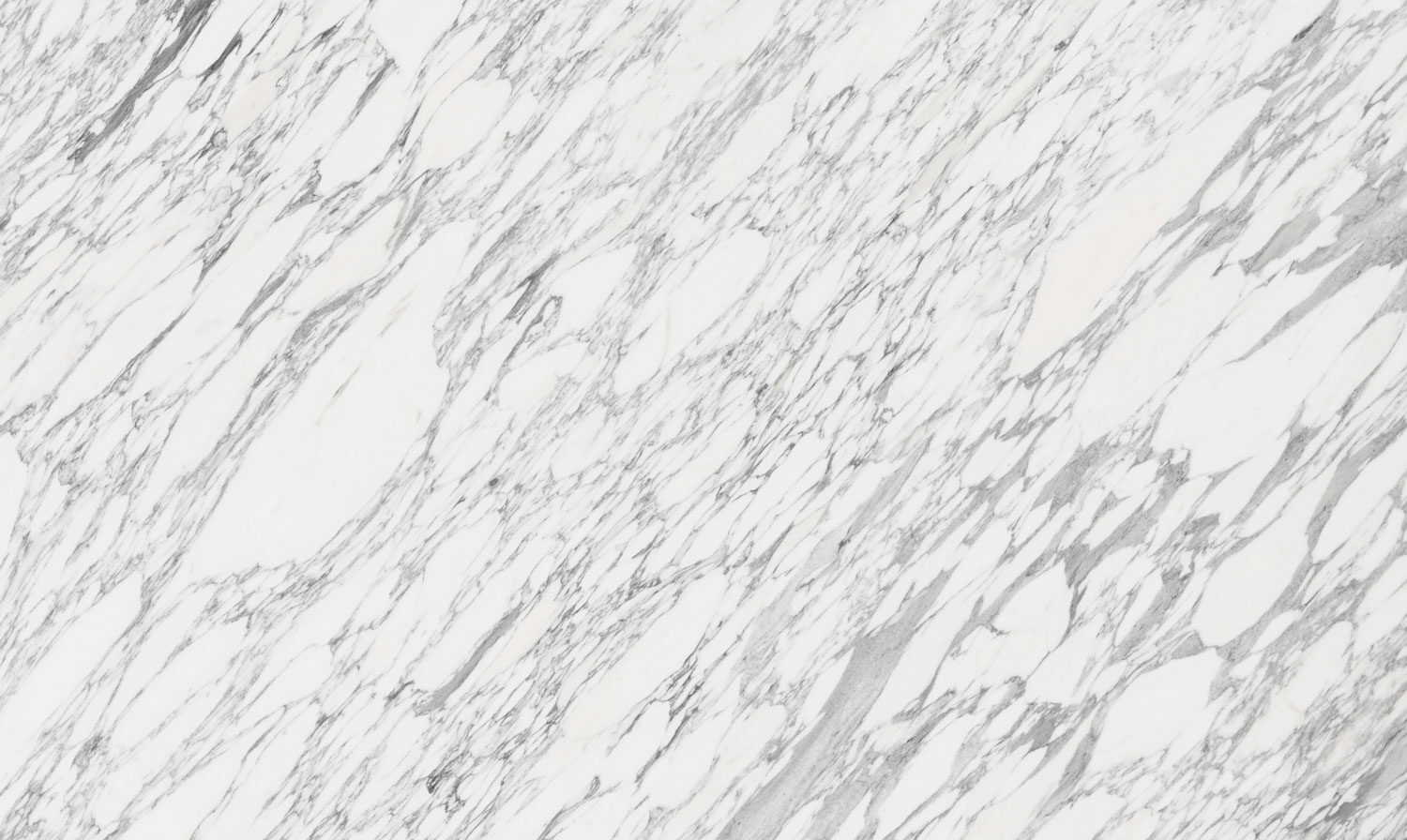

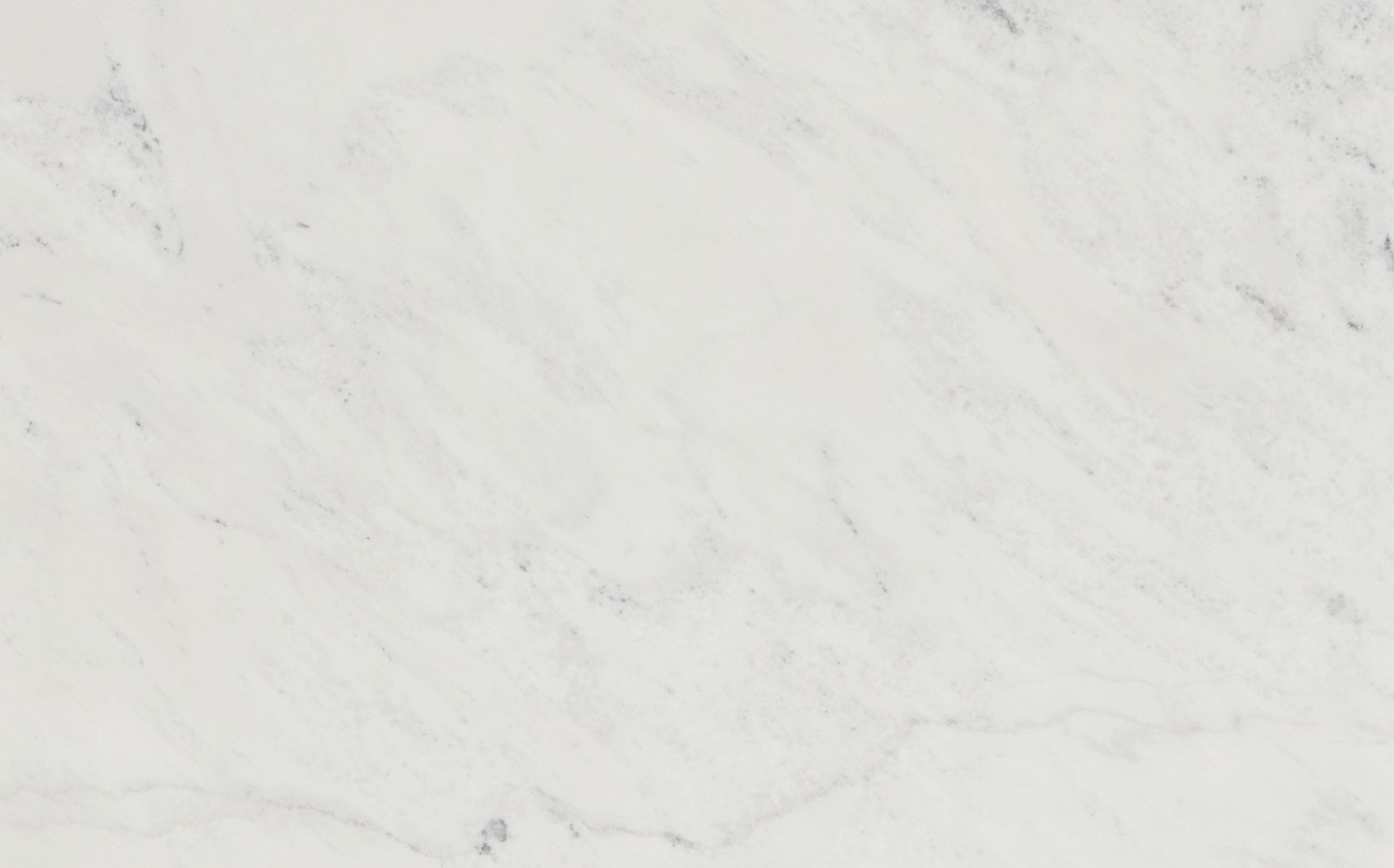
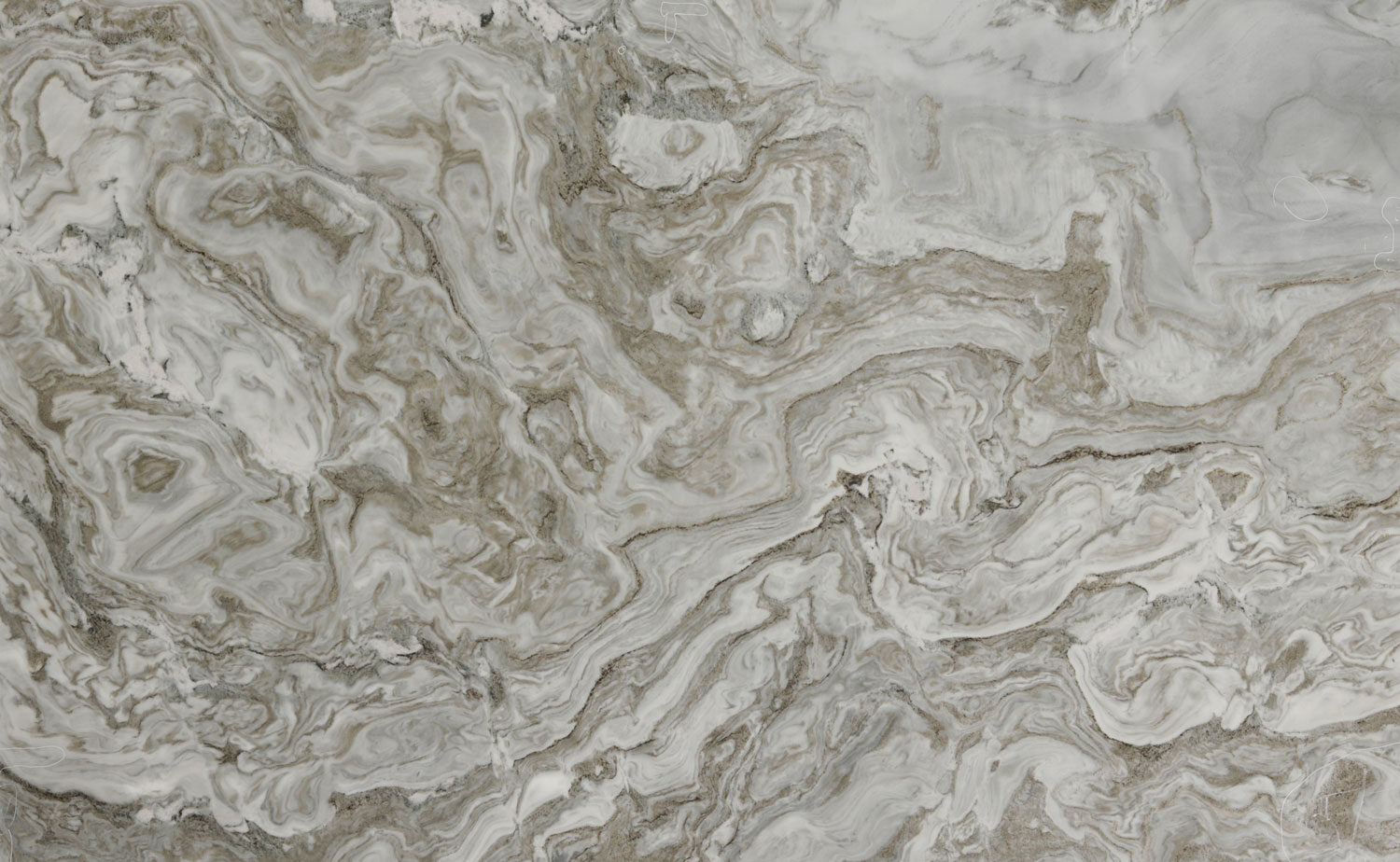
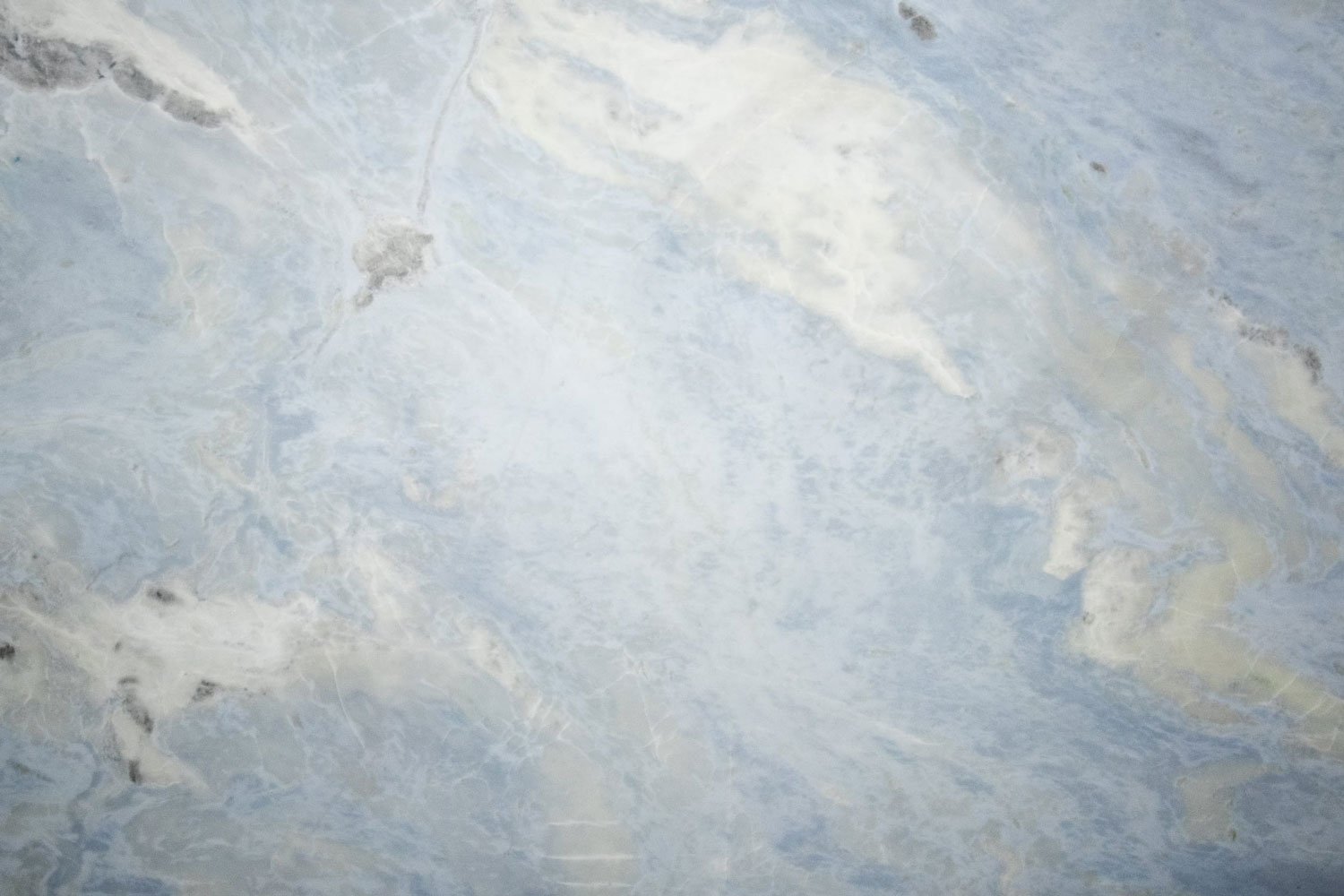
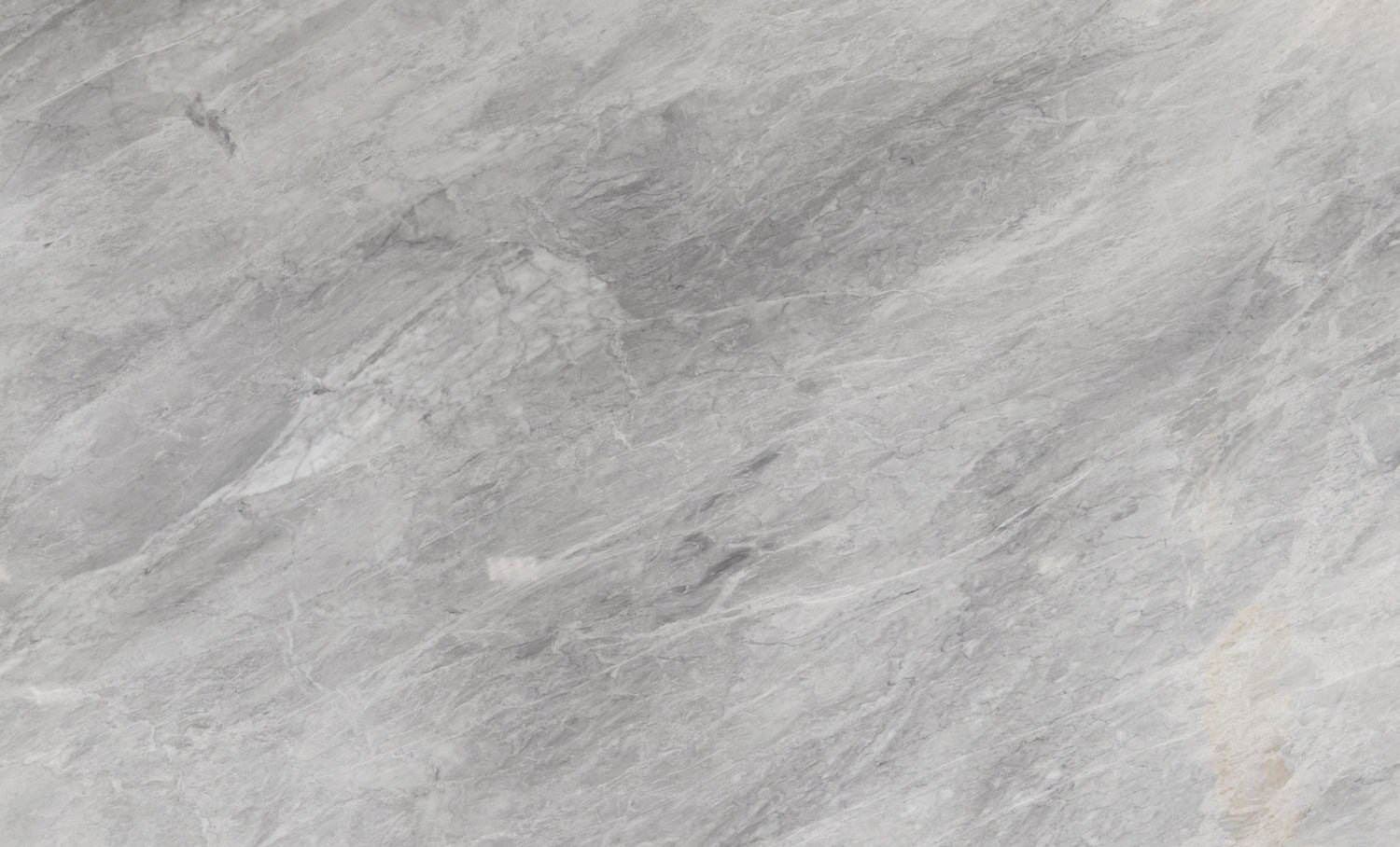
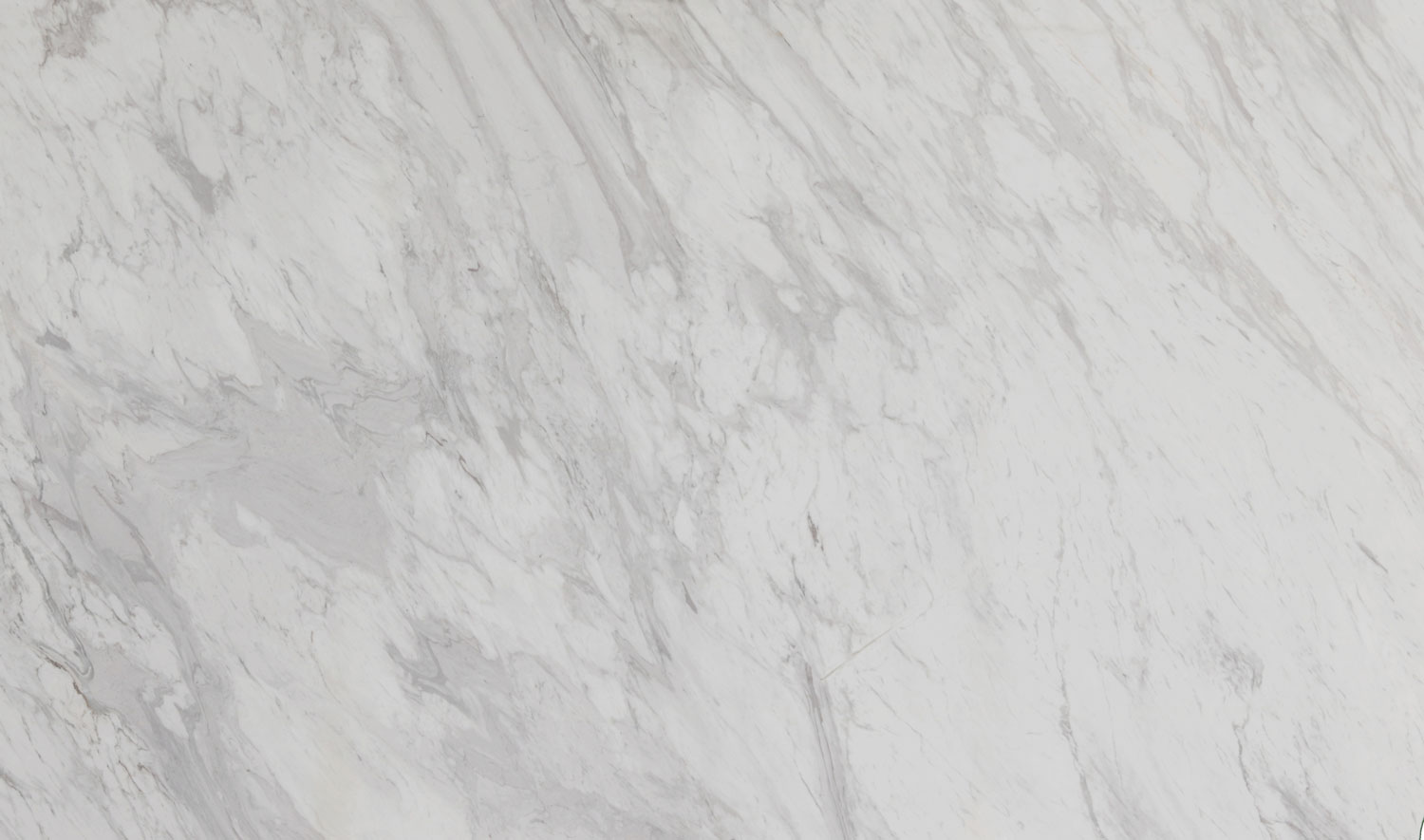


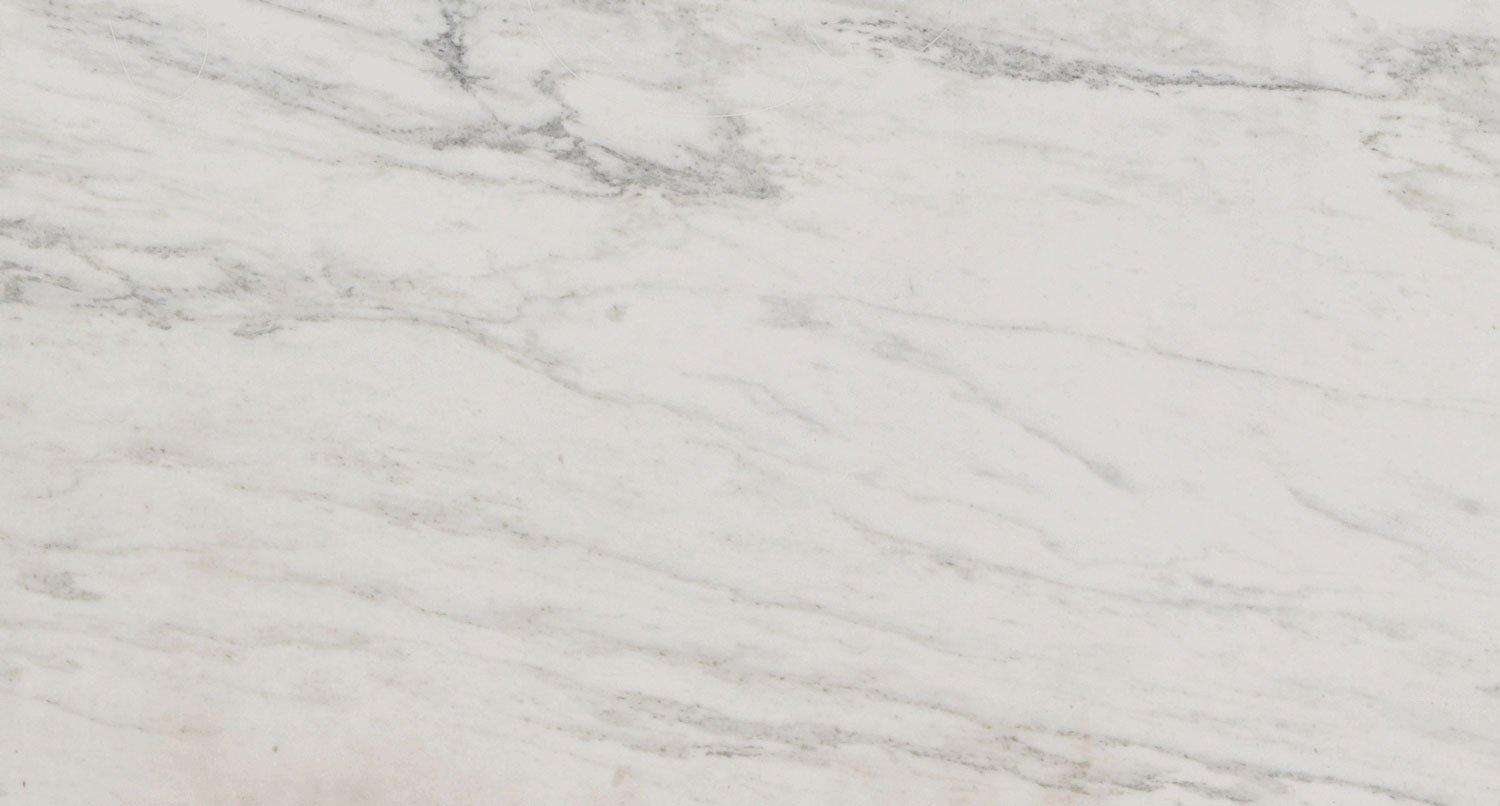

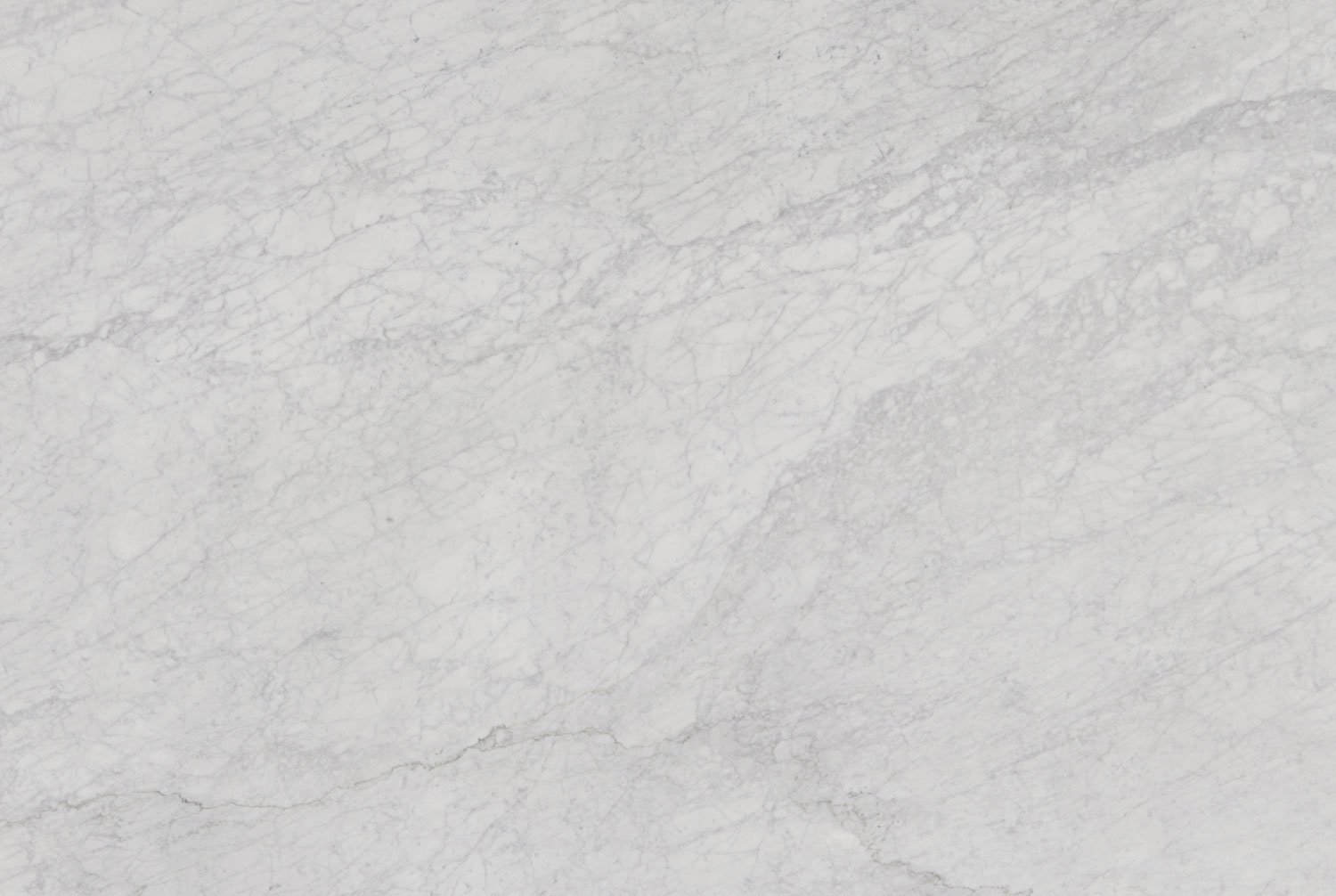






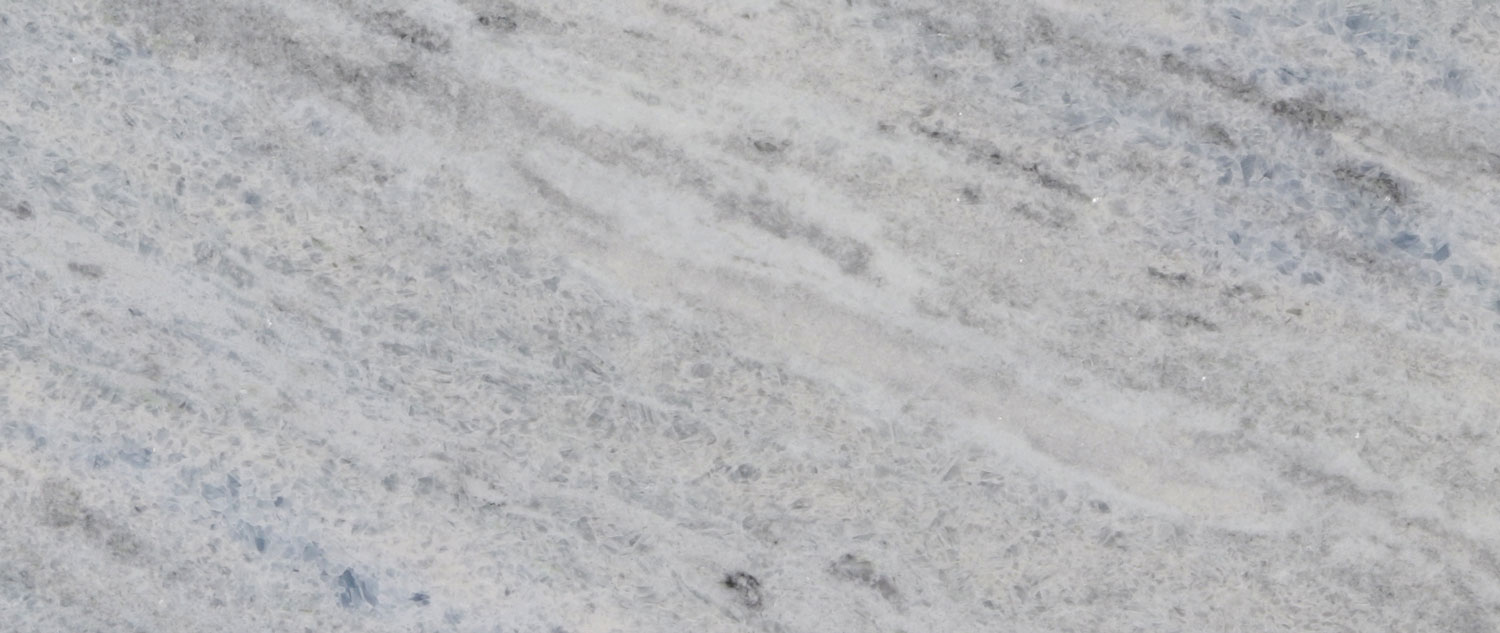
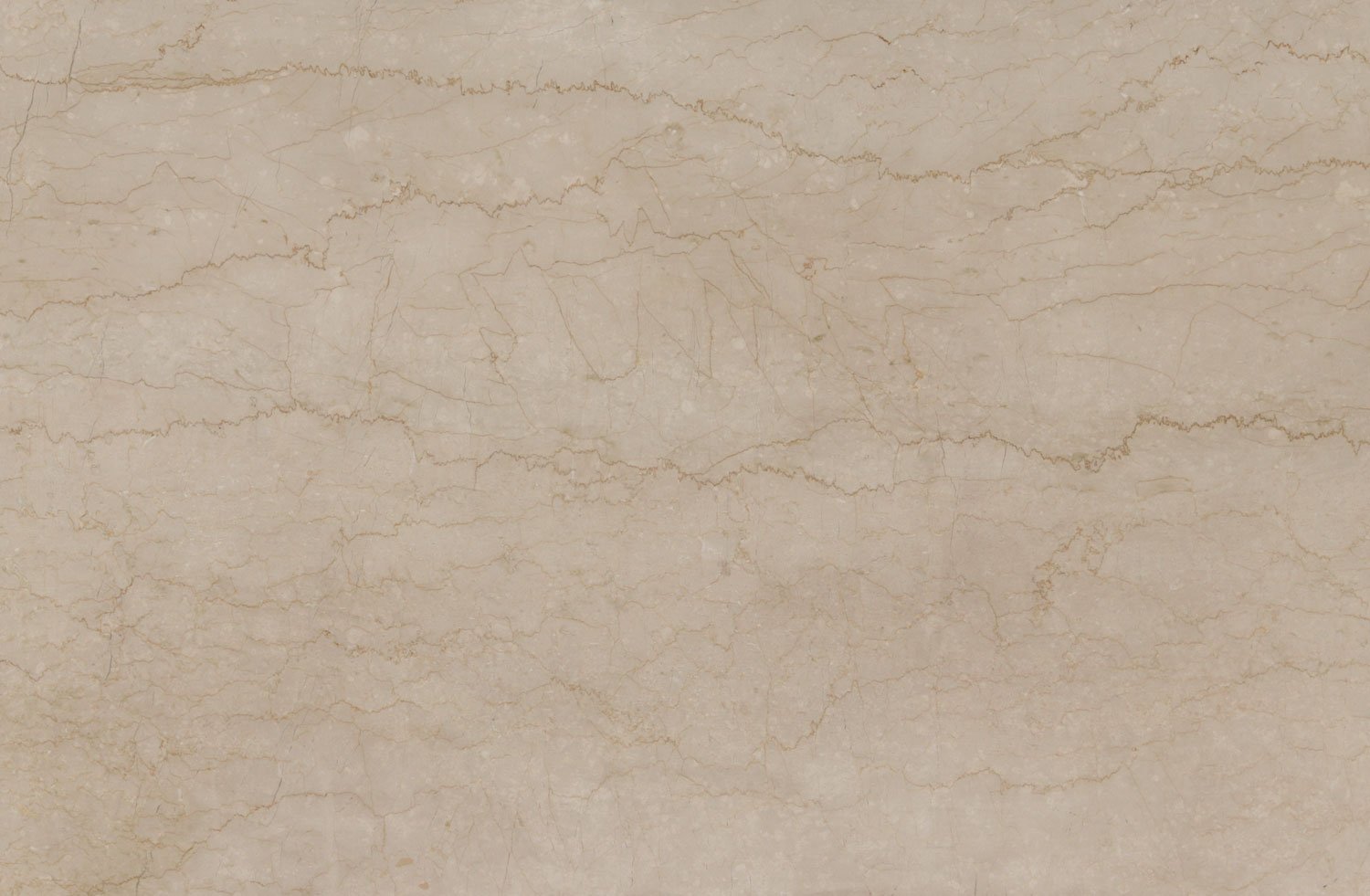

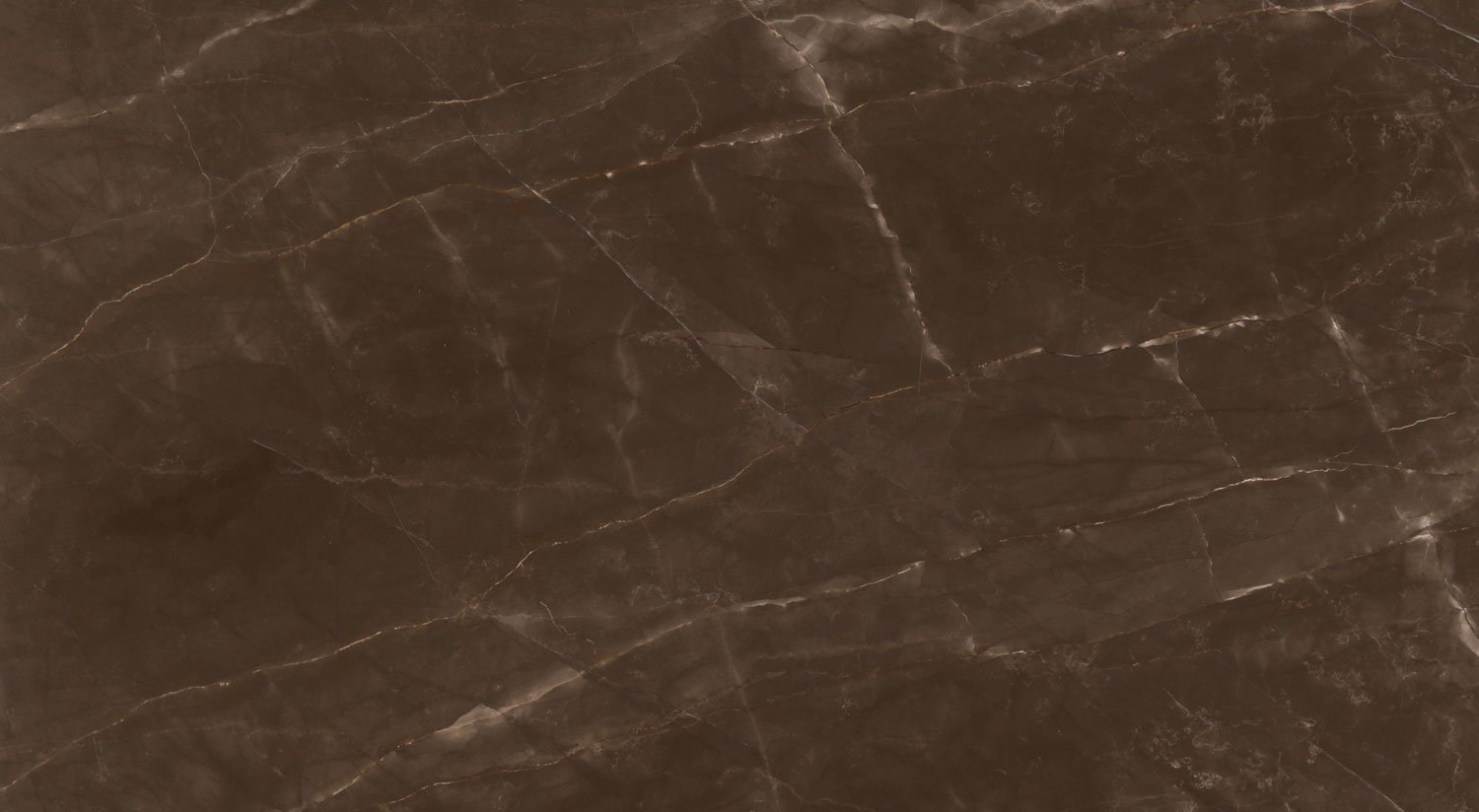



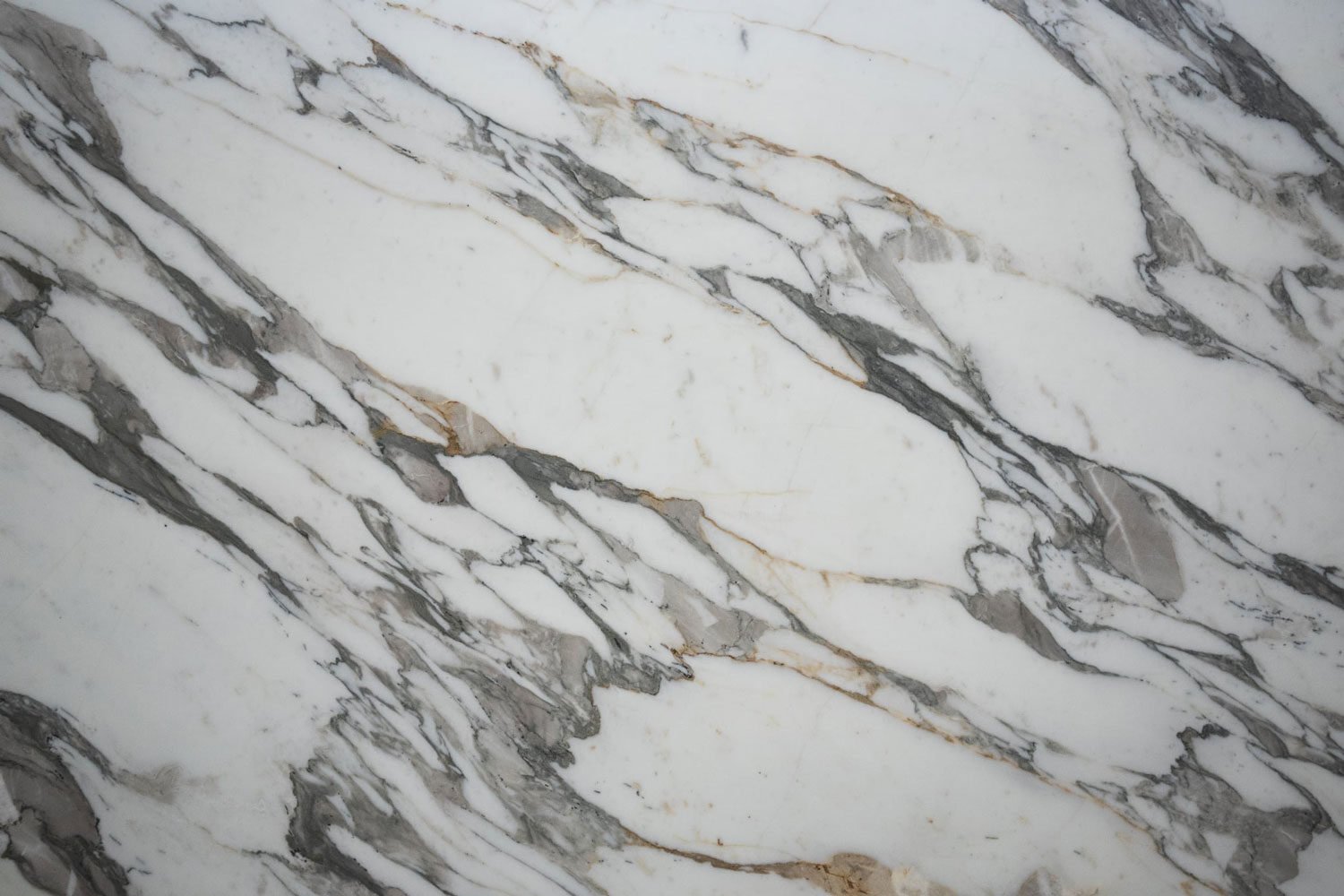
.jpg)


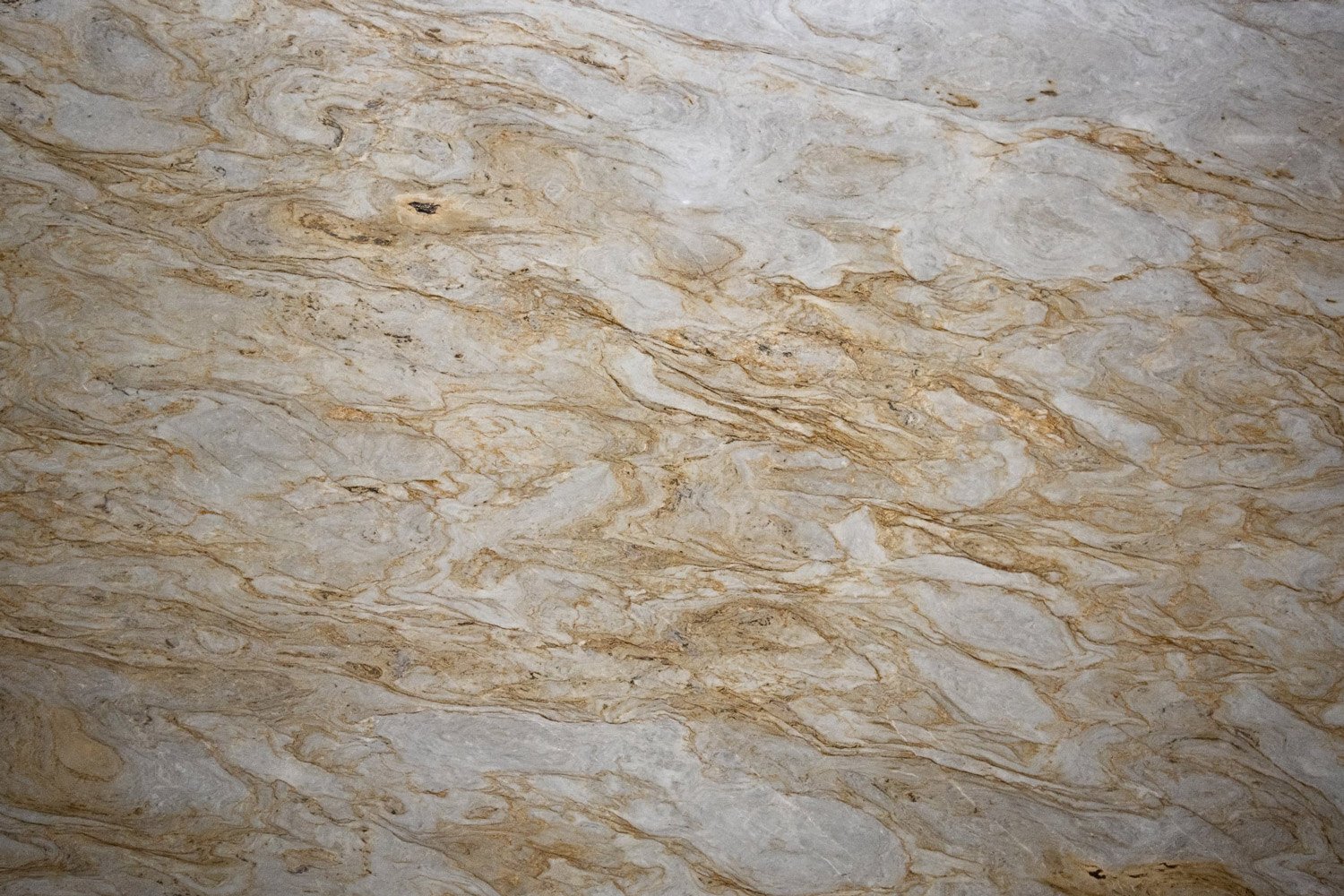
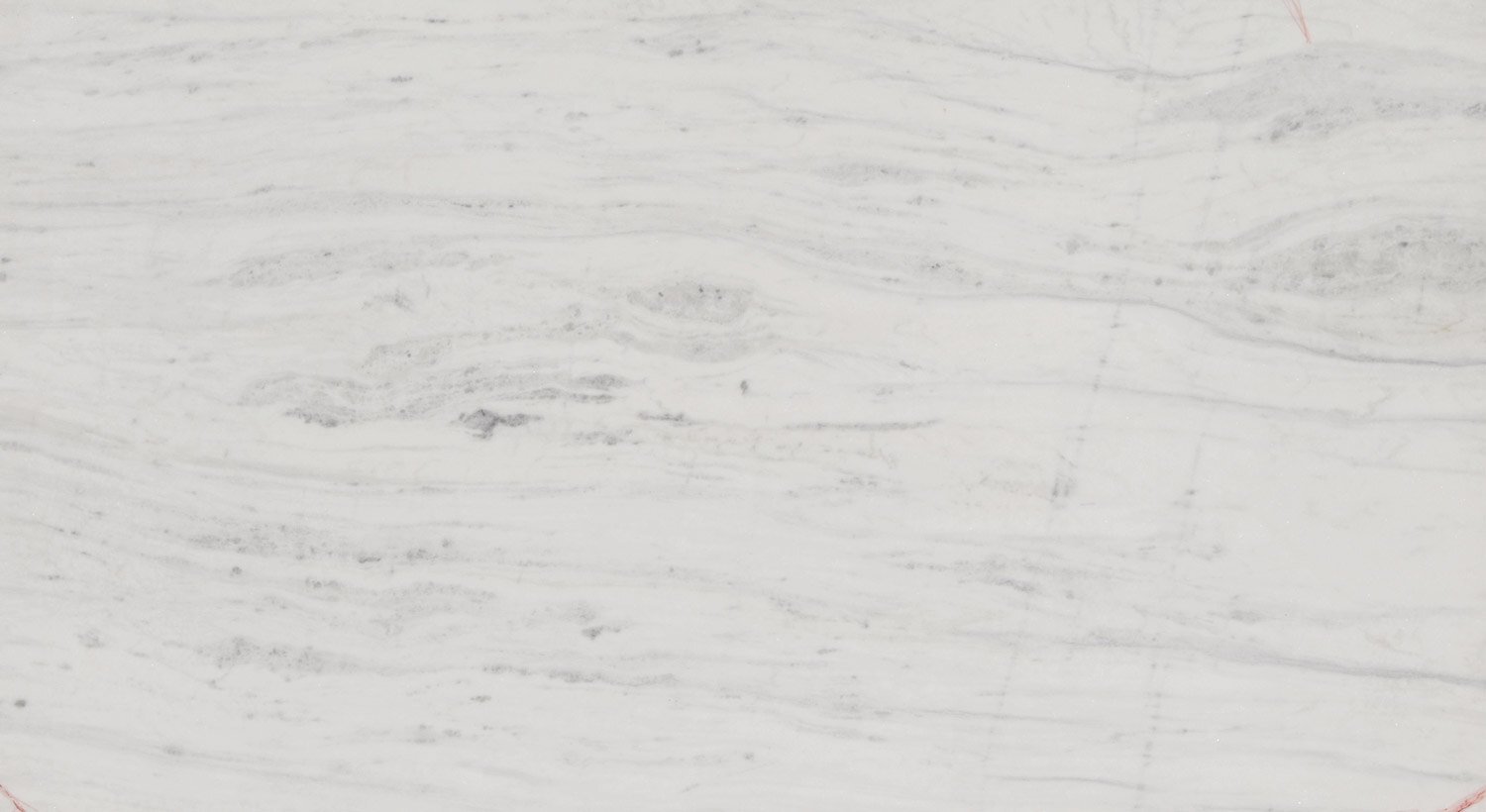

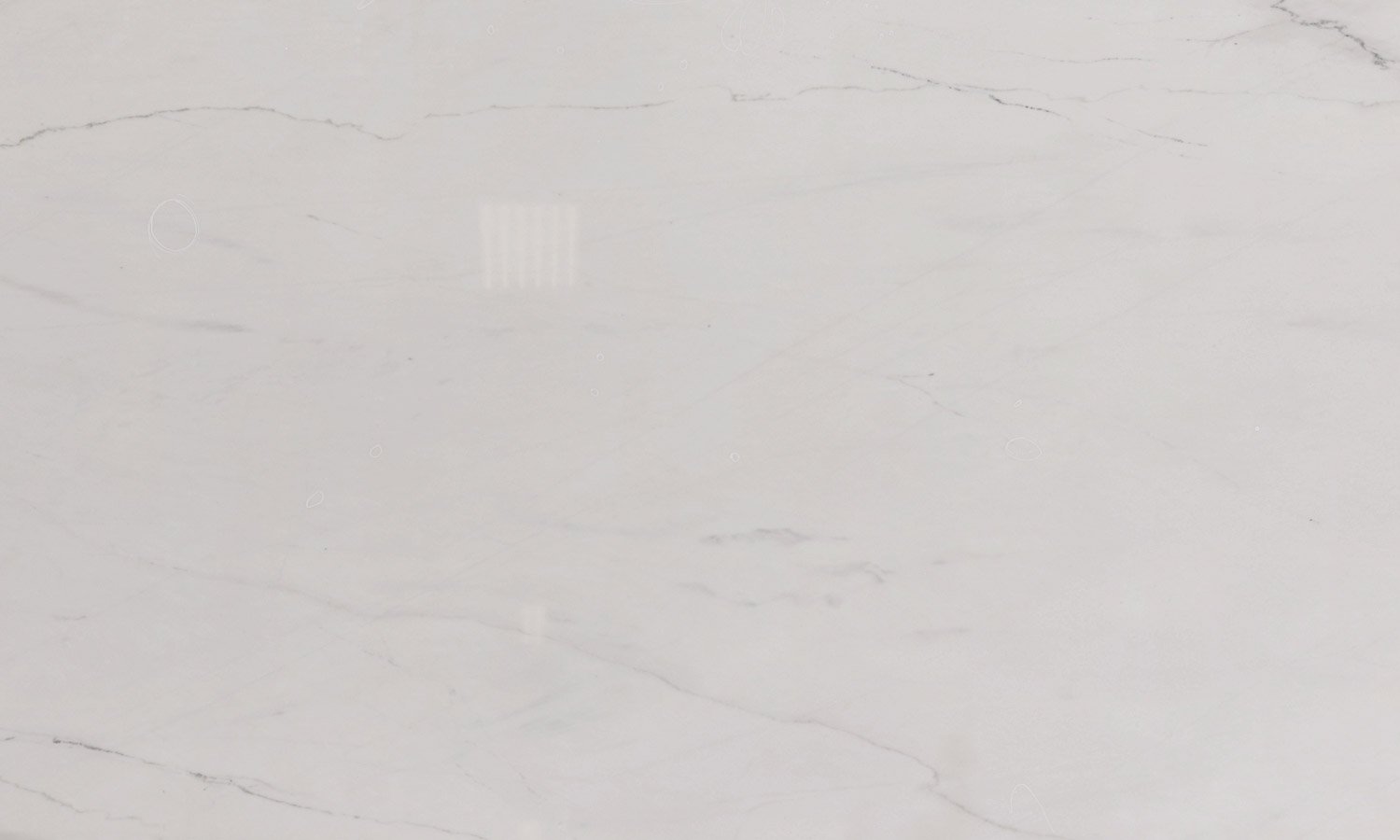

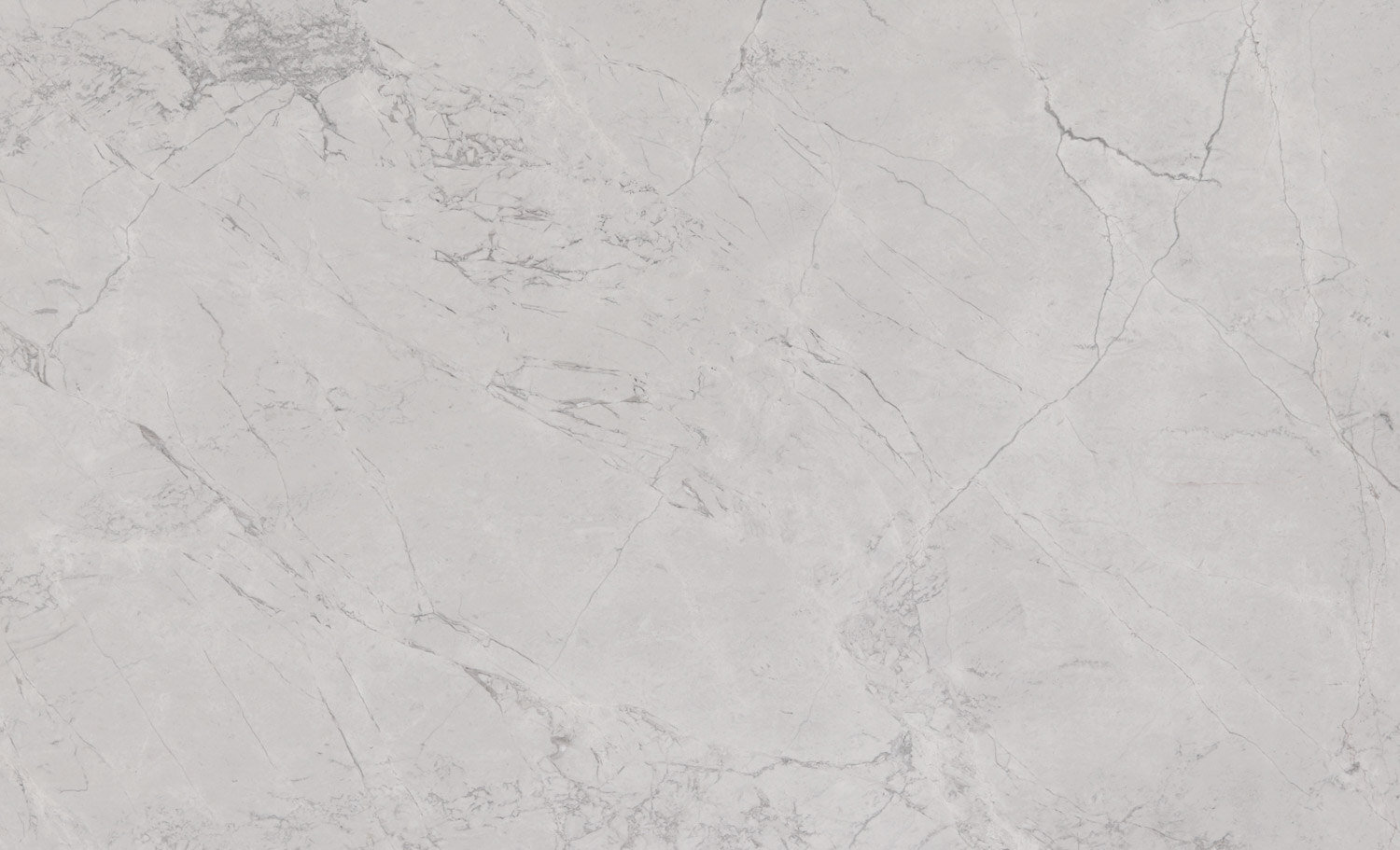


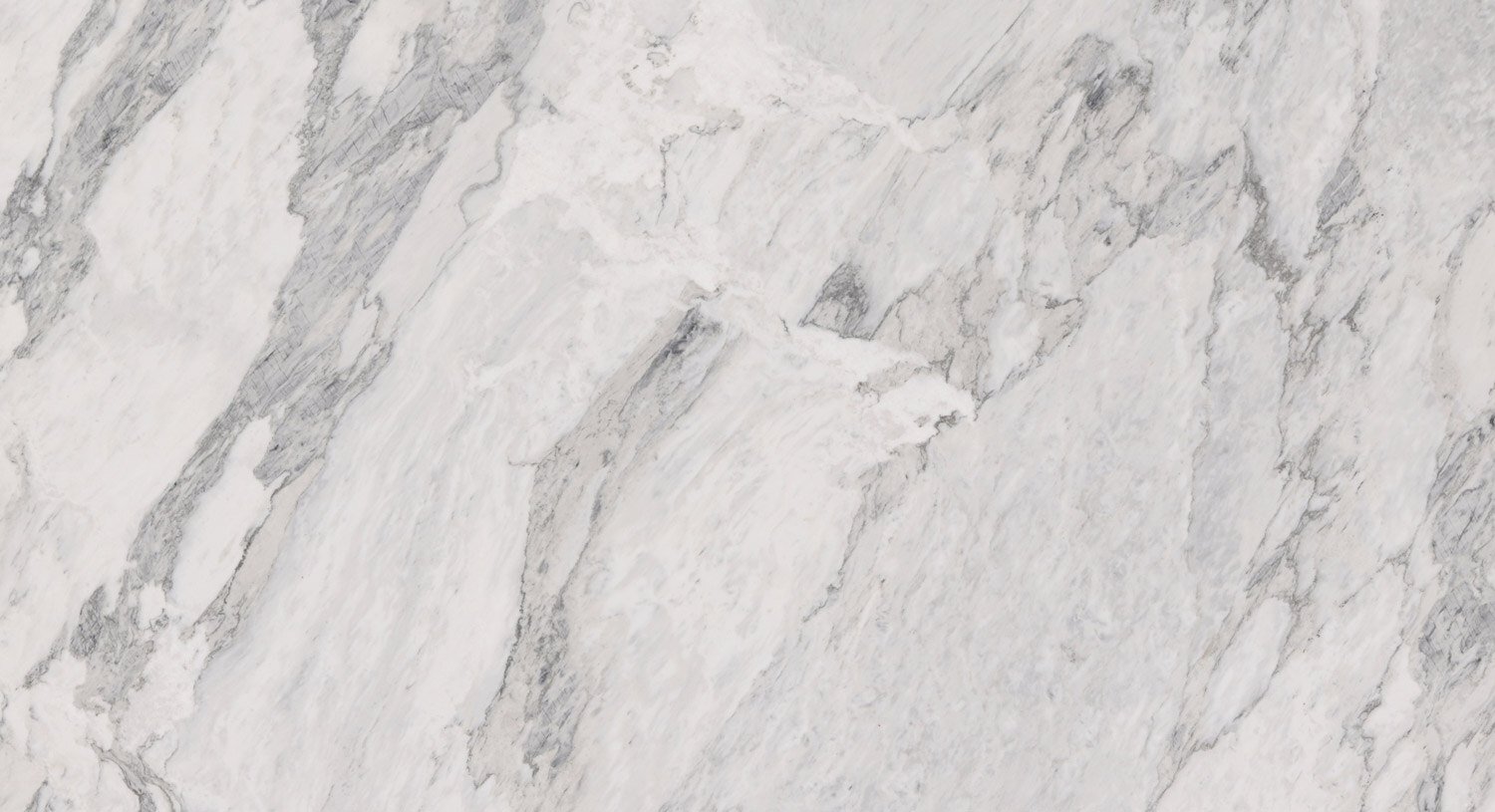
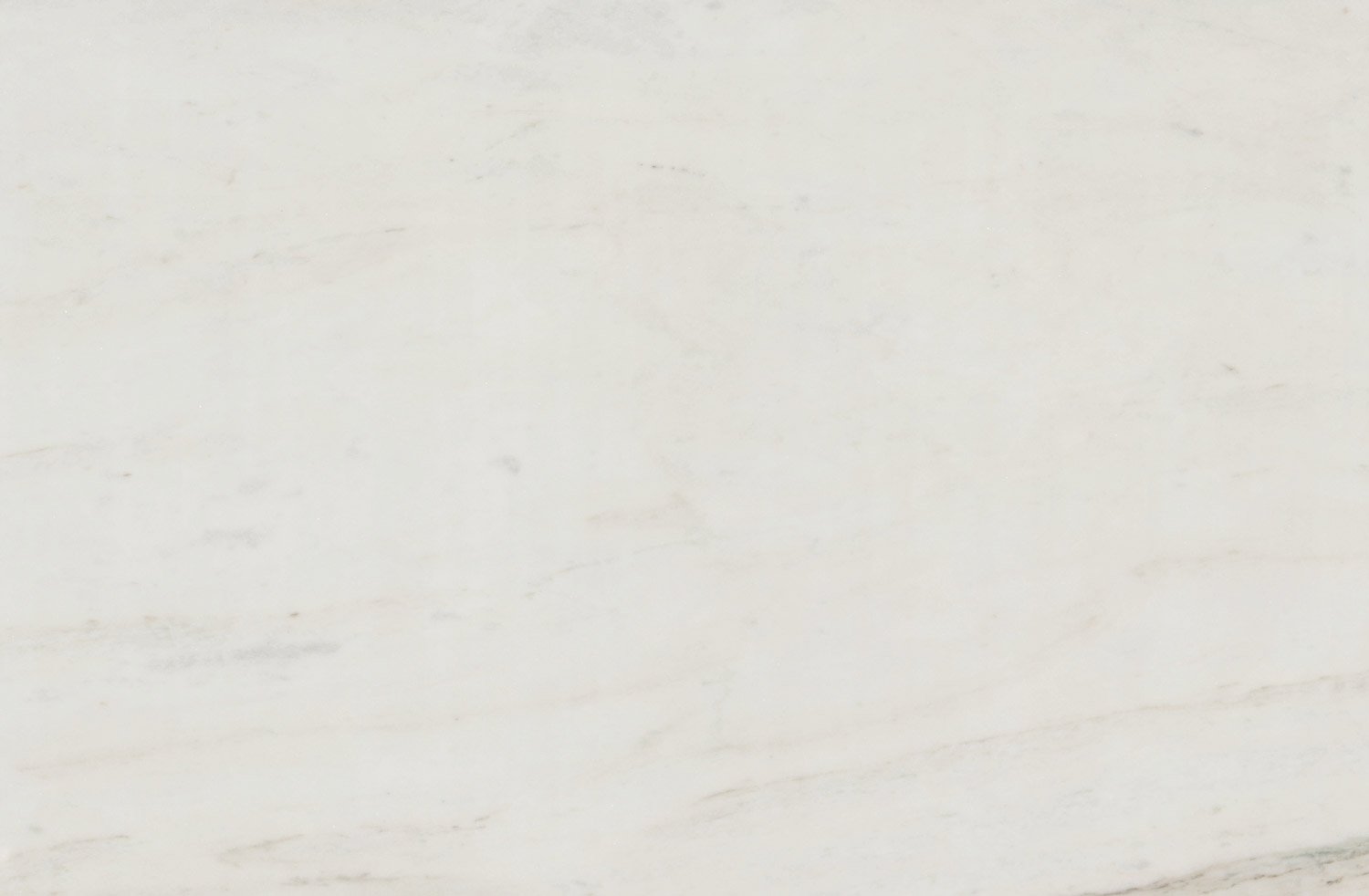


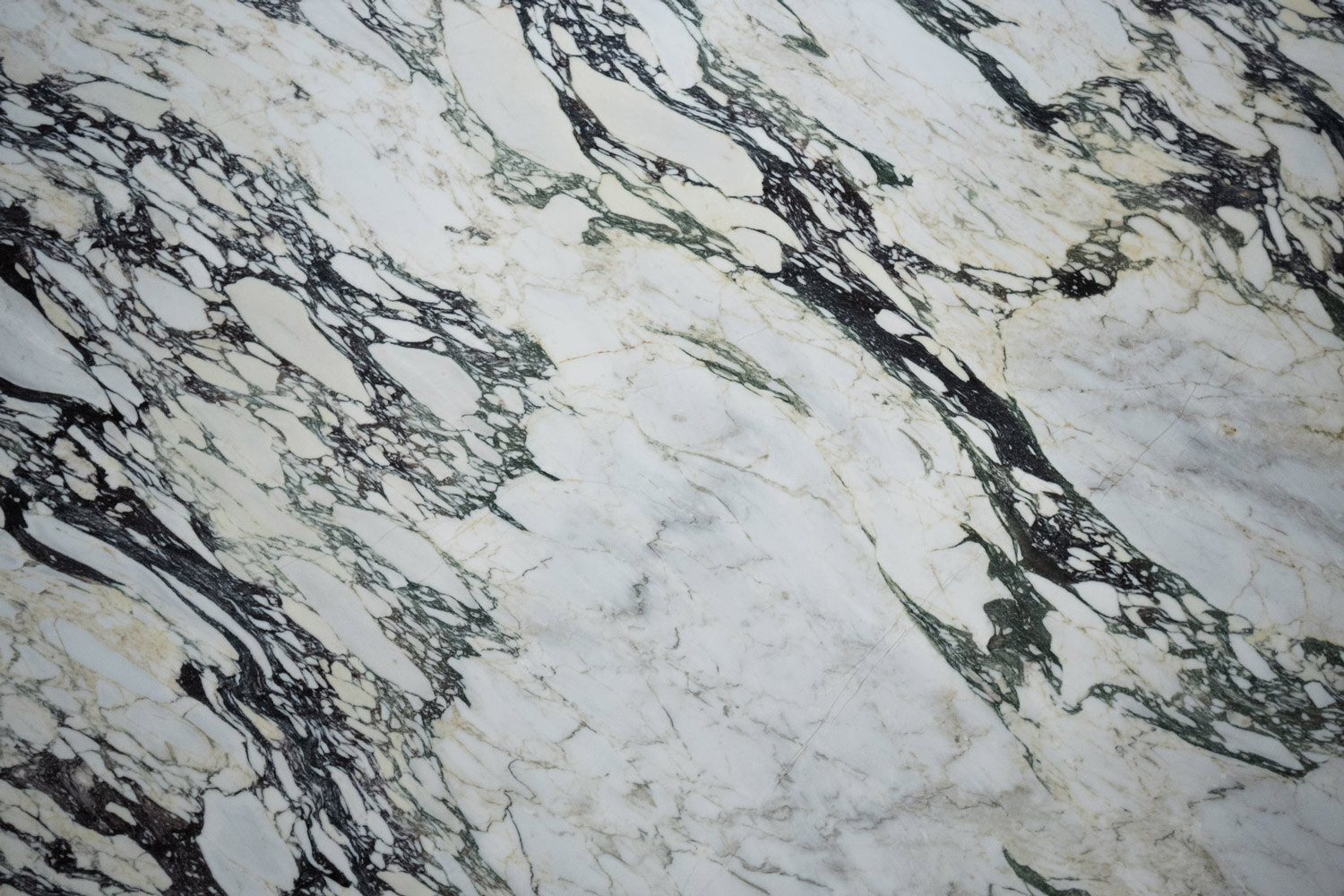
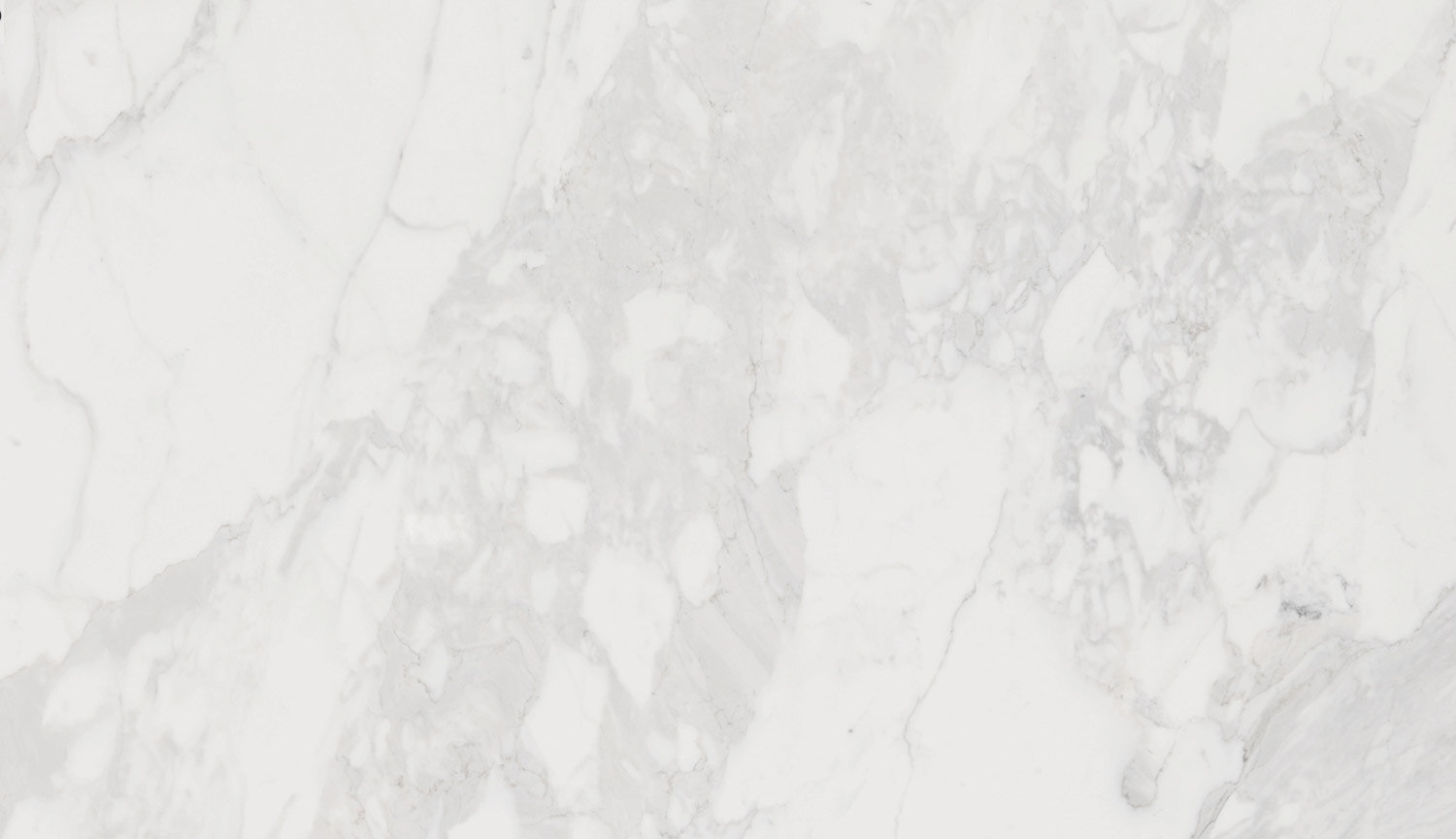
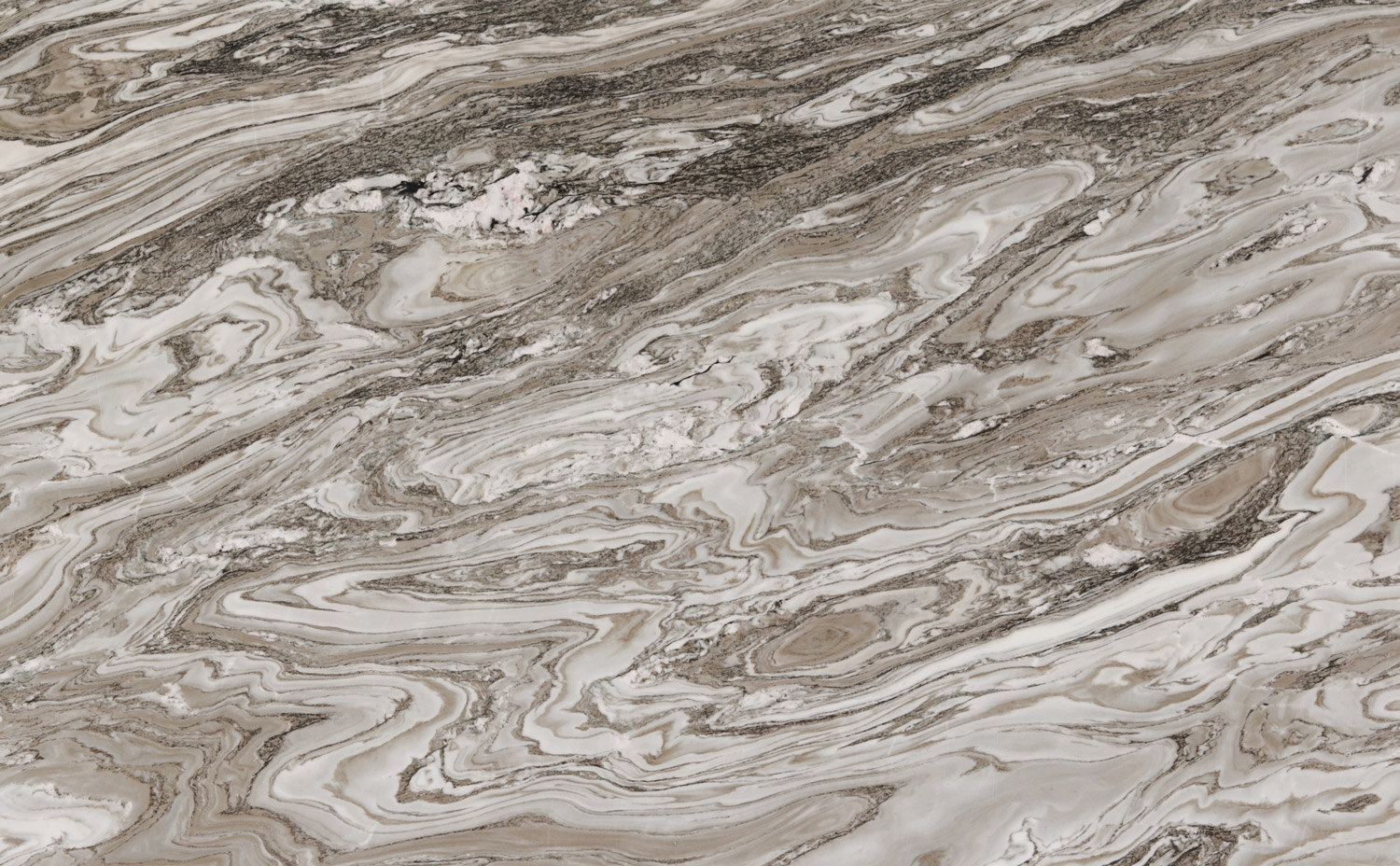
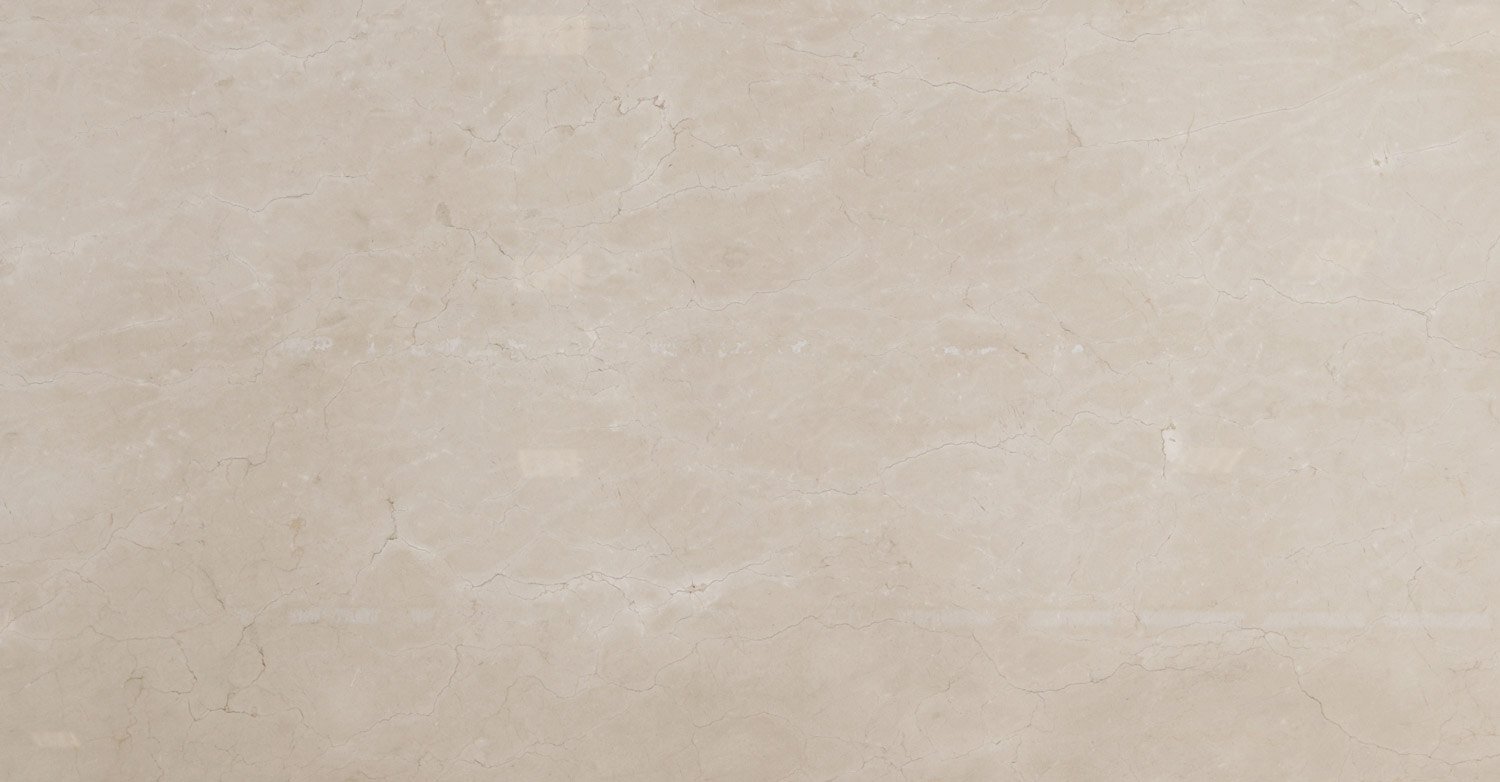
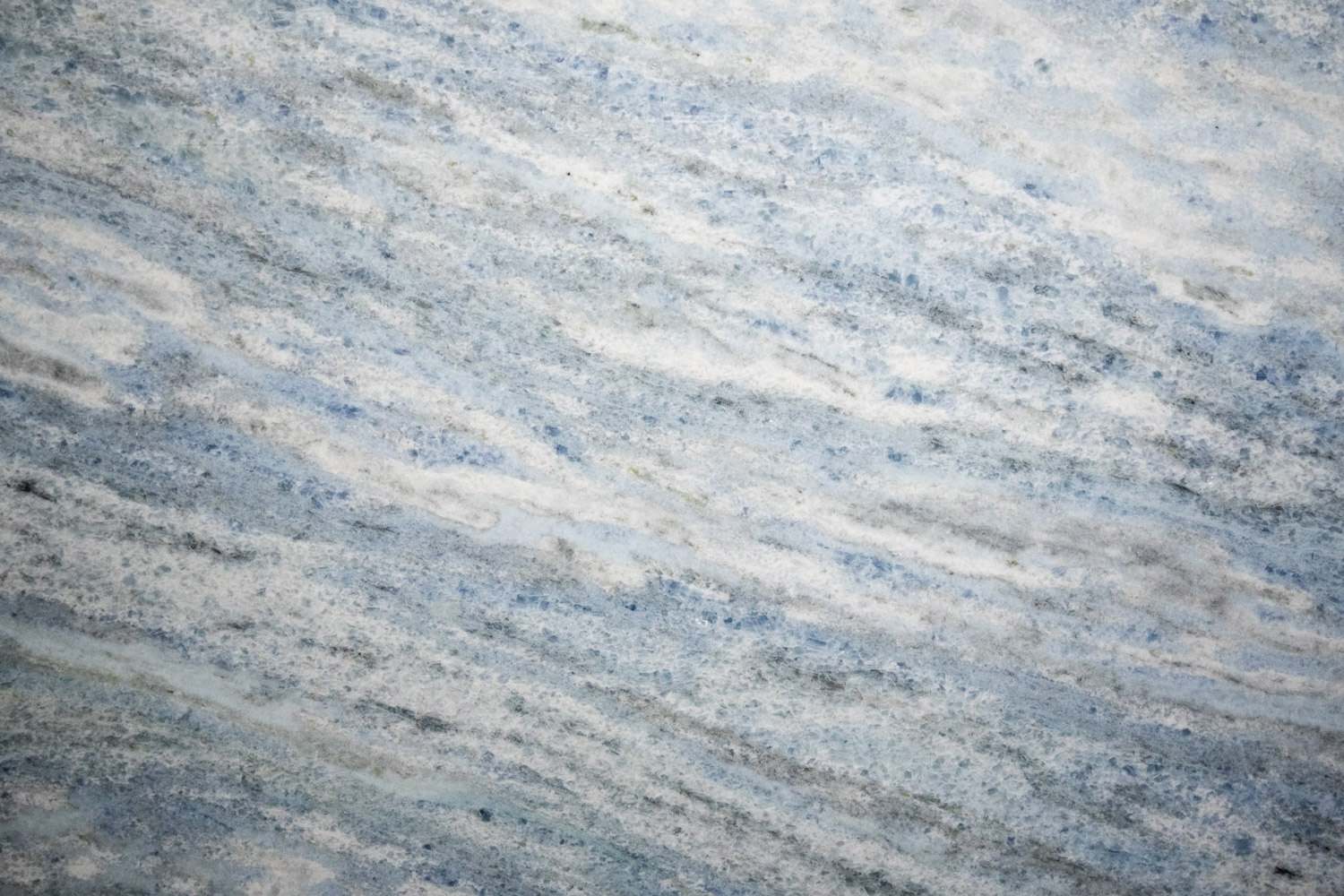
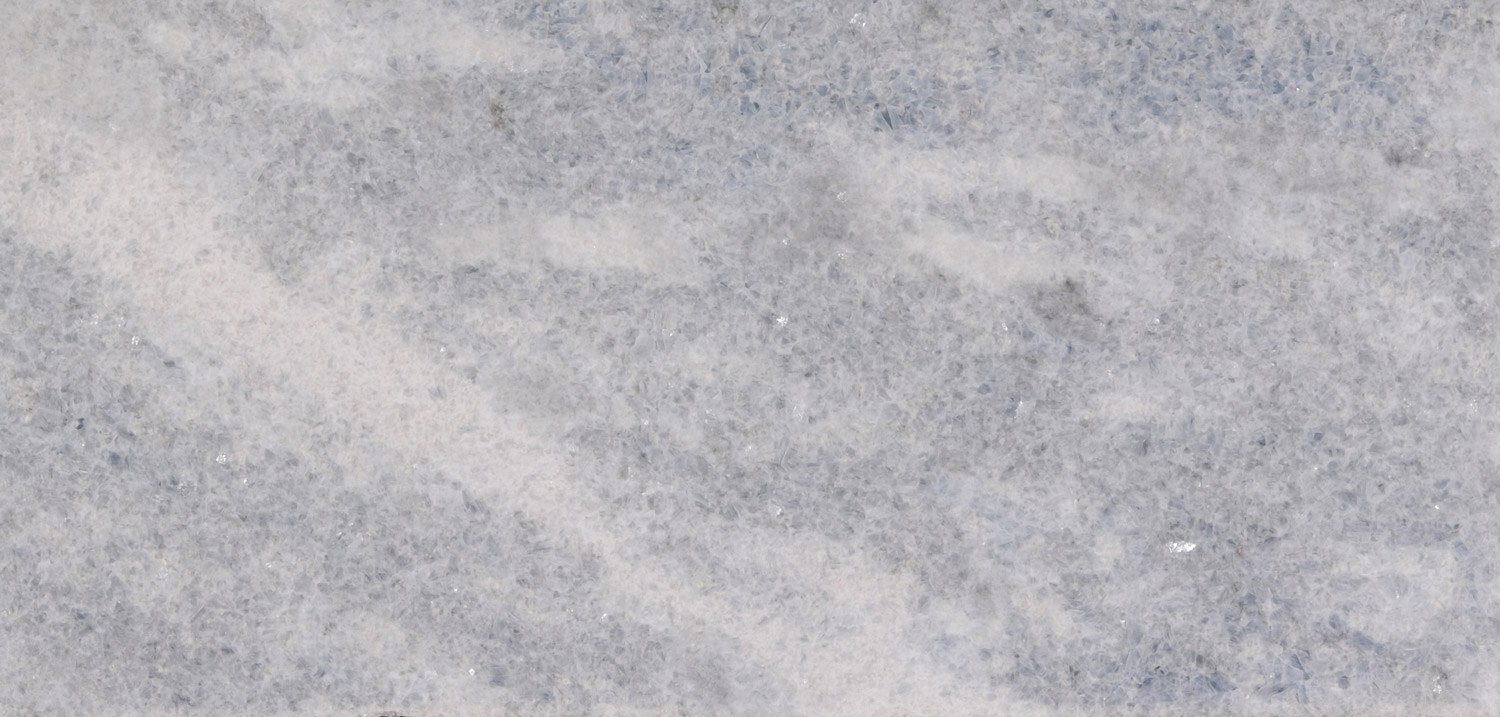
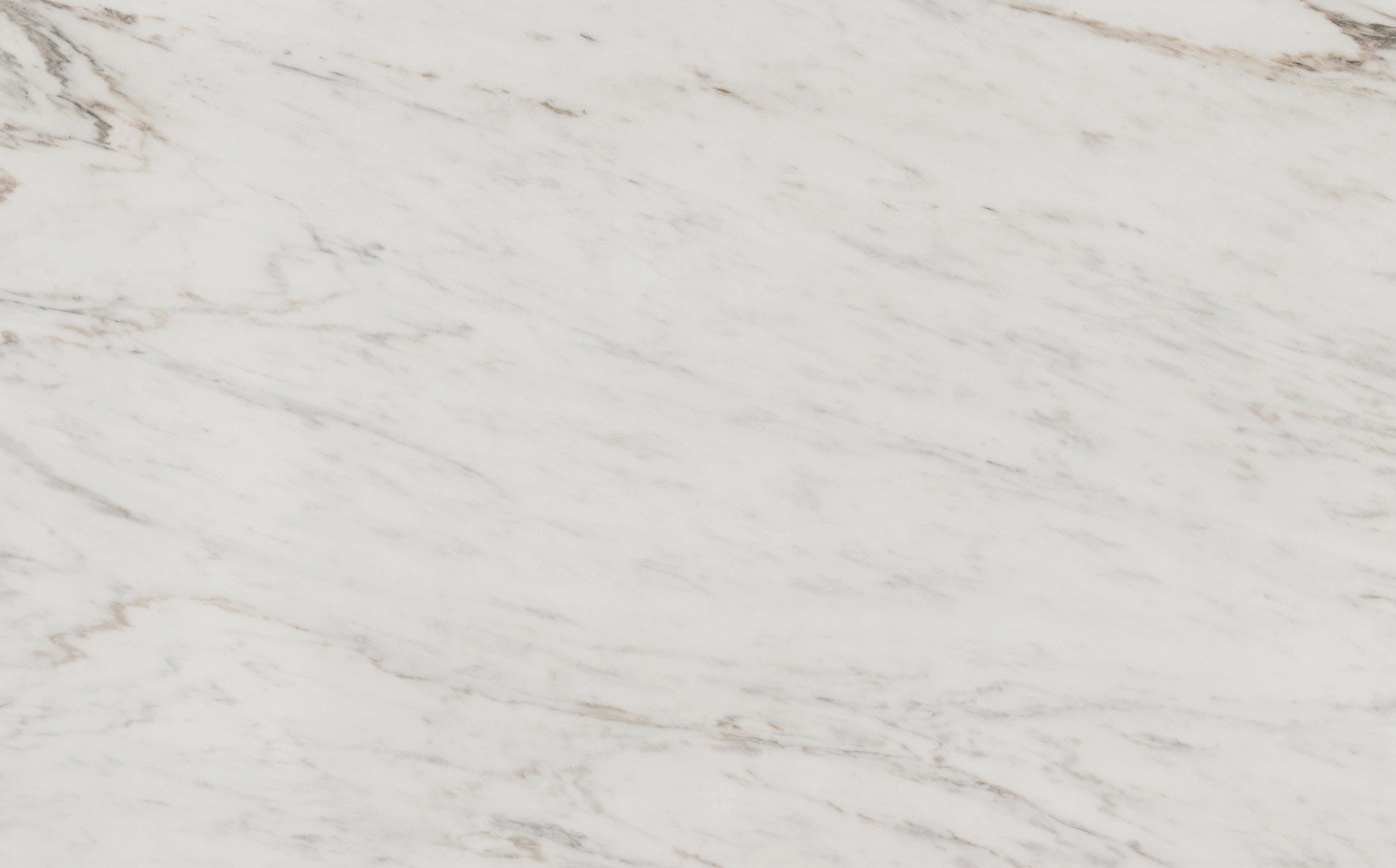


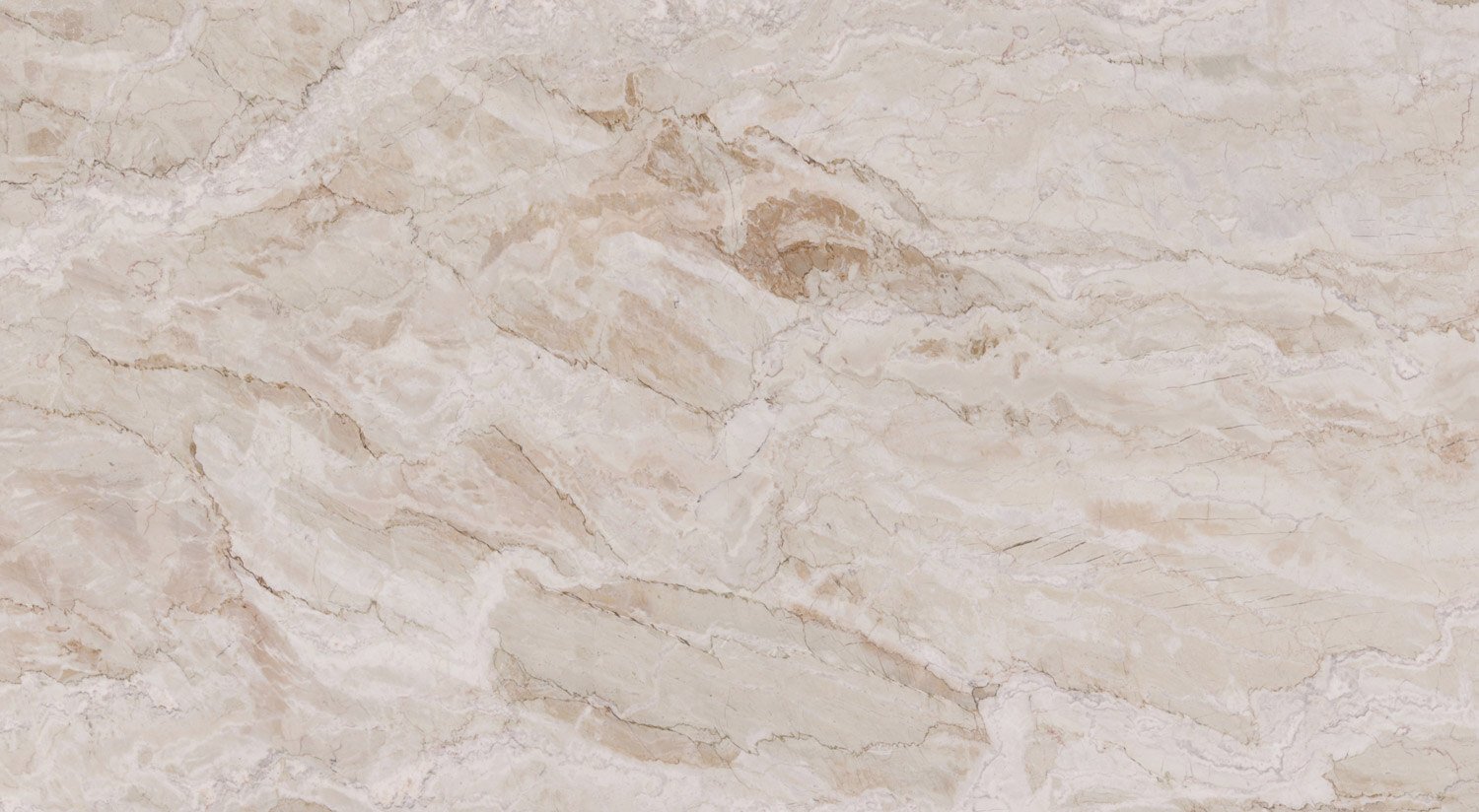
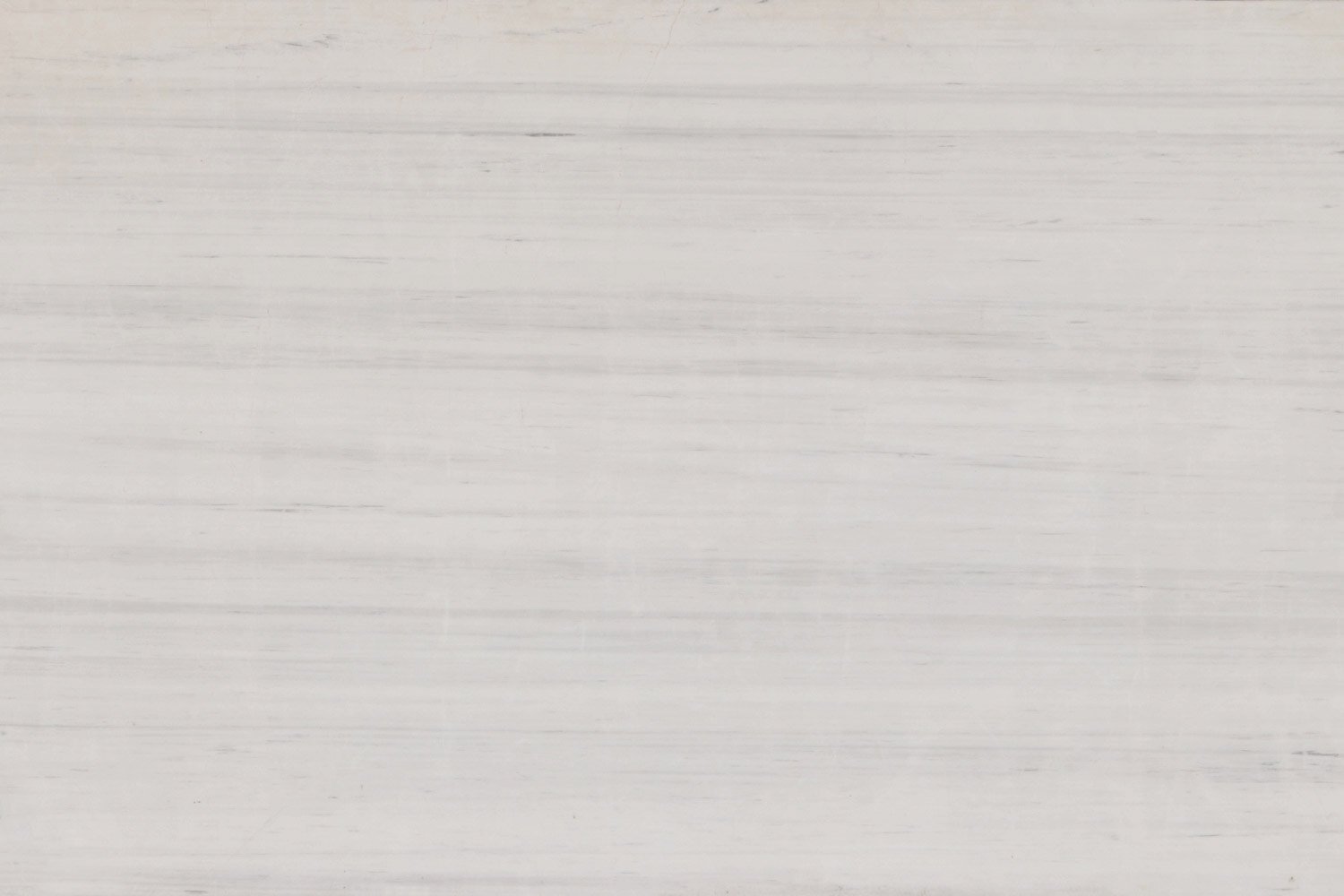
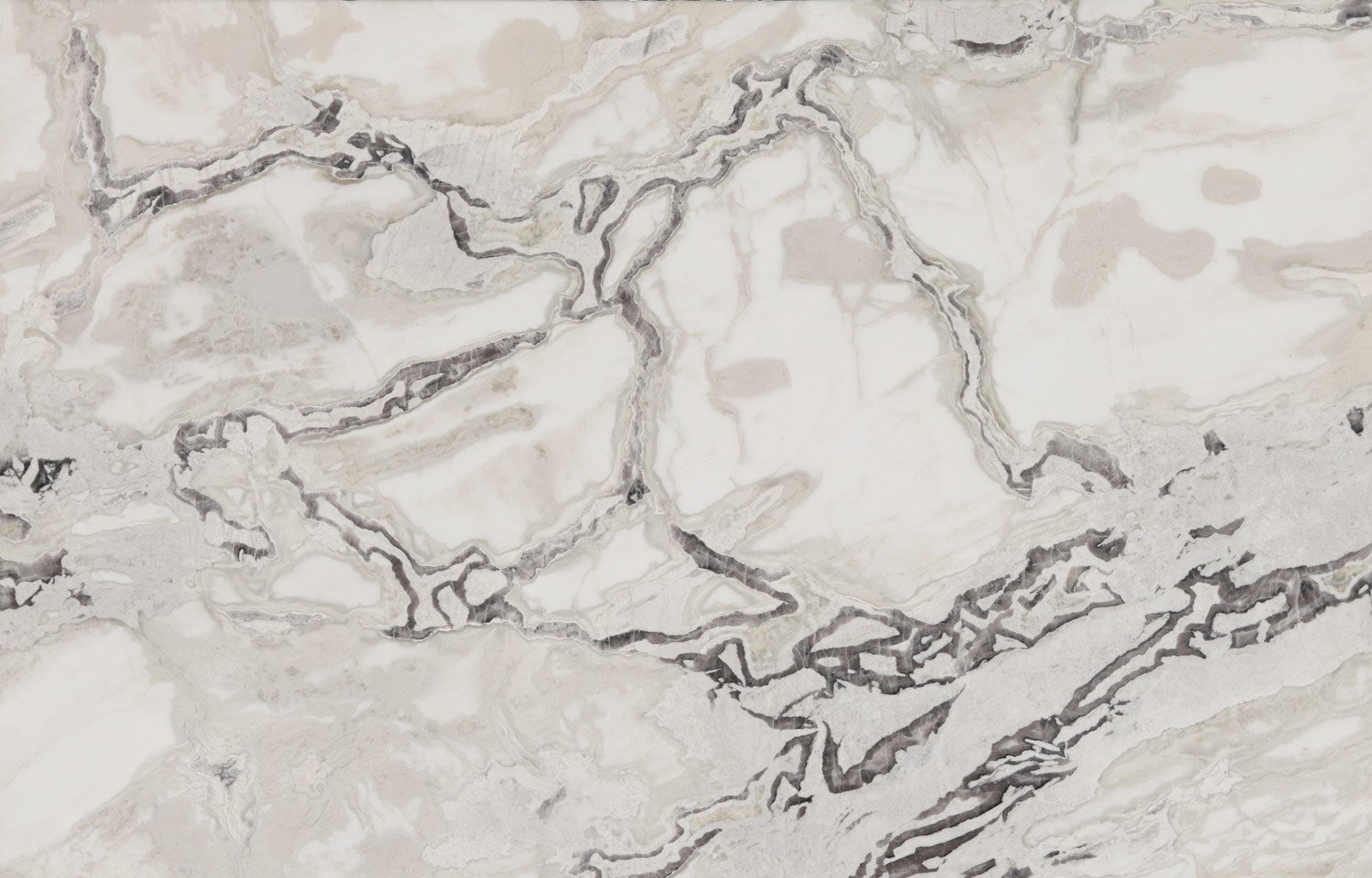
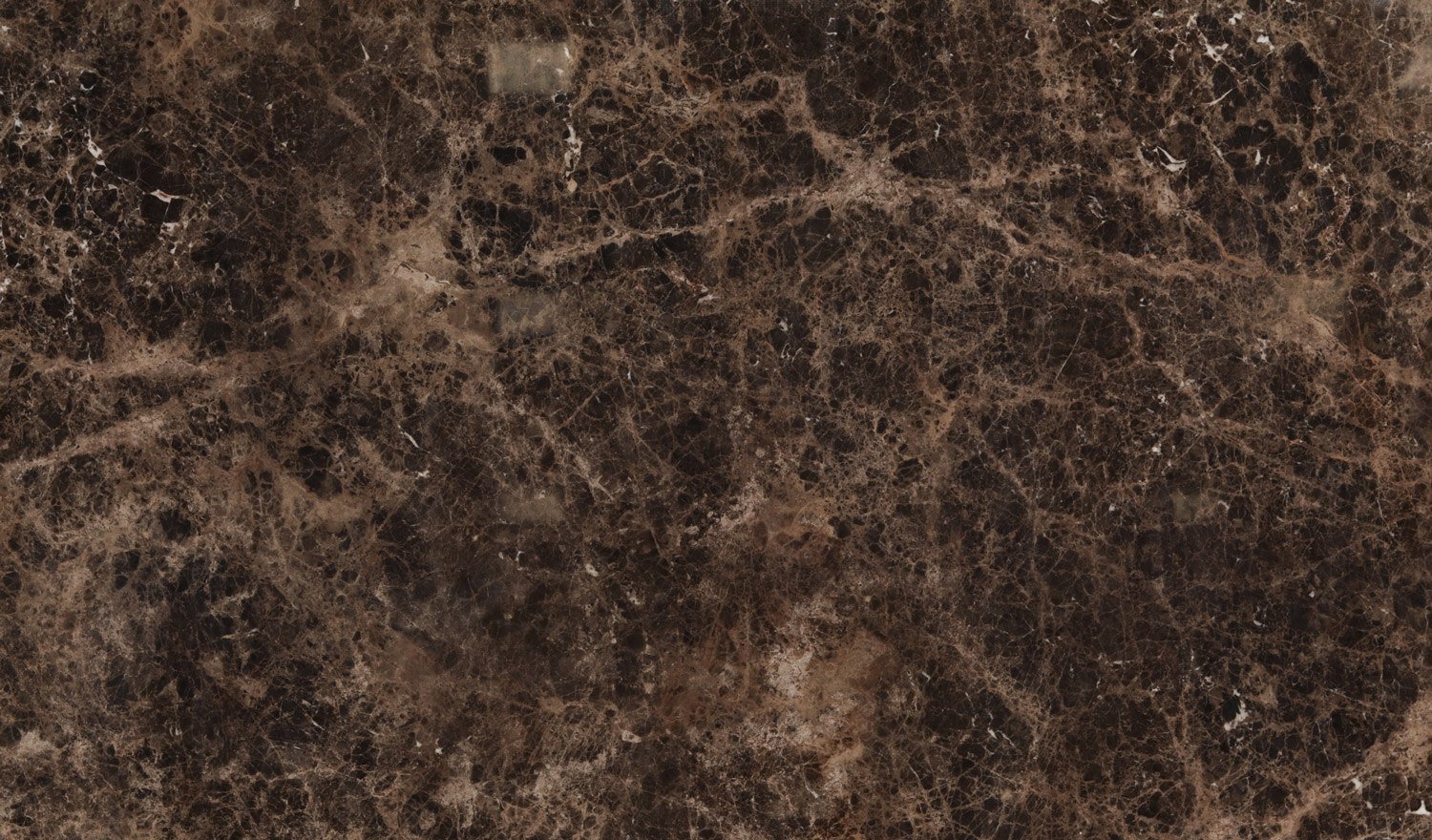
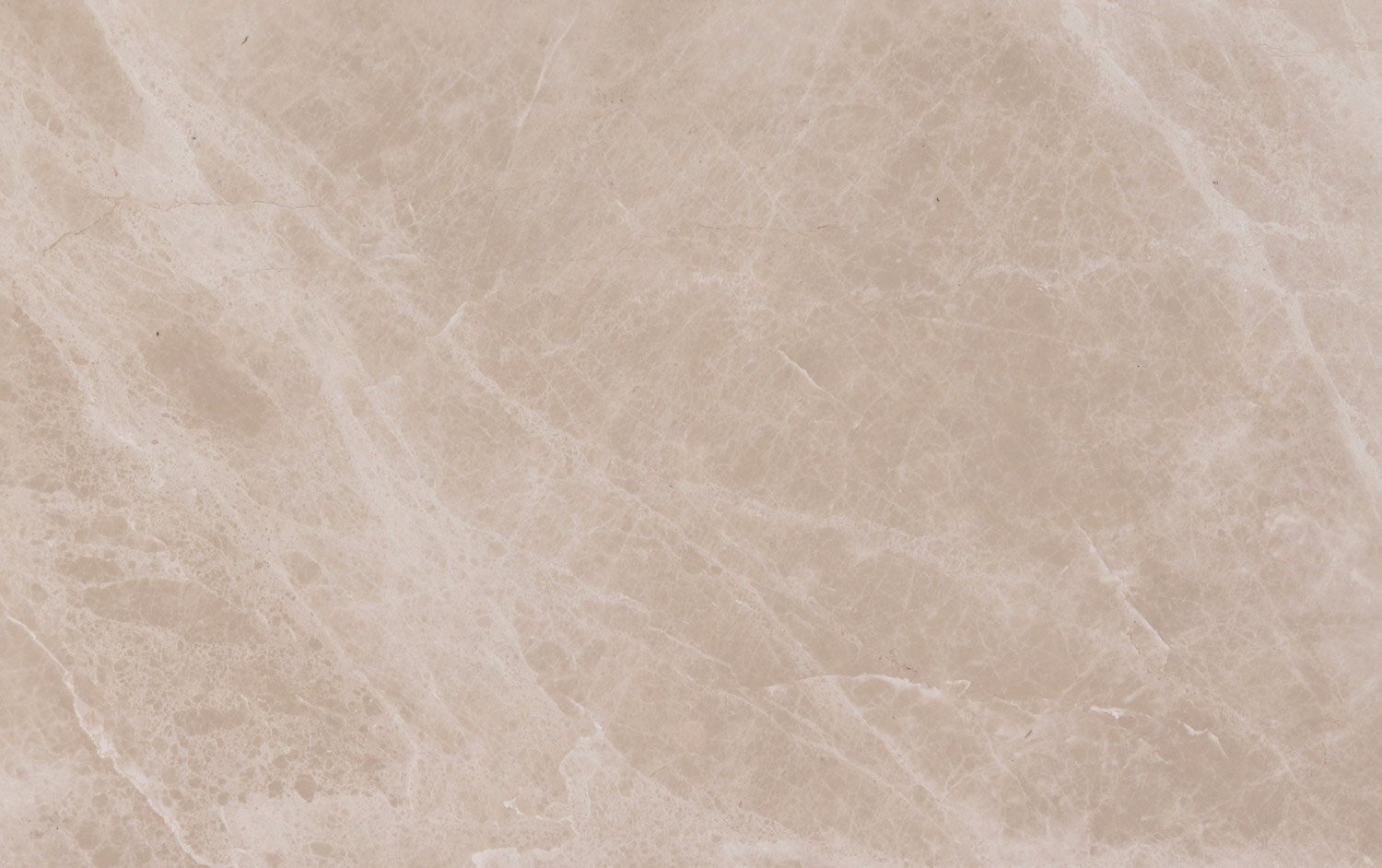

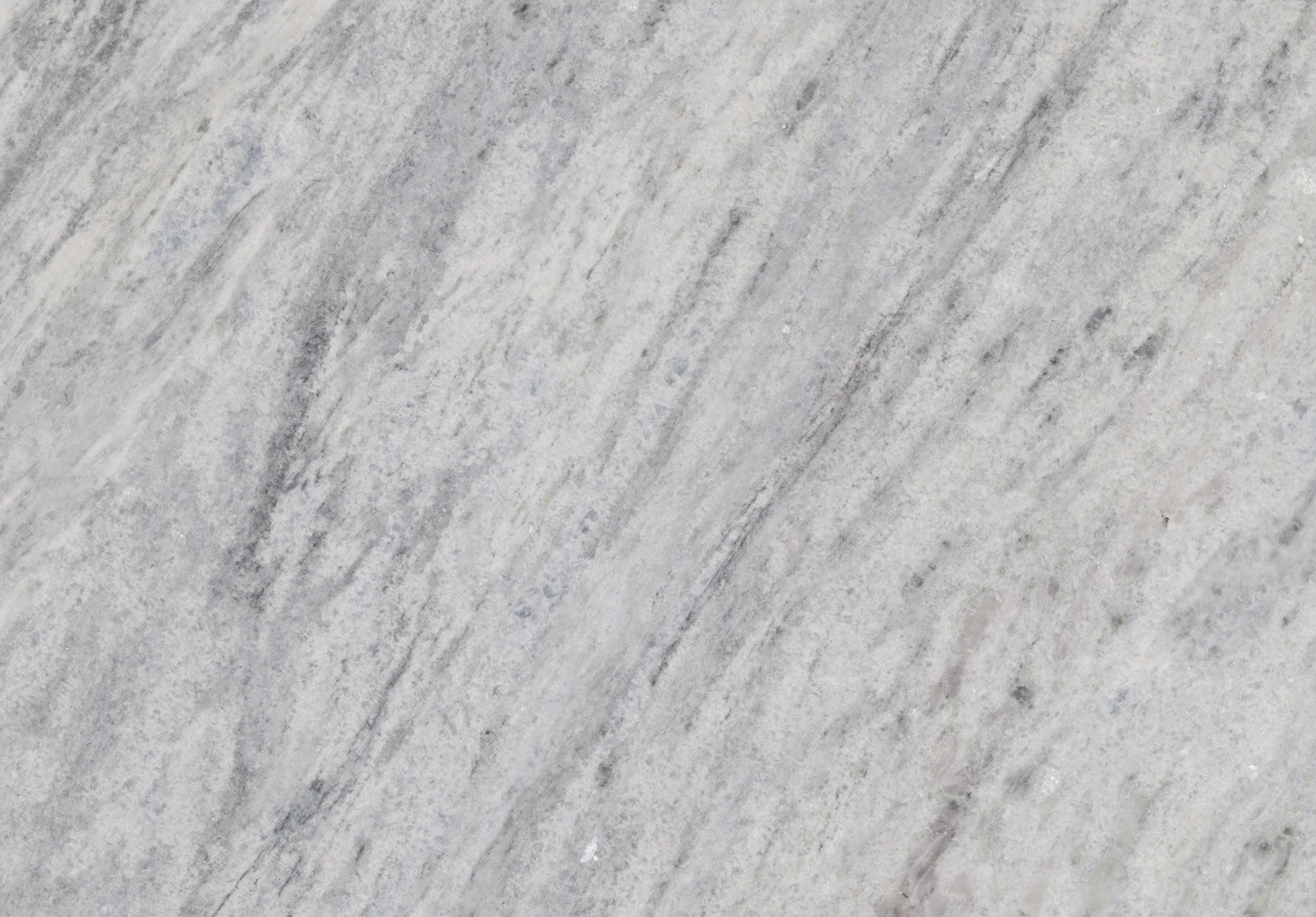







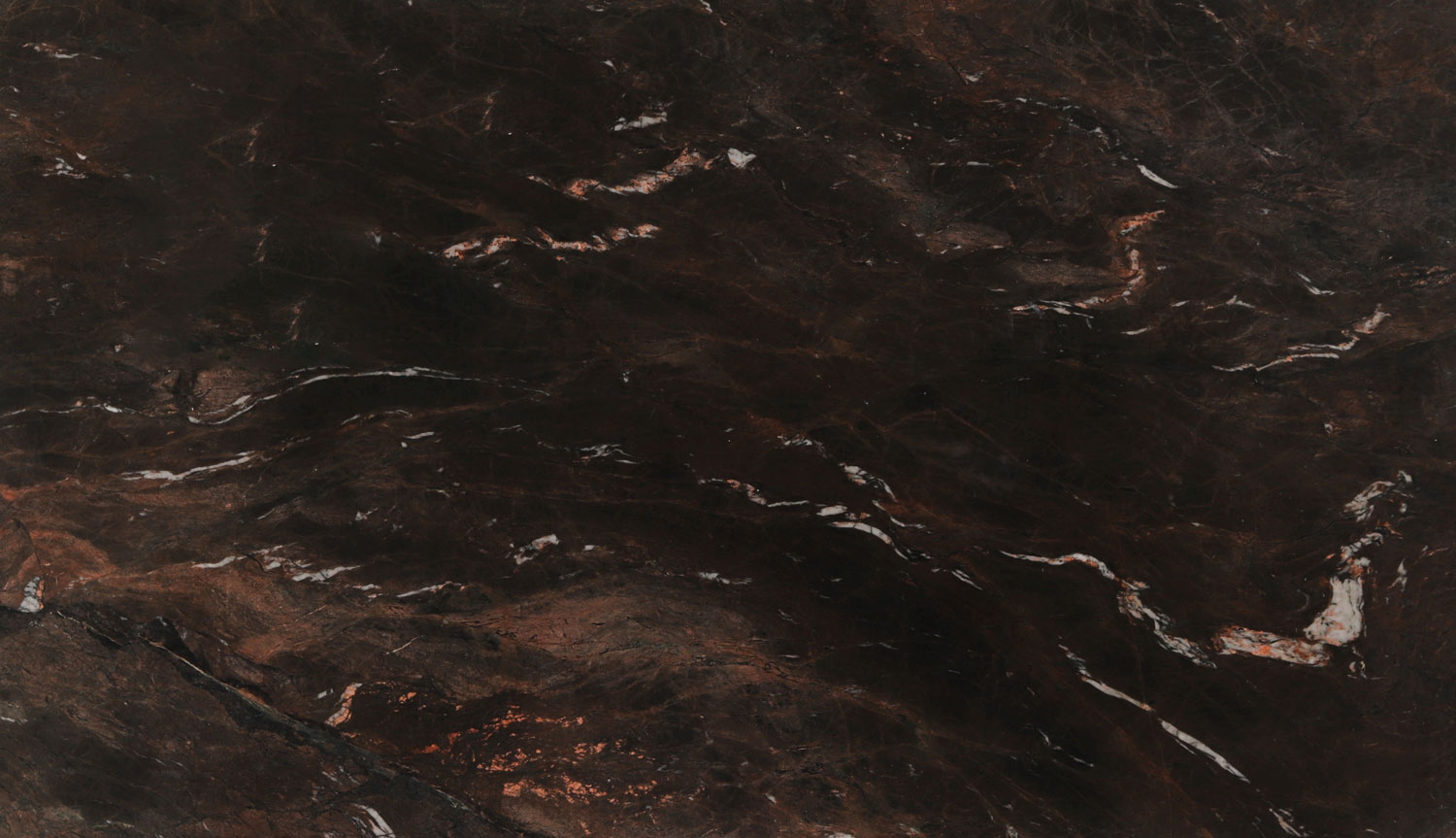

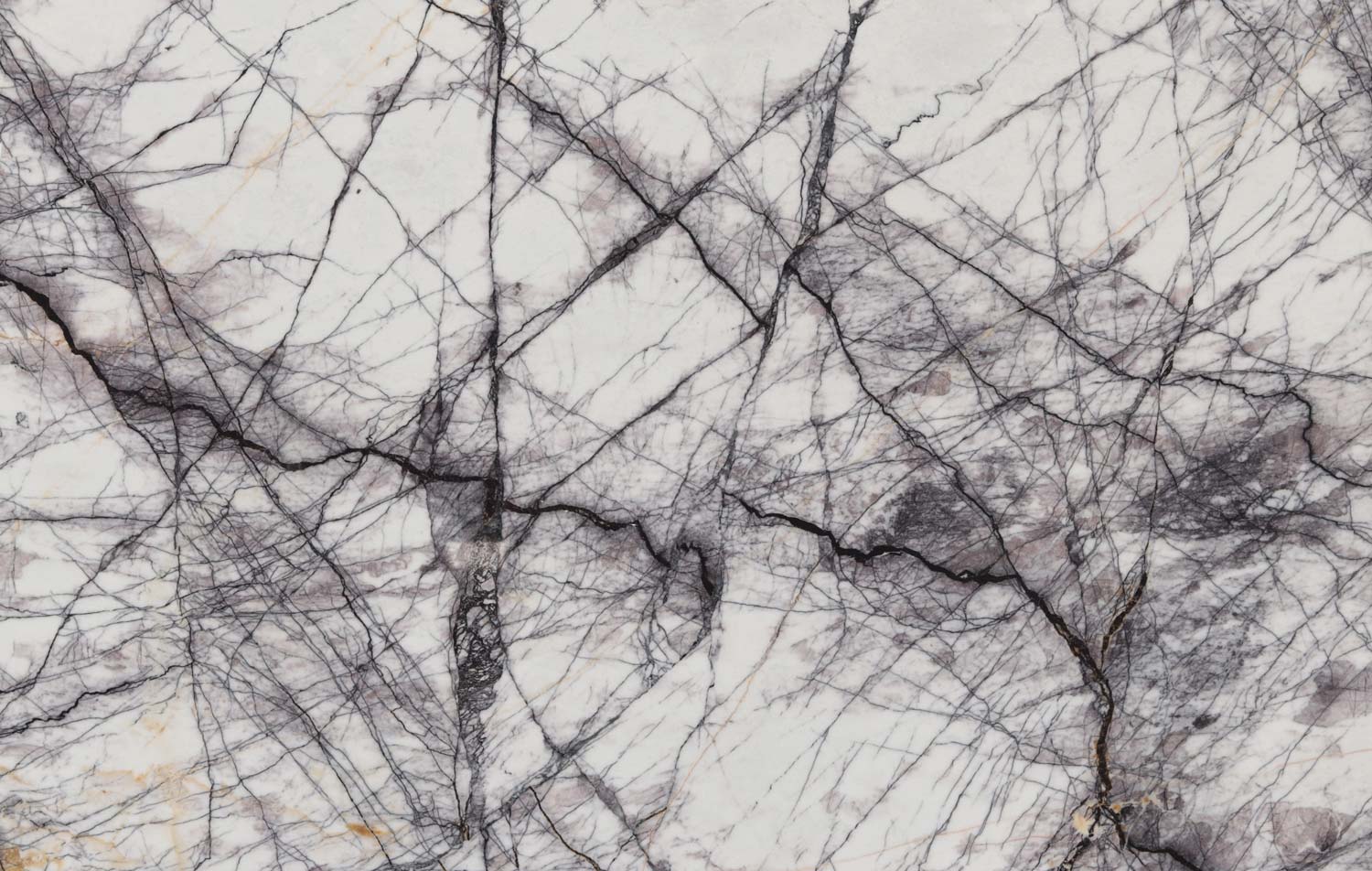
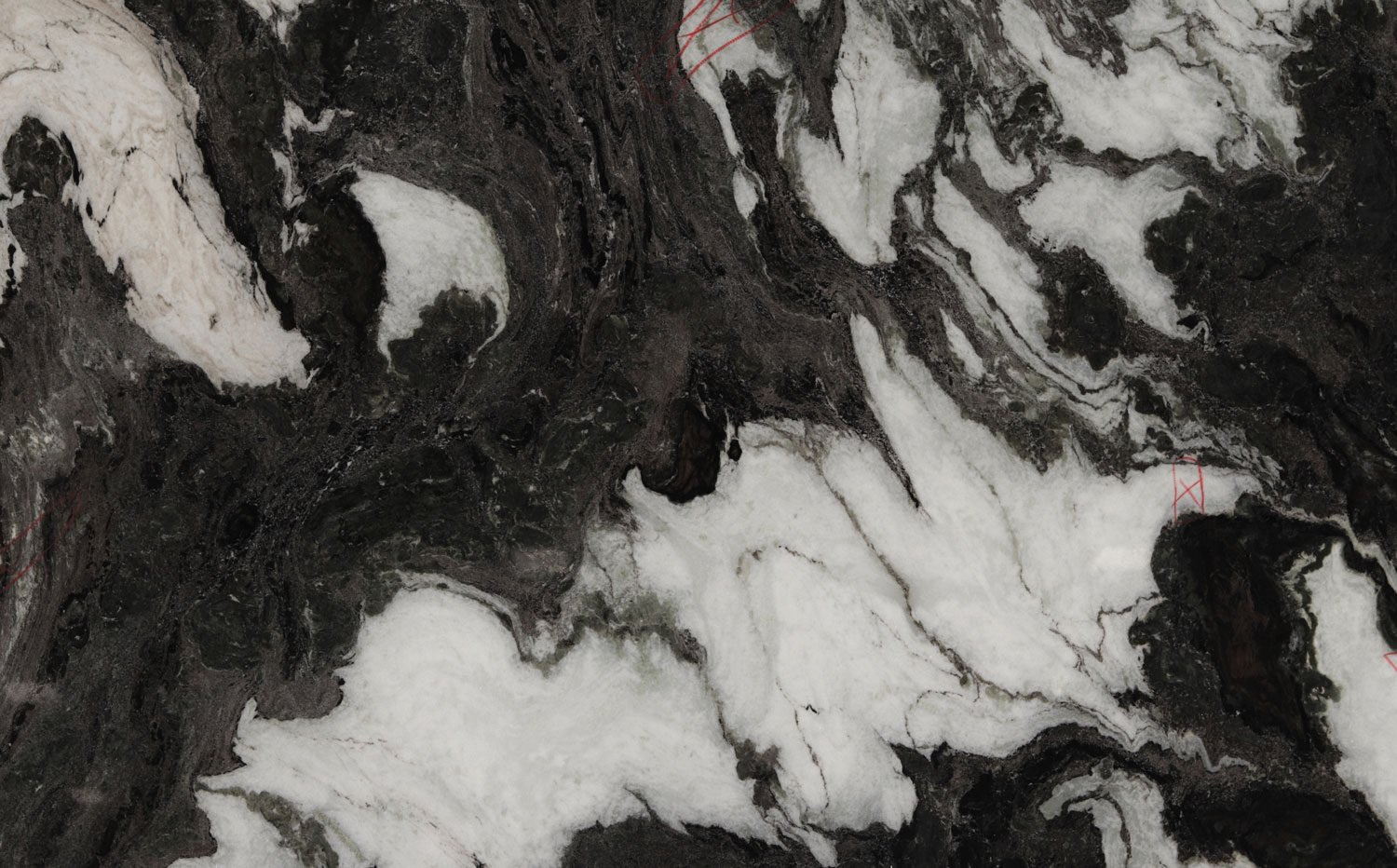

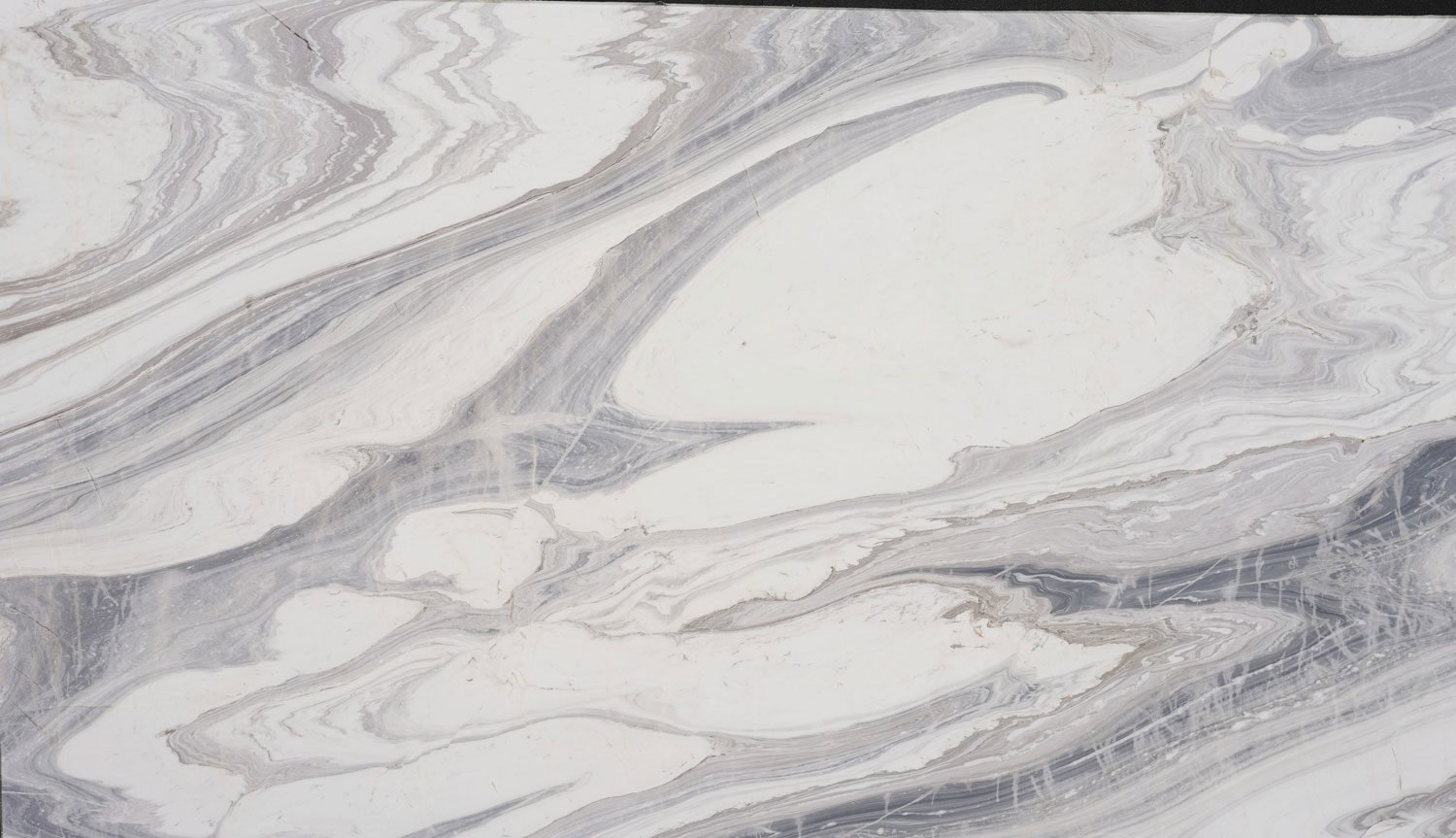
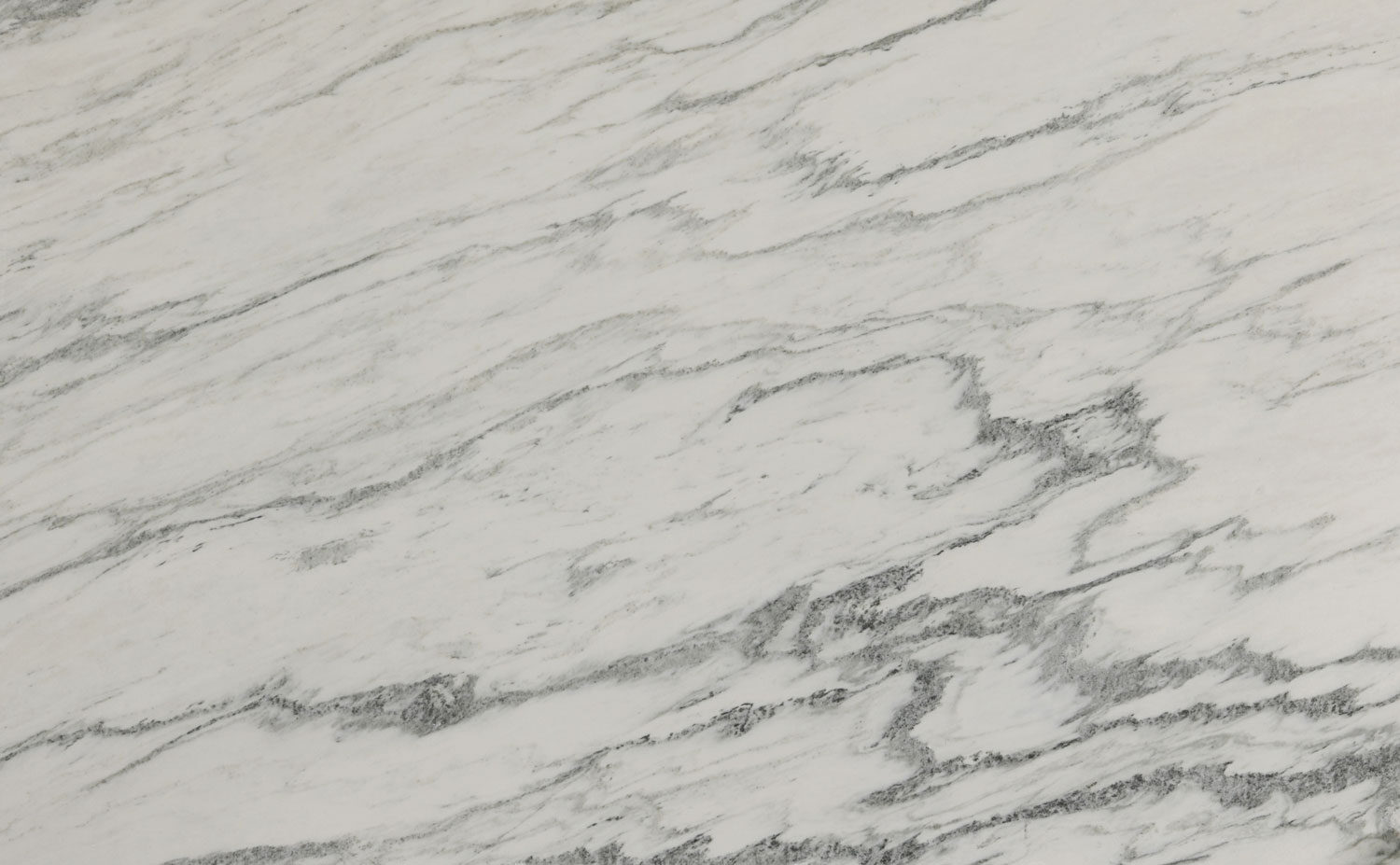



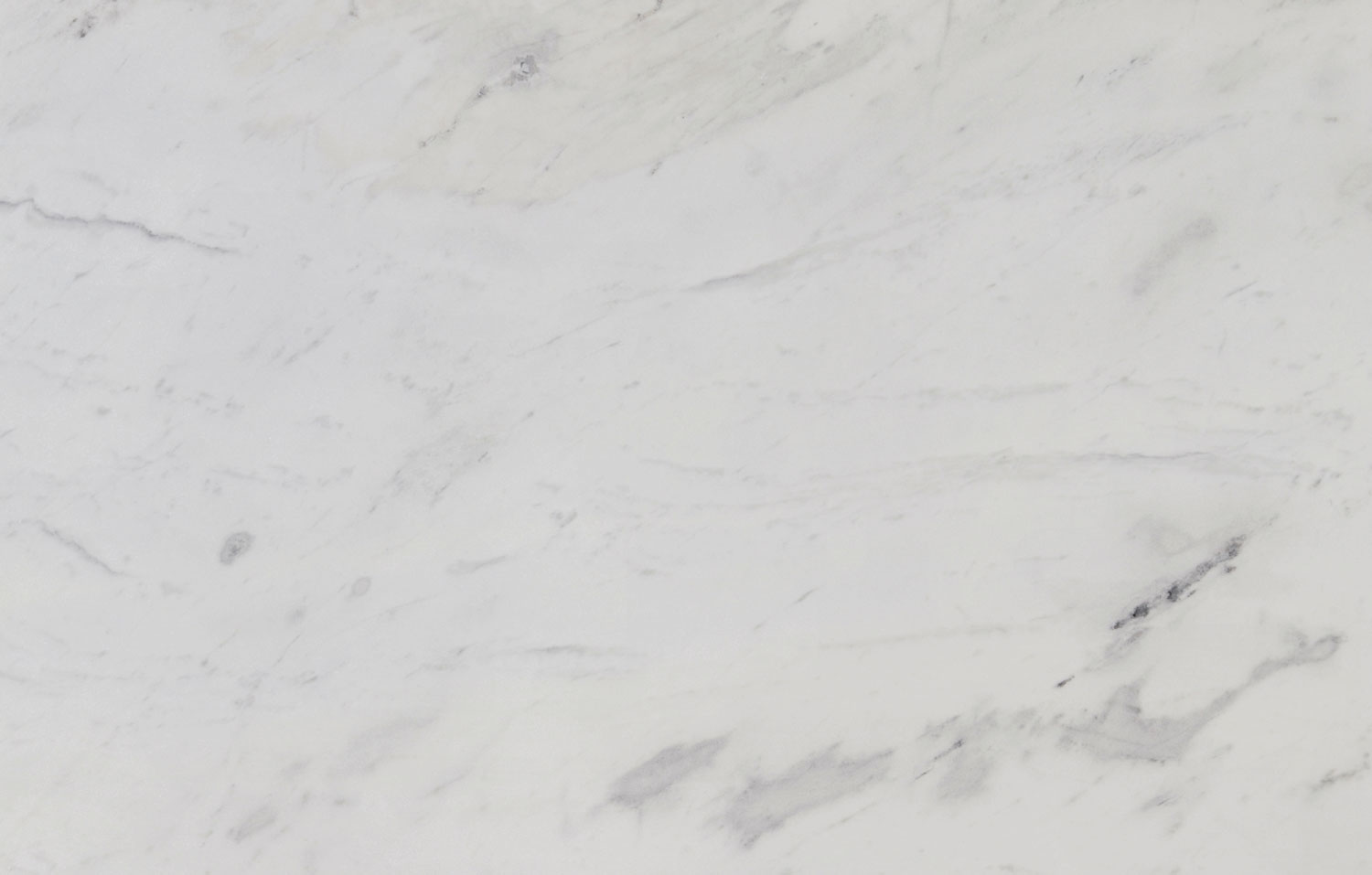


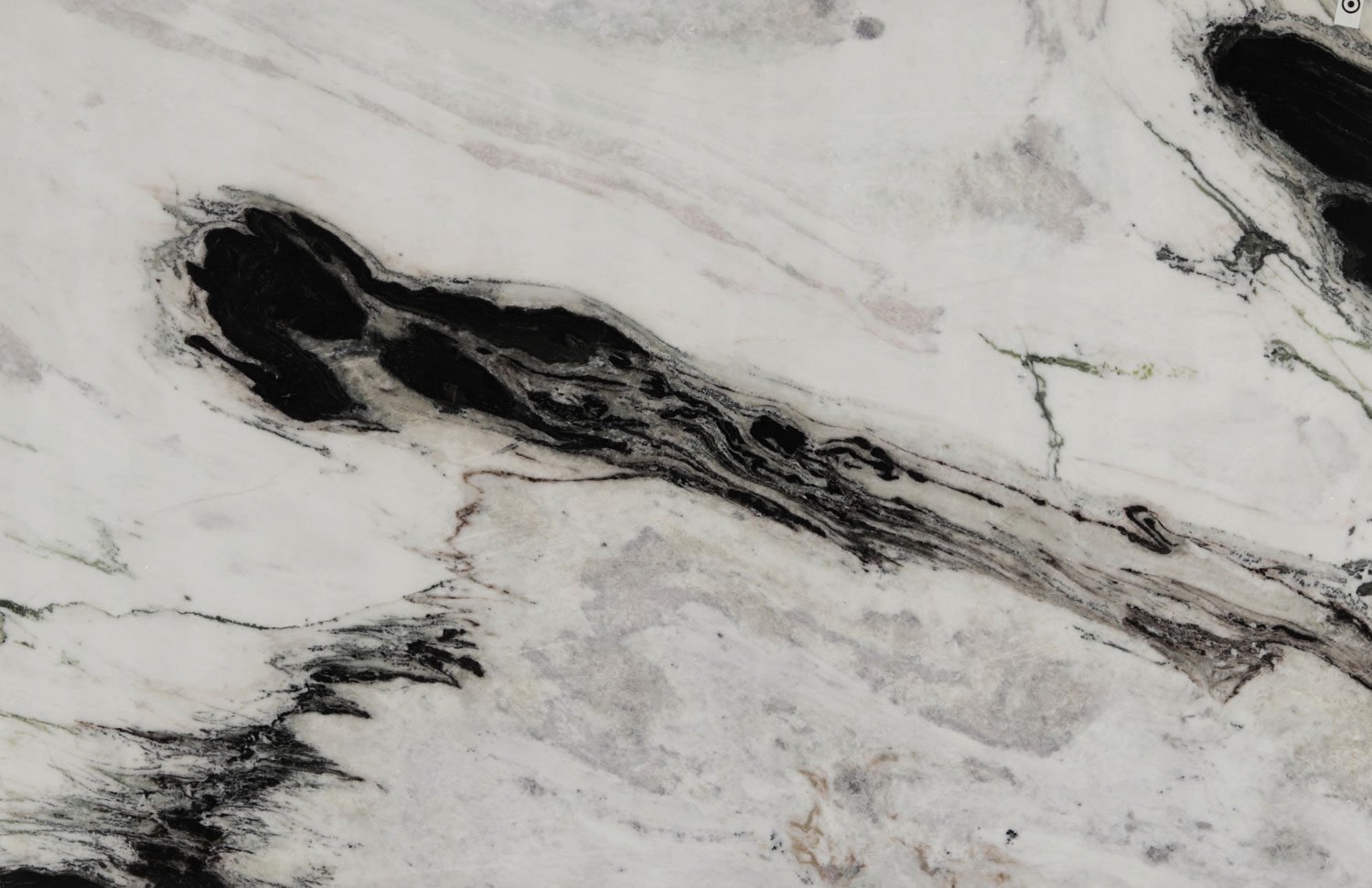
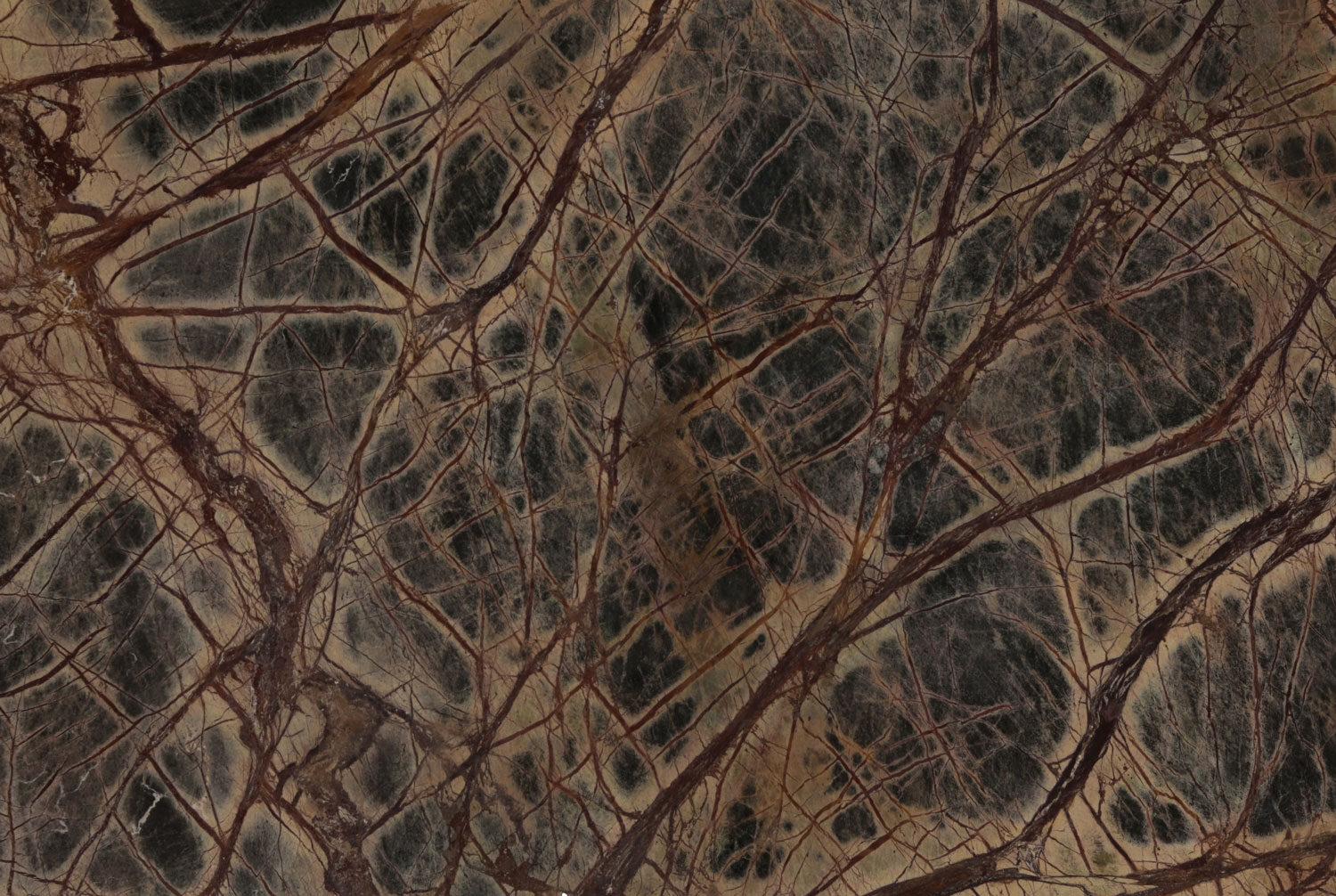
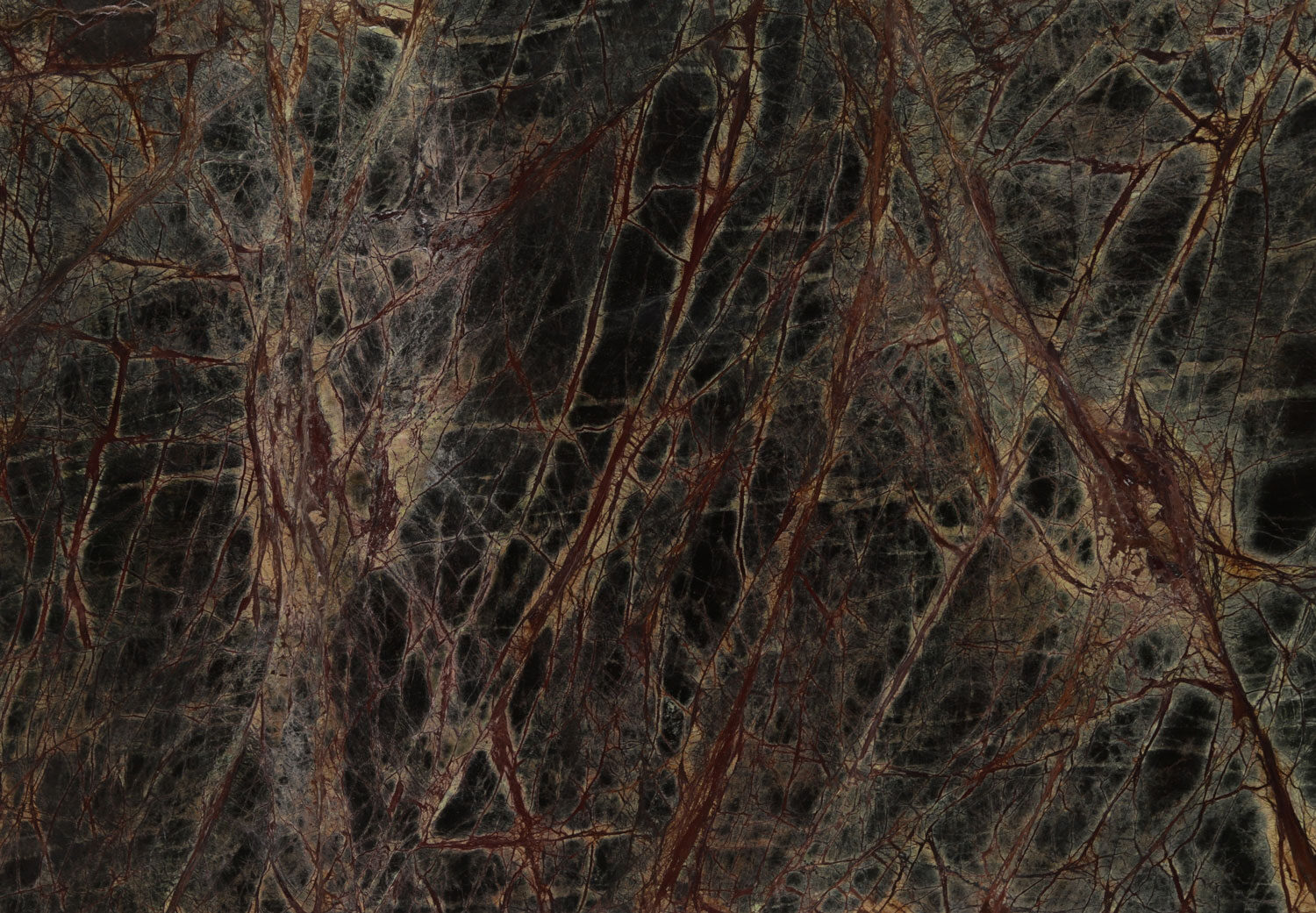
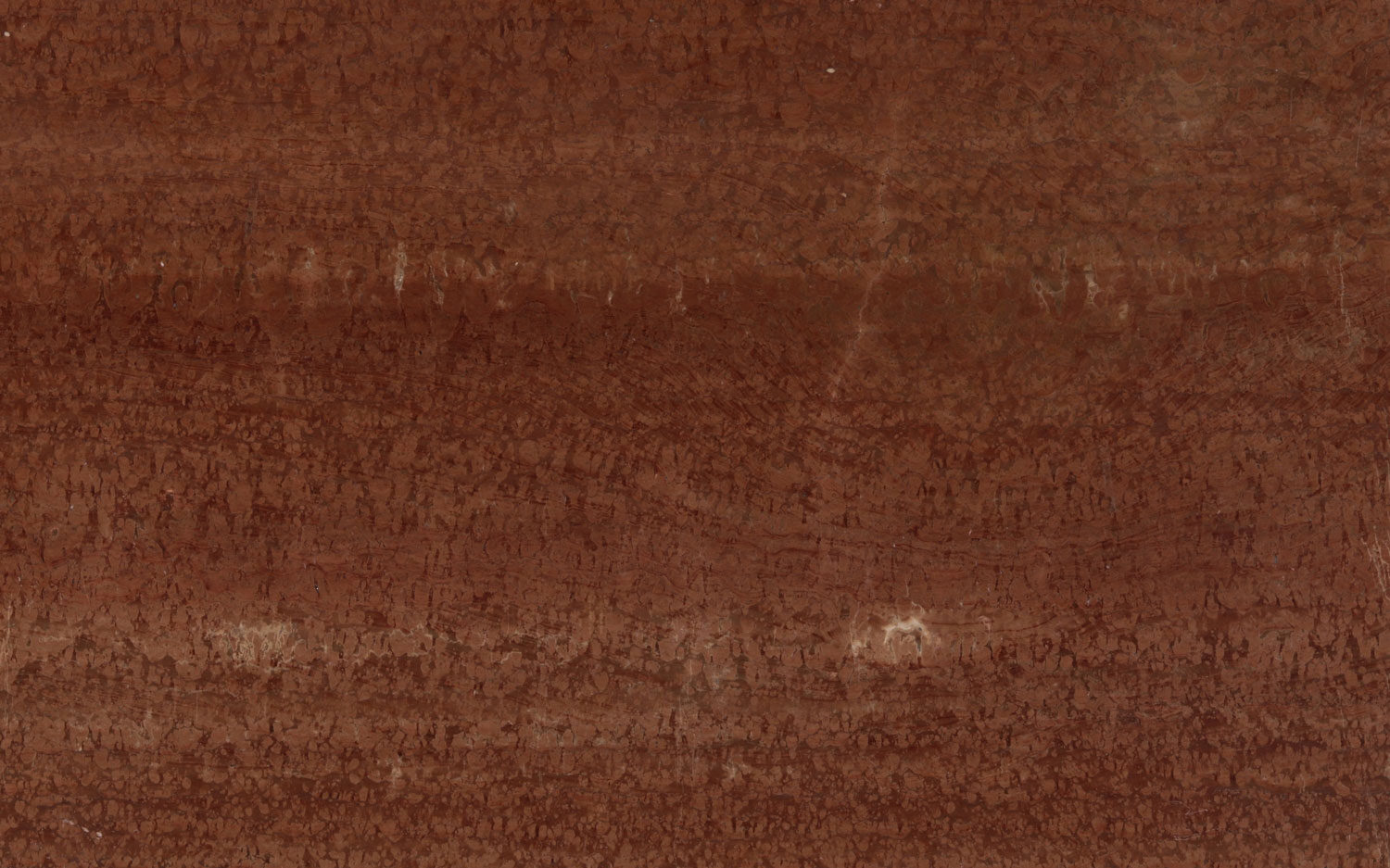
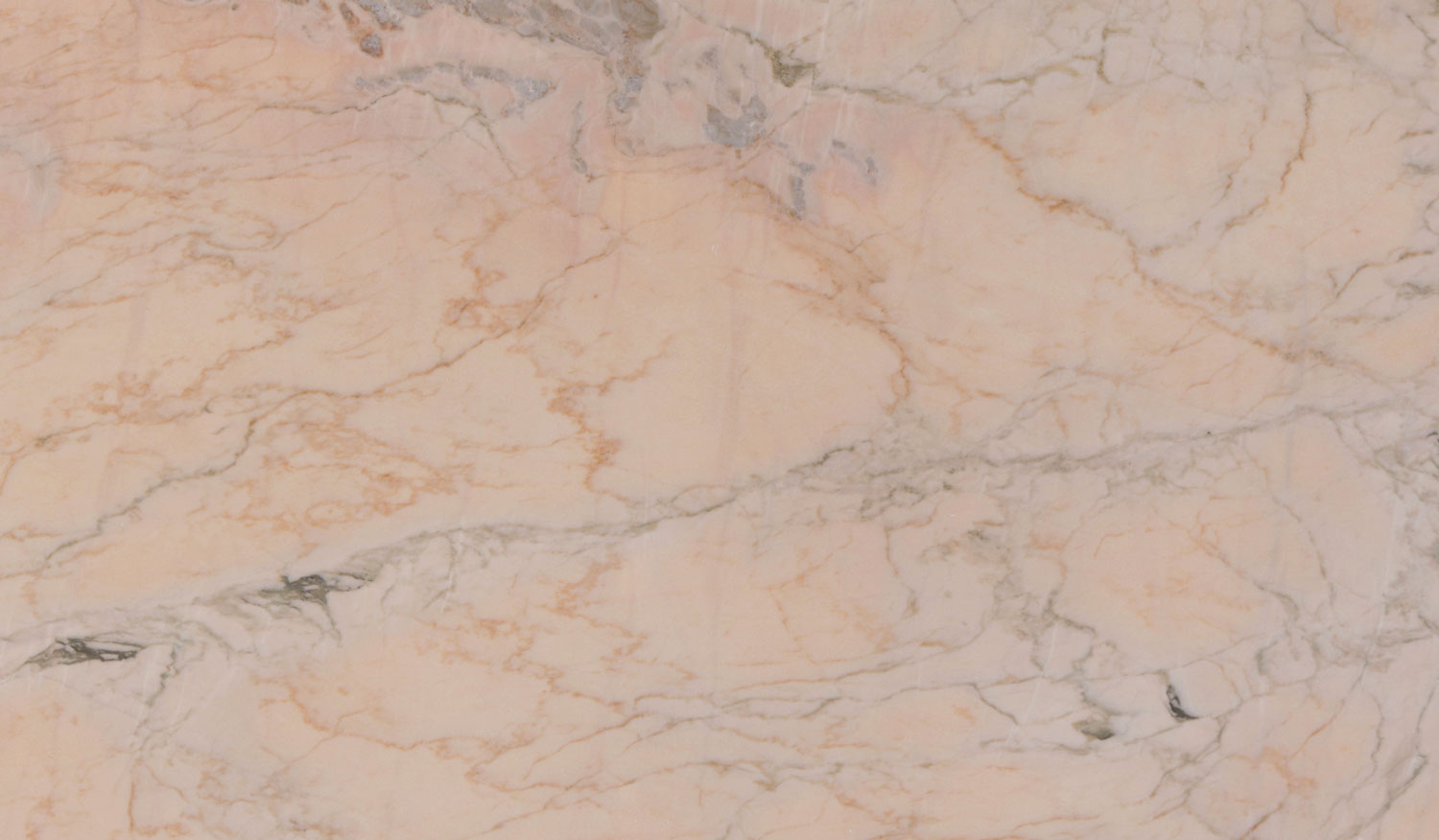
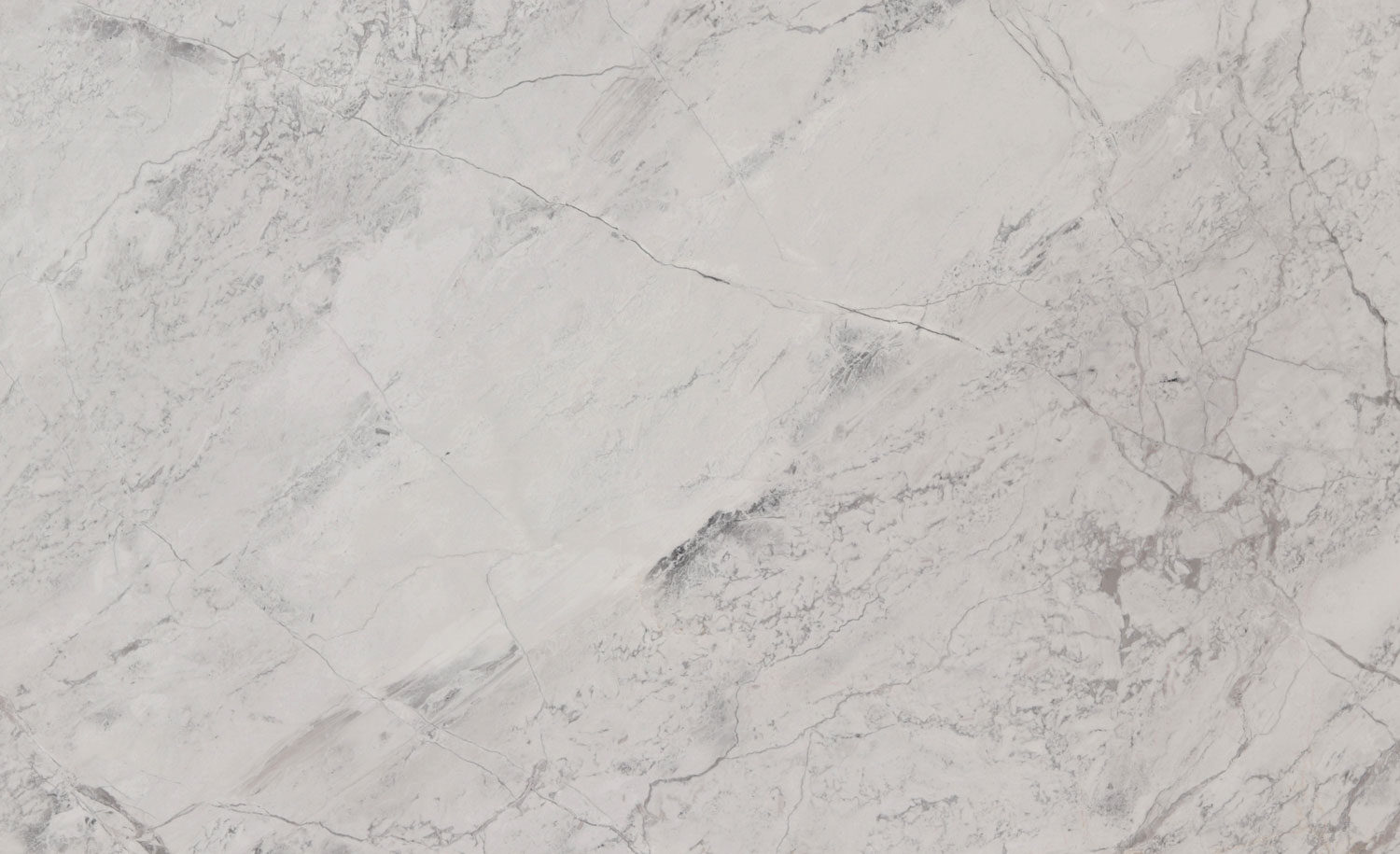


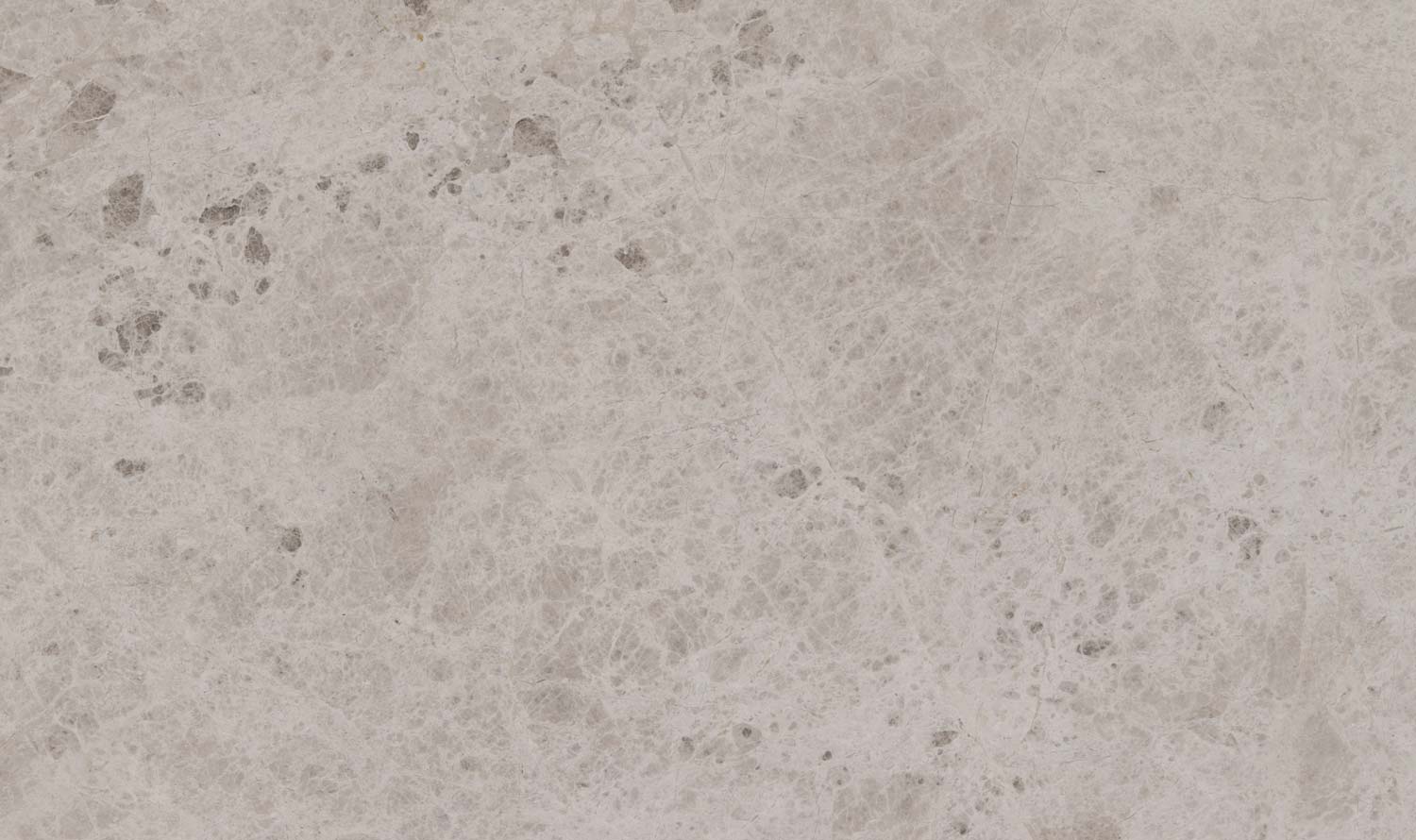
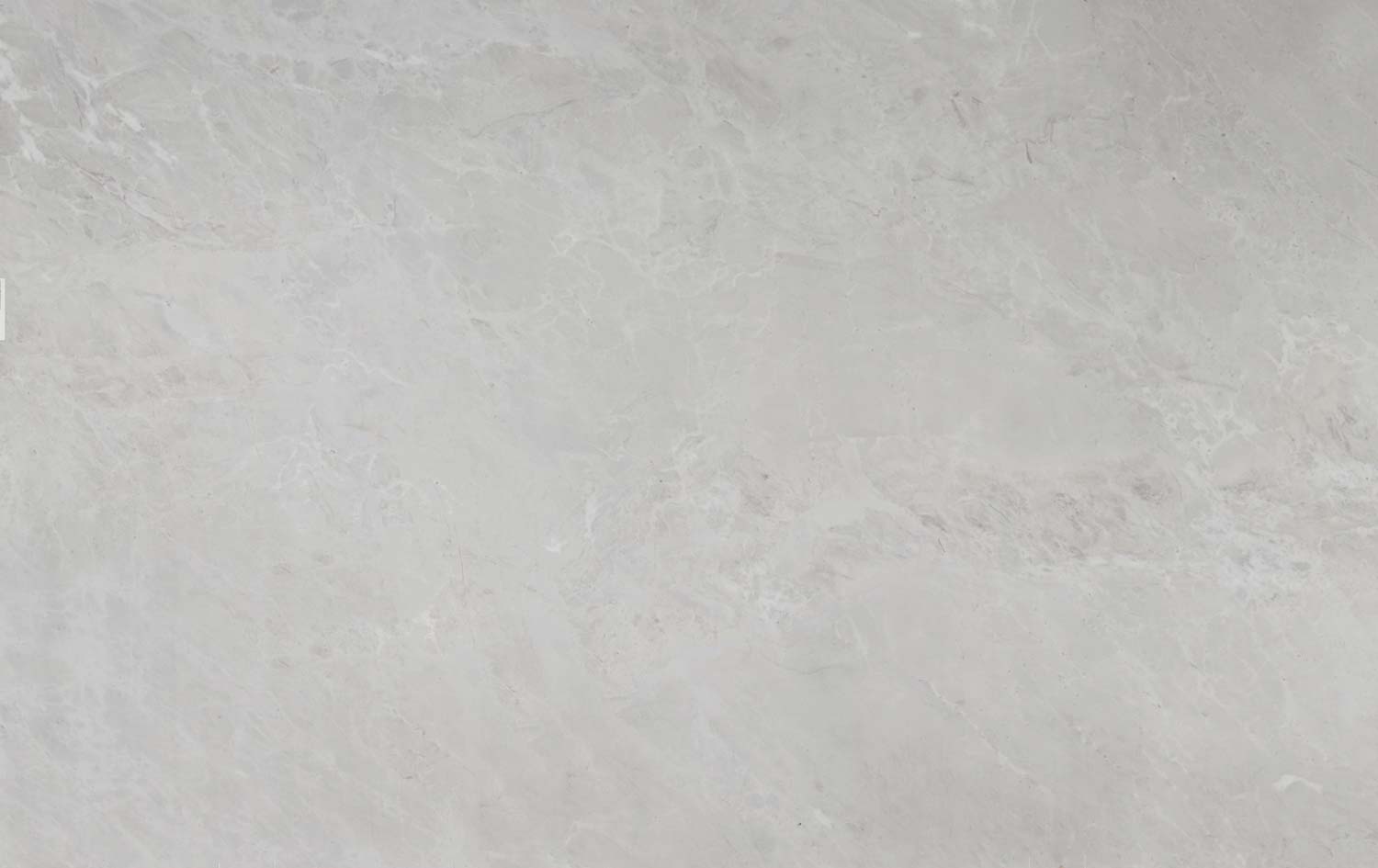
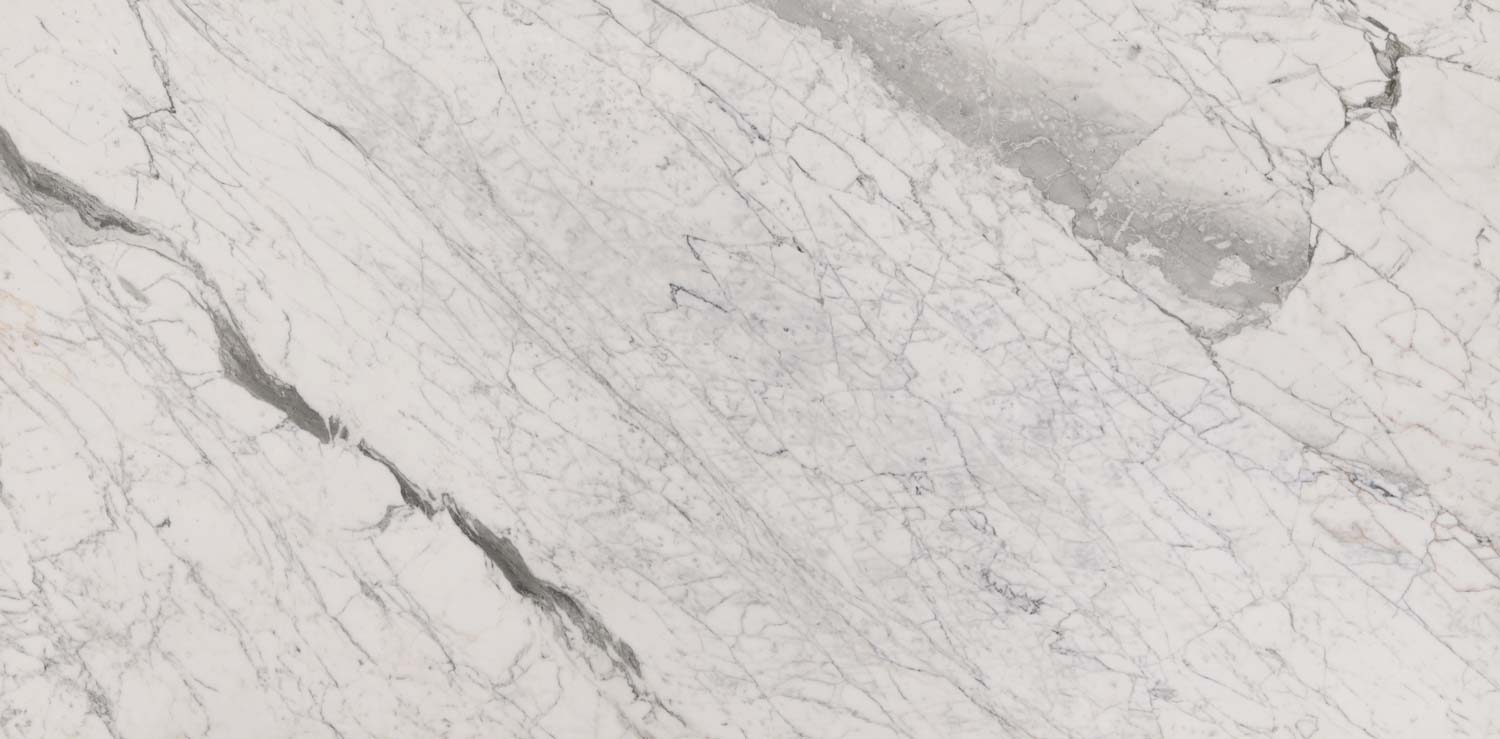
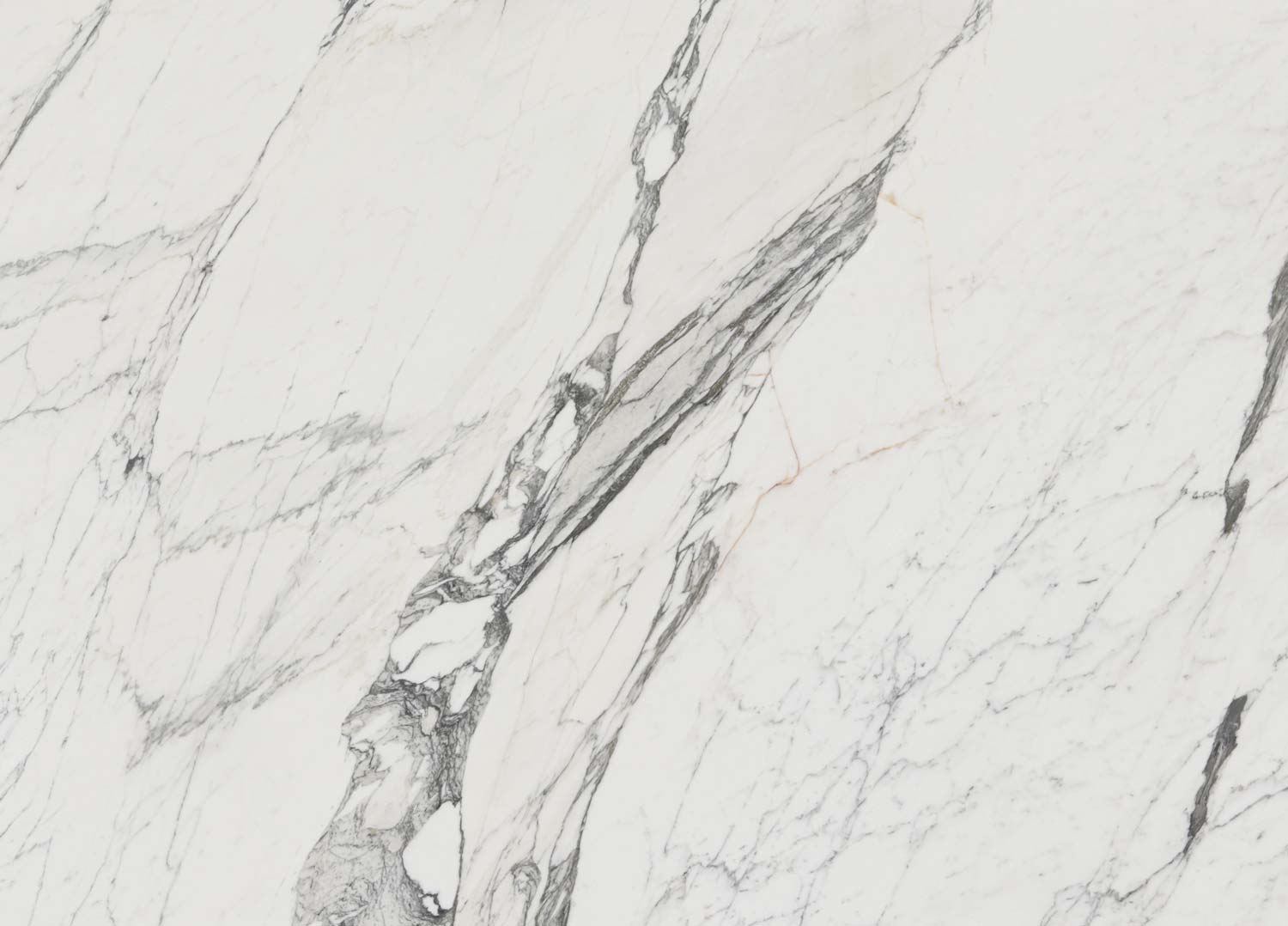
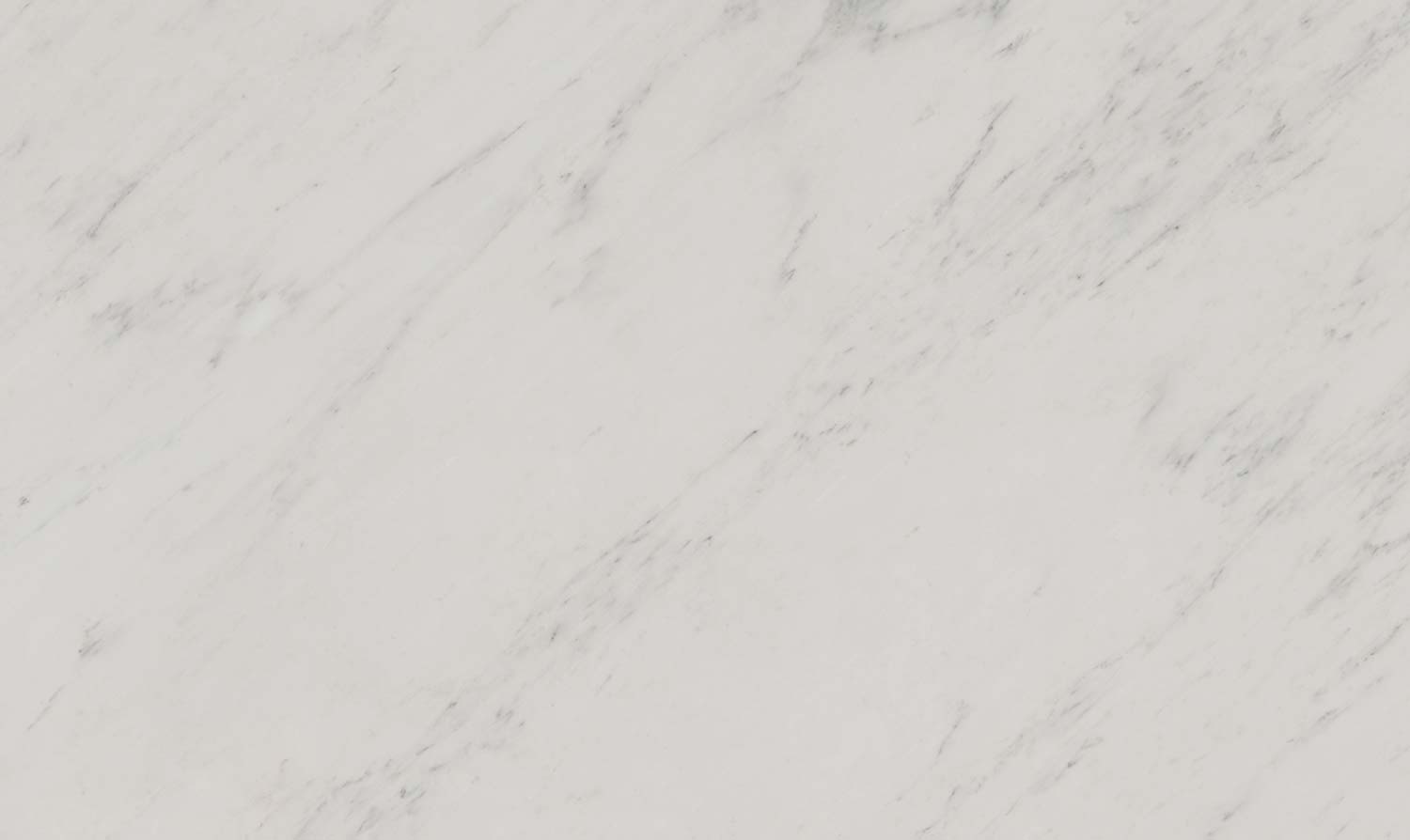
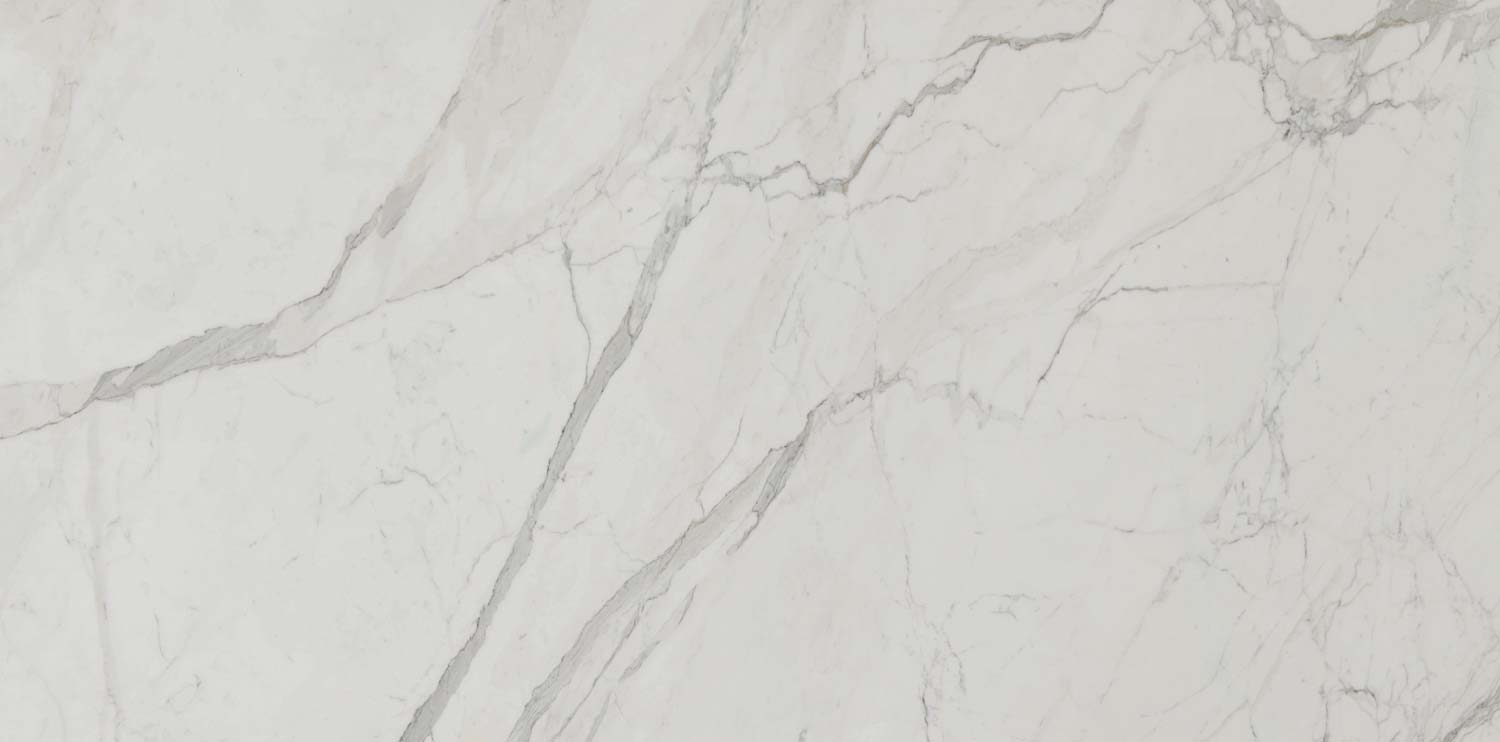
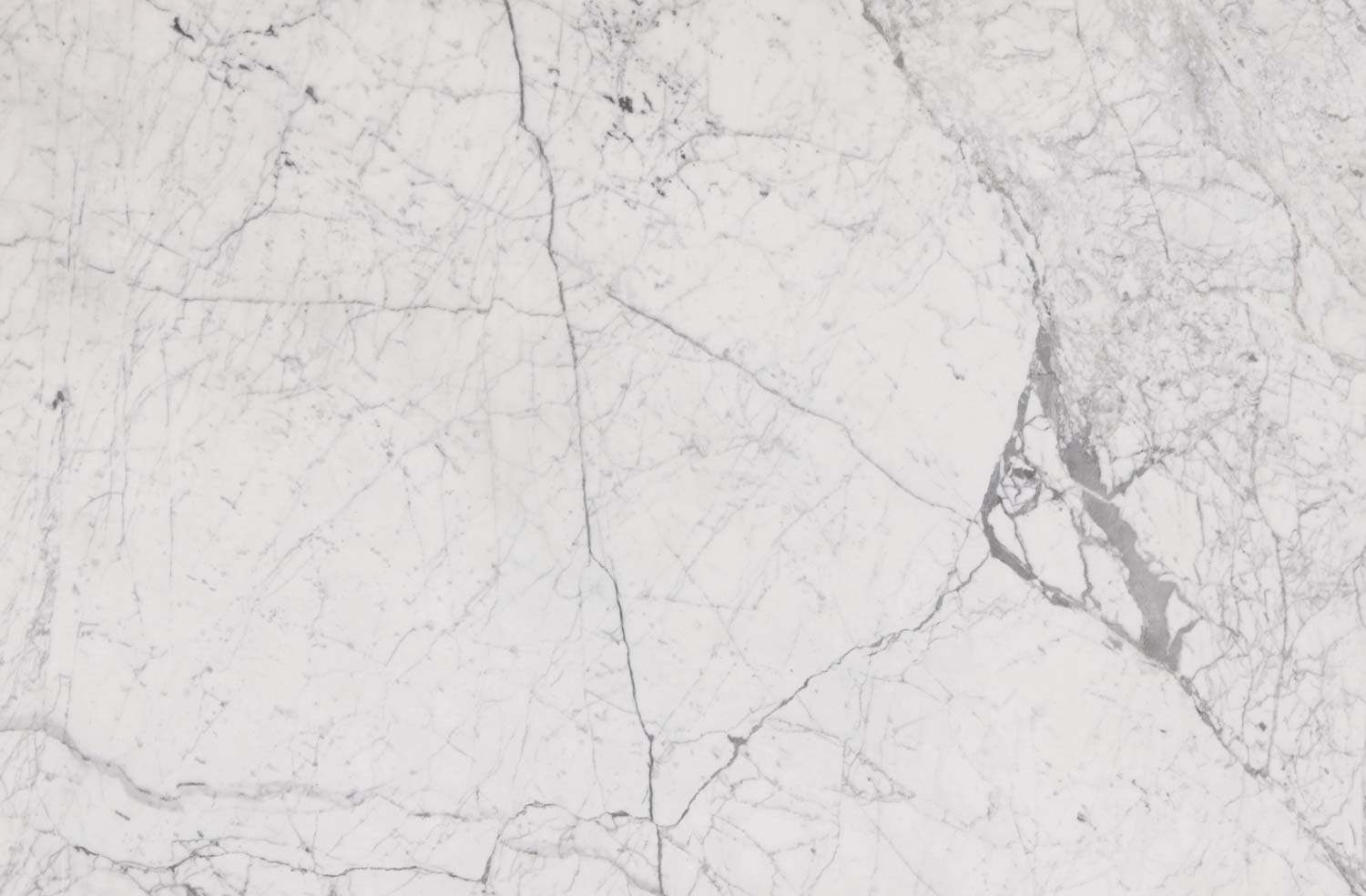

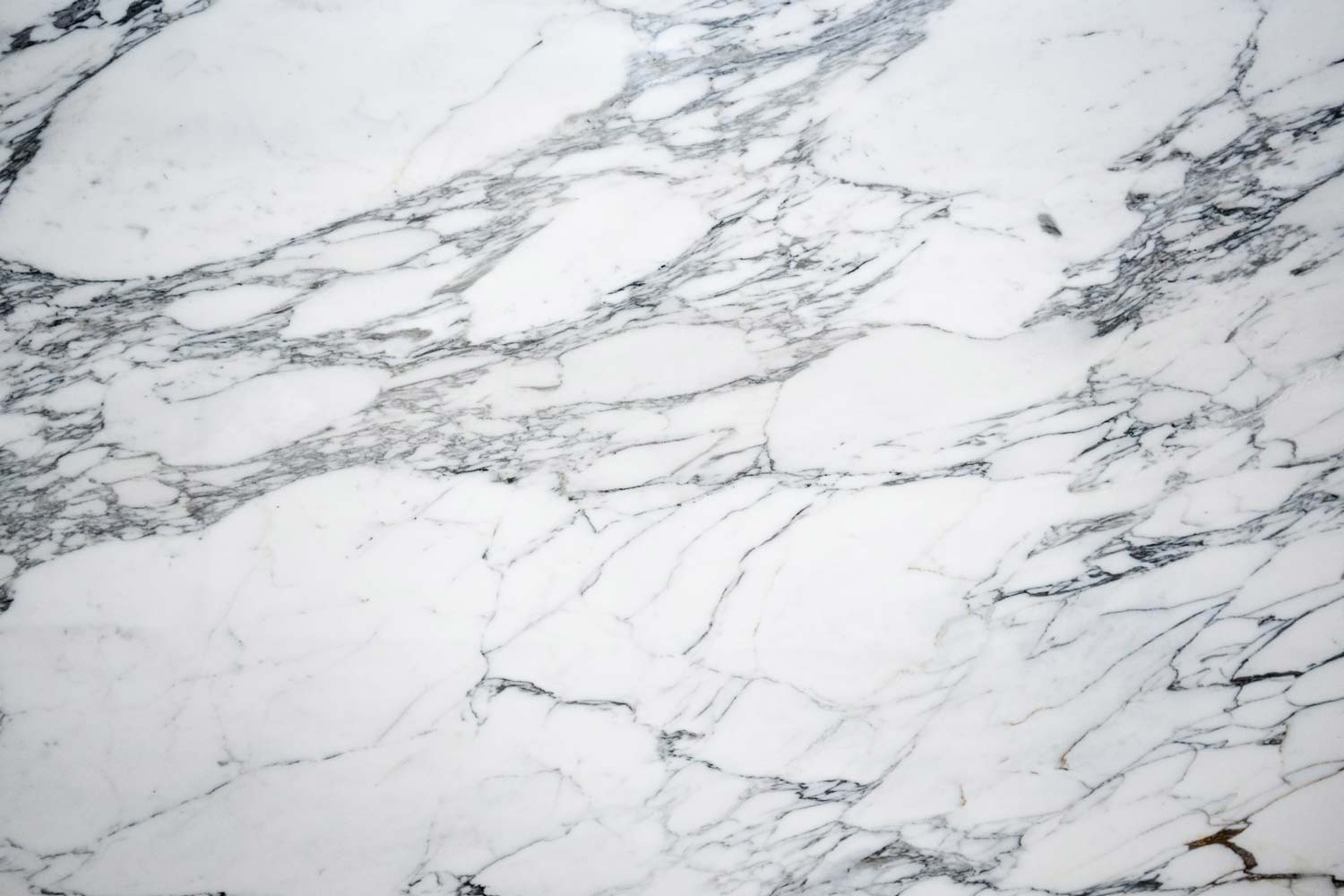


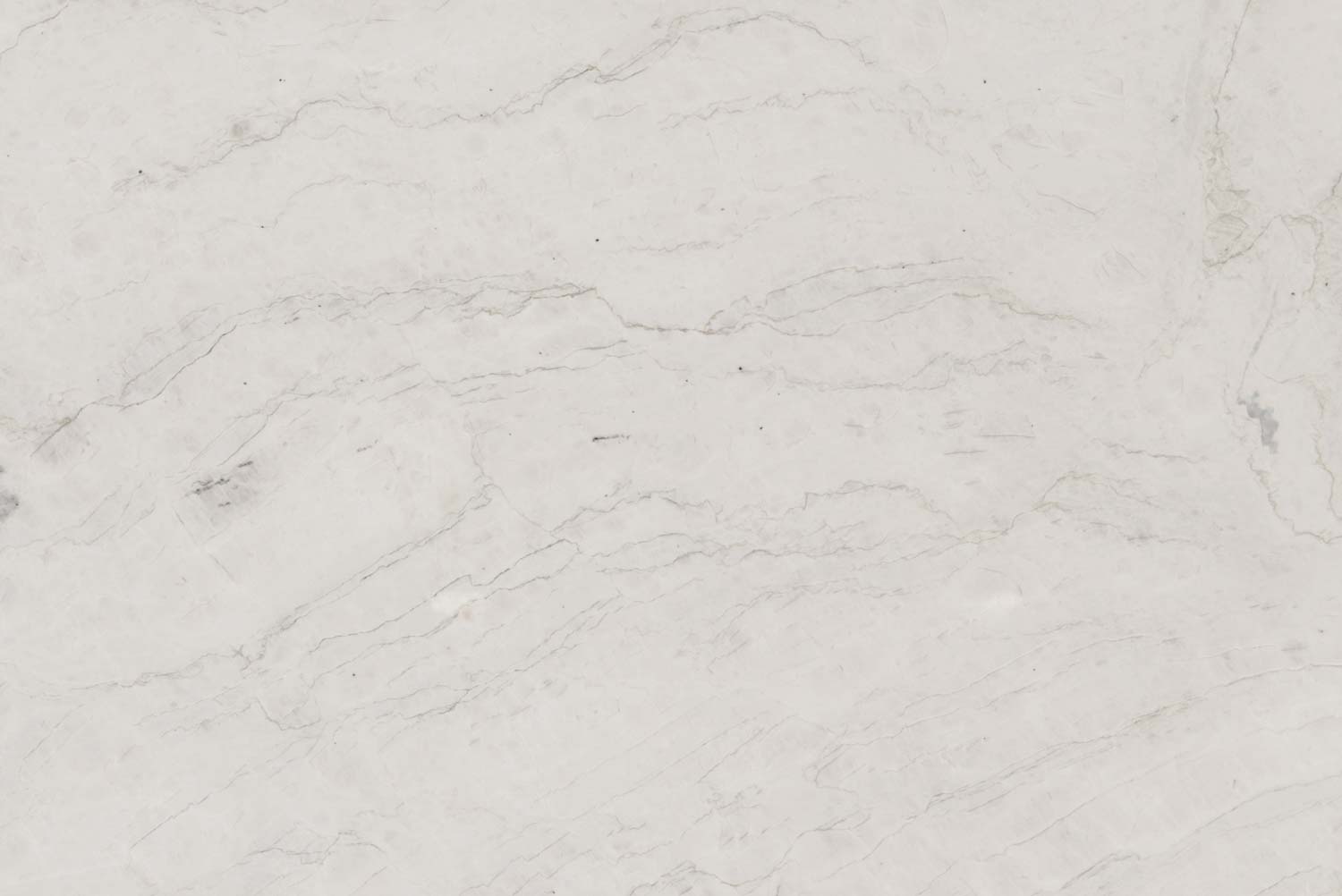

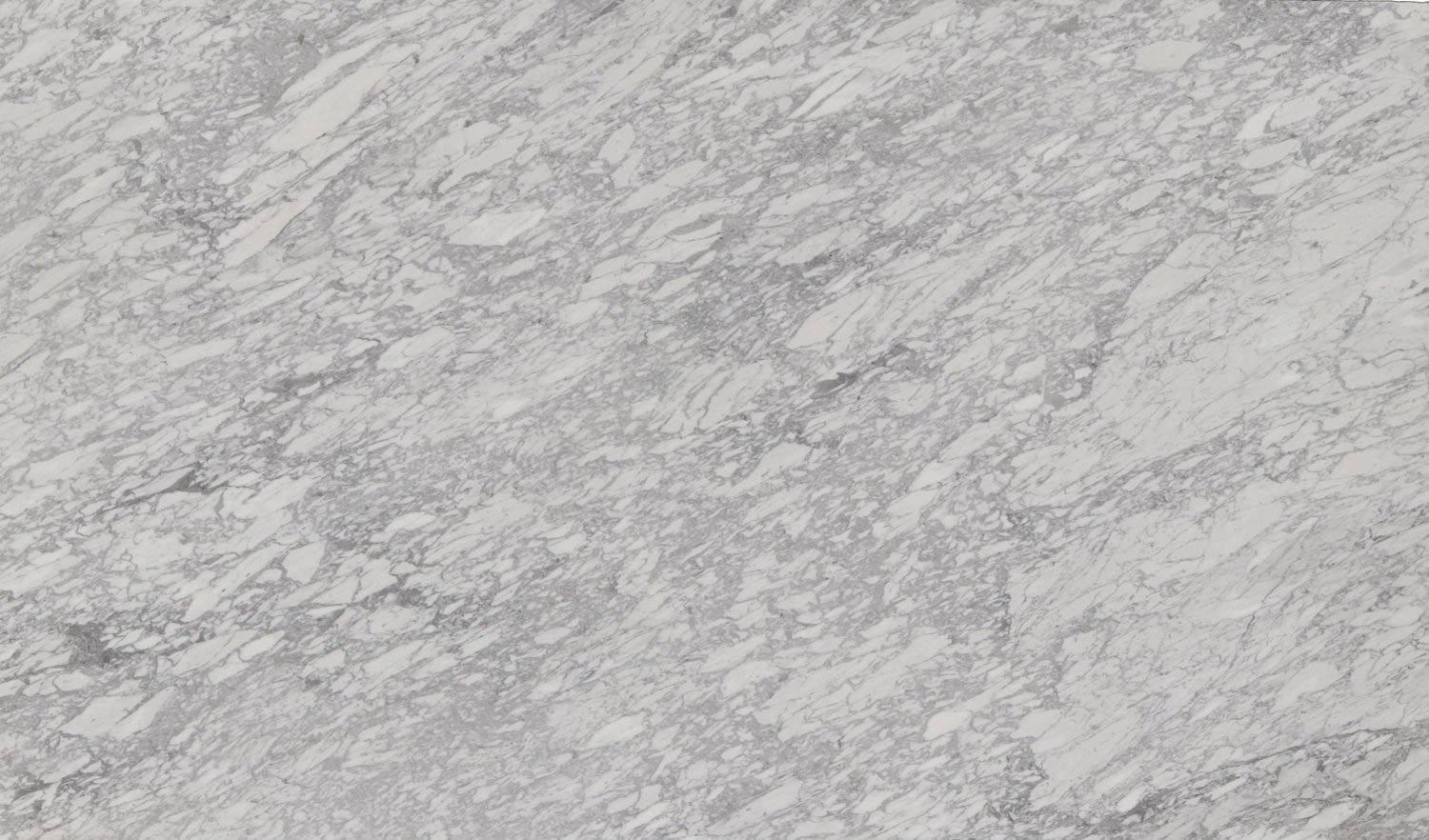
.jpg)
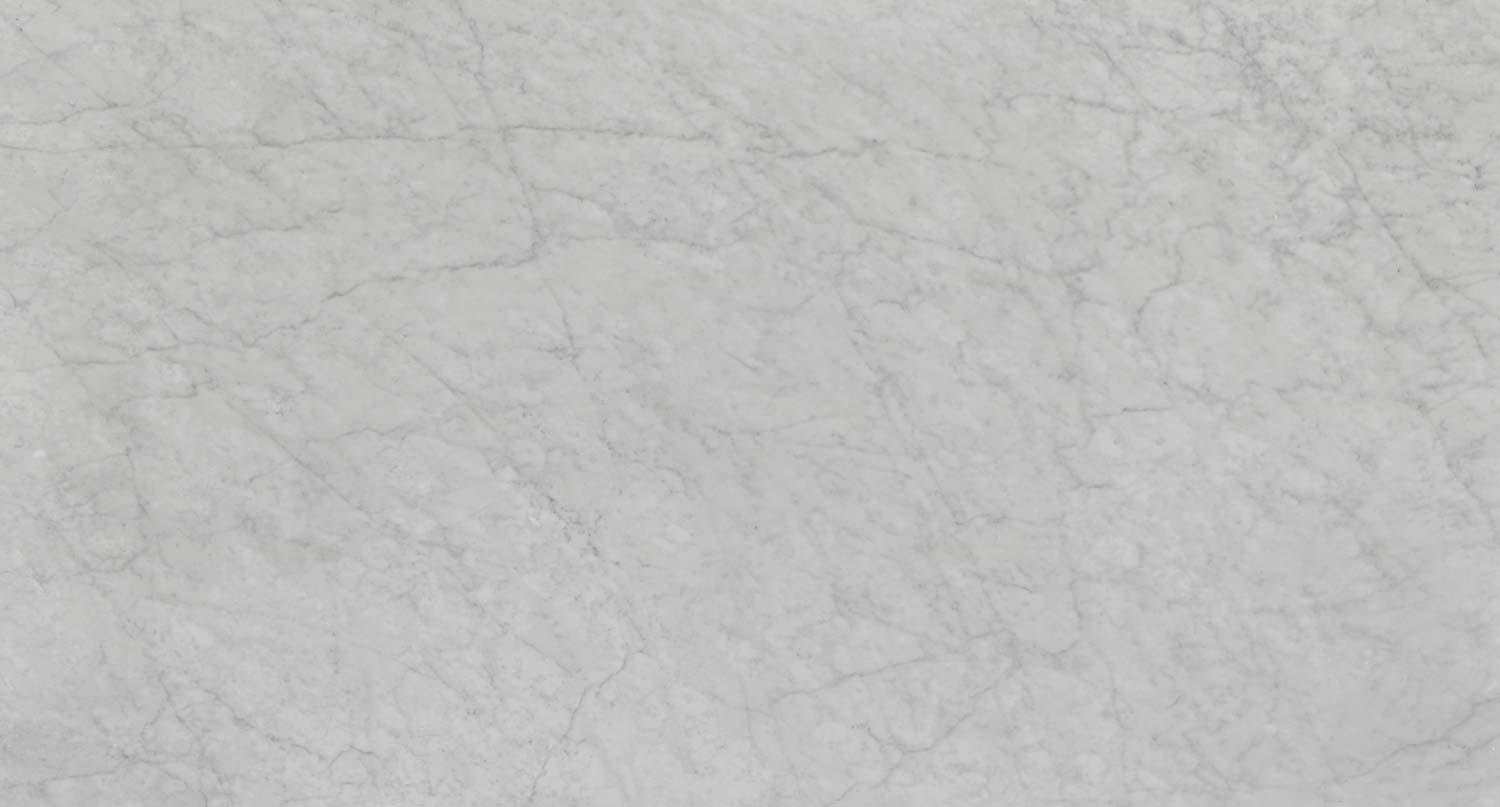
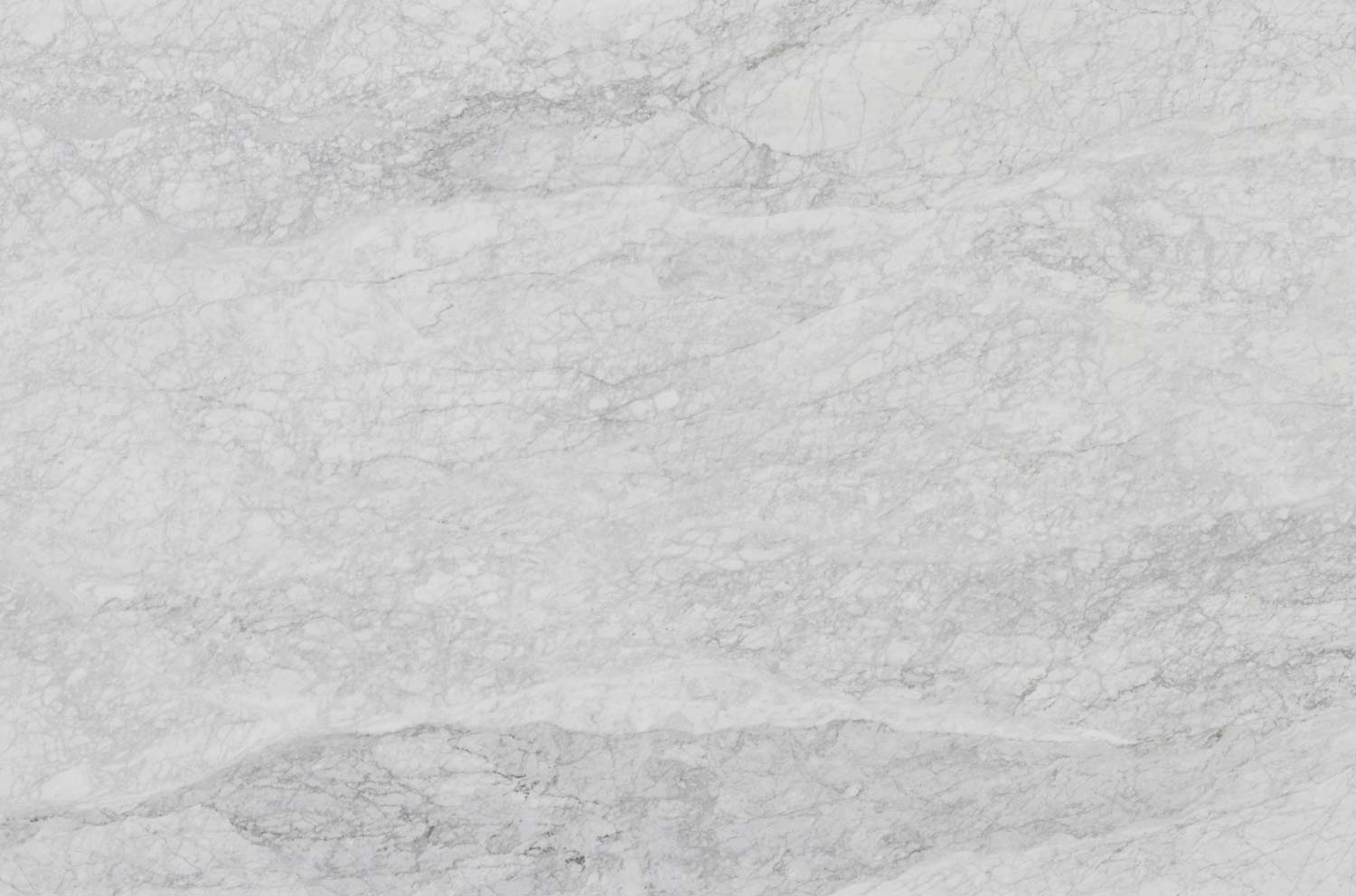
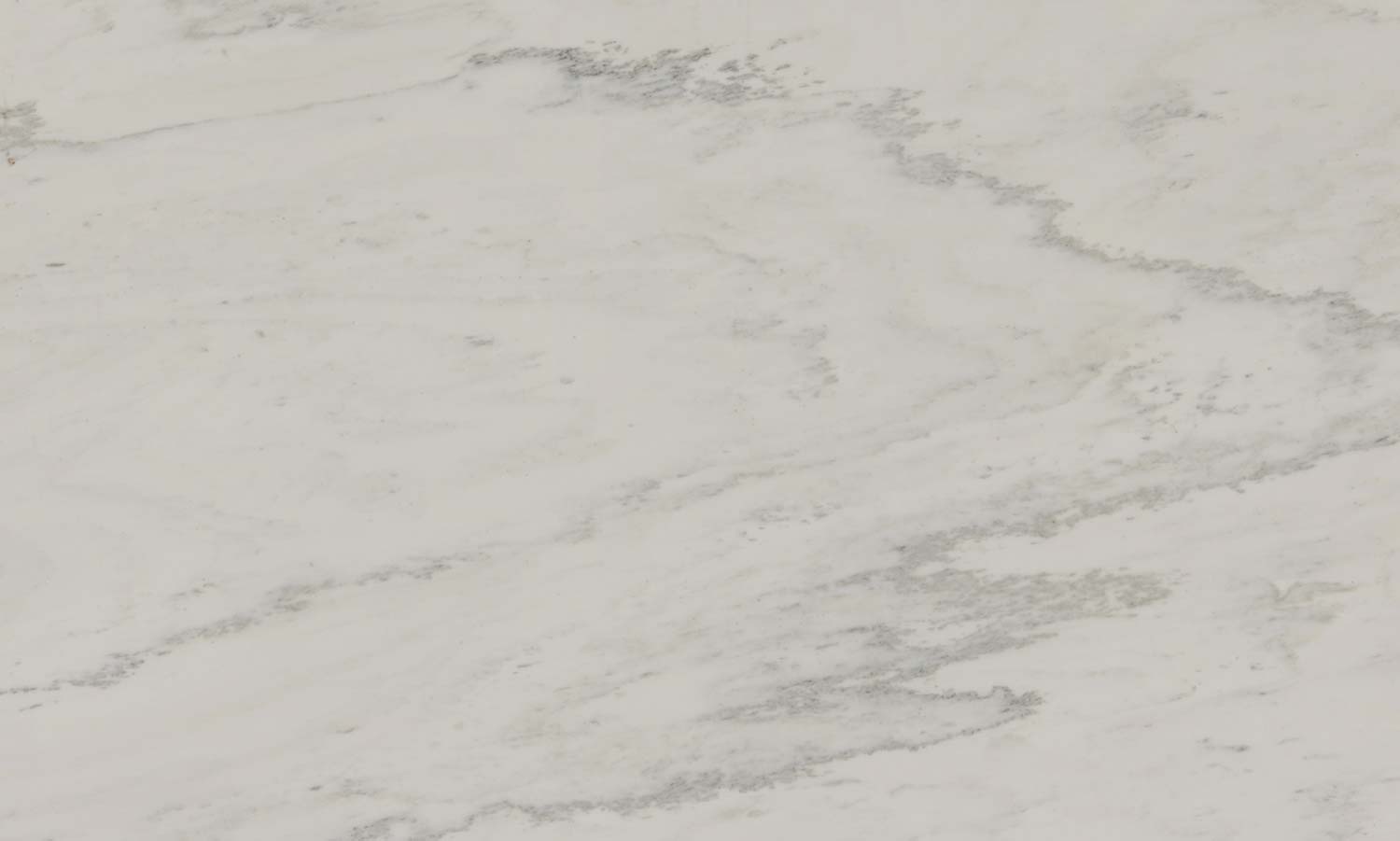
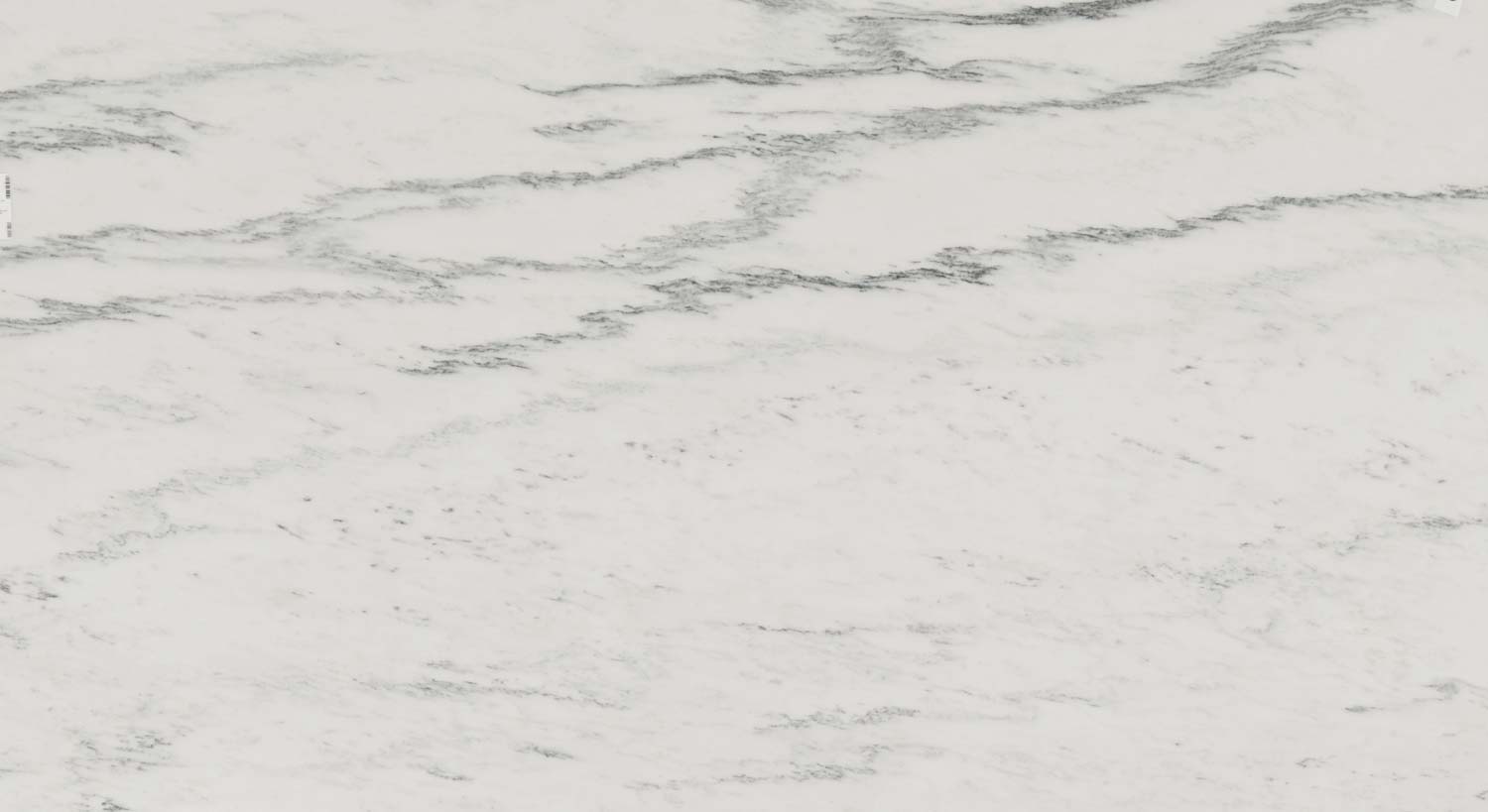

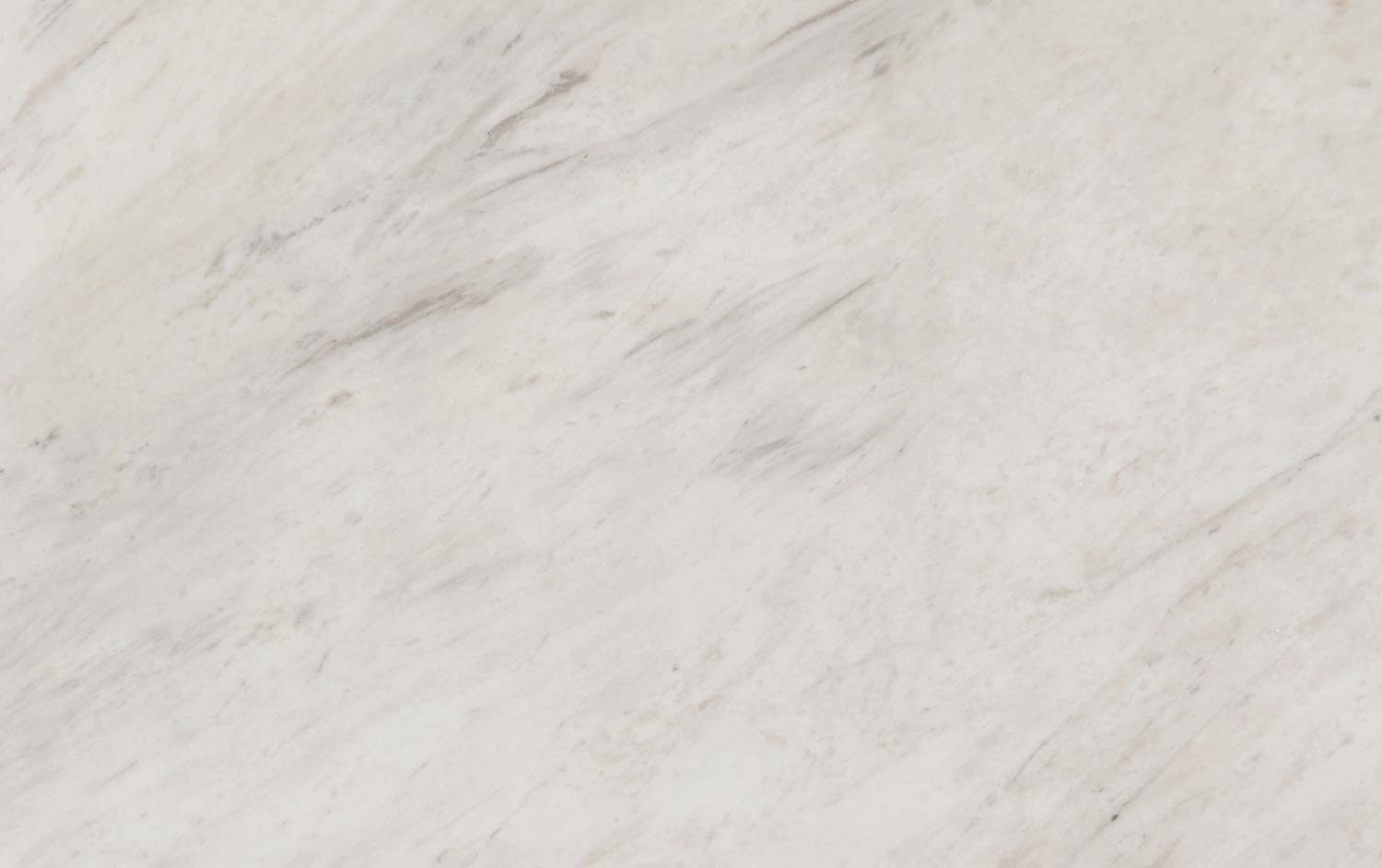

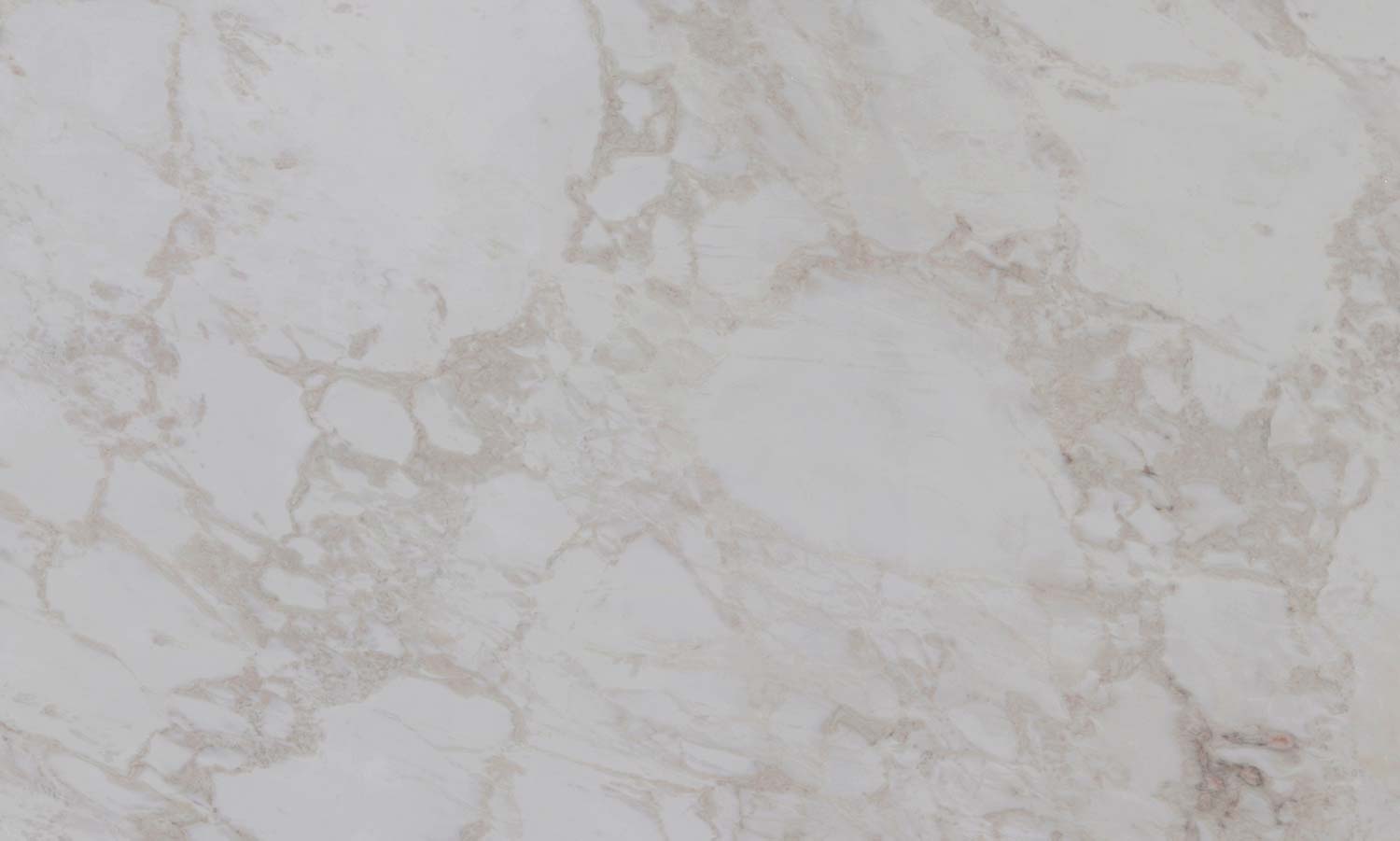
Marble Countertops
(Granite Guy’s Thoughts)
“Marble is unmatched when it comes to creating a look of elegance in your home. It’s been used for centuries for carving statues and constructing classical architecture that stands the test of time. Palaces, universities, government buildings, places of worship – all feature marble for its status and majesty. The distinctive marble look is highly prized and cannot be duplicated by any other material. At Granite Guy Inc, we create hundreds of marble countertops every year for our customers, and it never fails to produce a stunning result. Among all the types of natural stone, marble stands alone and is personally my favorite stone.”
Elevate Your Home with the Timeless Elegance of Marble Countertops
Marble has long been a symbol of luxury, elegance, and sophistication. From ancient sculptures to iconic buildings, this natural stone has been cherished for centuries. In the following sections, we will explore the many benefits of marble, its formation, history, sources, and how it compares to other materials. We will highlight its versatile applications in the home, provide care and maintenance tips, and delve into the rich history of marble’s use in famous buildings and sculptures around the world. As you learn more about this majestic stone, you’ll see why it is the epitome of grace and style.

The Key Benefits of Marble
- Timeless Beauty: Marble’s natural veining and range of colors create a unique and stunning appearance that adds a touch of luxury to any space.
- Versatility: Marble can be used in various applications, from kitchen countertops and bathroom vanities to fireplaces and back splashes, providing a beautiful and functional solution for any room.
- Unique Patterns: Each slab of marble is unique, with distinctive veining patterns and colors, ensuring that no two surfaces are exactly alike.
- Cool Surface: Marble remains cool to the touch, making it ideal for areas where a cooler surface is beneficial, such as kitchen countertops and bathroom vanities.
- Value Addition: Installing marble surfaces can significantly increase the value of your home, making it a wise investment that enhances both beauty and functionality.

Formation of Marble
Marble is a metamorphic rock formed from limestone that has been subjected to intense heat and pressure within the Earth’s crust. This process causes the calcite in the limestone to recrystallize, forming the distinctive crystalline structure of marble. The presence of impurities such as iron oxide, clay, and bituminous material during this process can result in the wide variety of colors and patterns seen in marble, ranging from pure white to shades of green, pink, black, and more.
History of Marble’s Use
Marble has been valued for its beauty and versatility since ancient times. Its use in sculptures, buildings, and monuments around the world is a testament to its enduring appeal and significance.
Ancient Greece and Rome: The ancient Greeks and Romans were among the first to extensively use marble in their architecture and sculptures. Greek sculptors like Phidias and Praxiteles created masterpieces such as the Parthenon and the statue of Hermes using marble. The Romans, inspired by Greek art, constructed grand structures like the Pantheon and the Colosseum, using marble for both structural and decorative purposes.
Renaissance Europe: During the Renaissance, marble experienced a resurgence in popularity. Artists like Michelangelo and Bernini used it to create some of the world’s most famous sculptures, including Michelangelo’s David and Bernini’s Apollo and Daphne. The Renaissance period also saw the construction of iconic buildings like St. Peter’s Basilica in Vatican City, adorned with exquisite marble.
Modern Times: Marble continues to be used in contemporary architecture and design. Famous buildings such as the Washington Monument and the Lincoln Memorial in the United States showcase the timeless appeal of marble. Additionally, modern designers incorporate marble into residential and commercial spaces, appreciating its elegance and versatility.
Marble’s historical significance and use in iconic structures around the world contribute to its desirability in home design. Homeowners who choose marble for their kitchen countertops, bathrooms or other living spaces are not only investing in a beautiful and functional material but also connecting to a rich heritage of art and architecture.
Marble in Famous Buildings and Sculptures
Marble has been used in numerous famous buildings and sculptures throughout history, each piece showcasing its unmatched beauty and elegance.
The Parthenon (Athens, Greece): Constructed in the 5th century BC, the Parthenon is a symbol of ancient Greek architecture and art. Its use of Pentelic marble, known for its pure white color, highlights the Greeks’ appreciation for marble’s beauty and durability.
Michelangelo’s David (Florence, Italy): One of the most renowned sculptures in history, Michelangelo’s David is carved from a single block of Carrara marble. Completed in 1504, this masterpiece showcases the artist's extraordinary skill and the marble's ability to convey intricate details.
The Taj Mahal (Agra, India): The Taj Mahal, an iconic symbol of love, is clad in luminous white Makrana marble. Built in the 17th century by Emperor Shah Jahan in memory of his wife Mumtaz Mahal, the marble’s beauty and translucence create an ethereal glow, enhancing the monument’s splendor.
St. Peter’s Basilica (Vatican City): This magnificent Renaissance church, designed by Michelangelo, Bernini, and others, features extensive use of marble. The interior, adorned with multicolored marble from different regions, exemplifies the material's versatility and grandeur.
The Lincoln Memorial (Washington, D.C., USA): The Lincoln Memorial, completed in 1922, features marble from various sources, including Colorado Yule marble for the exterior and Tennessee marble for the interior. This use of marble underscores its importance in American monumental architecture.
The Alhambra (Granada, Spain): The Alhambra, a stunning palace and fortress complex, showcases intricate marble floors and columns. Its use of local marble adds to the aesthetic richness and cultural significance of this UNESCO World Heritage site.

Sources of Marble
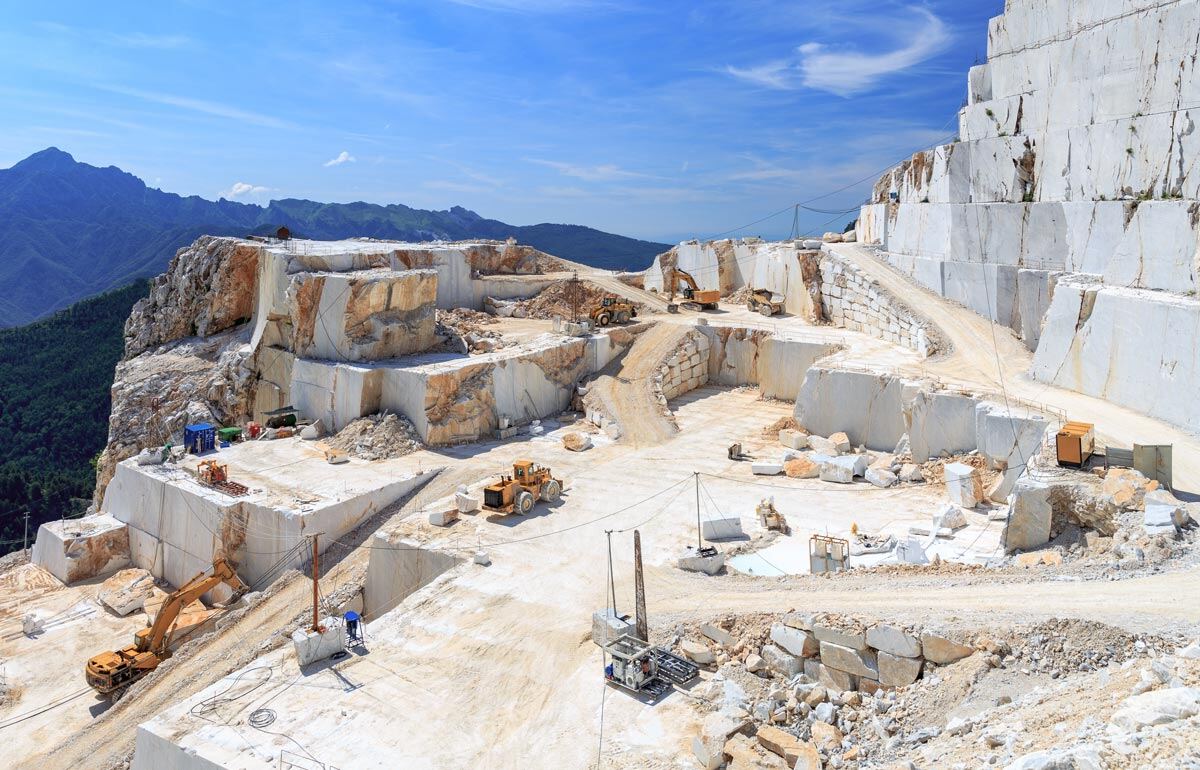
Marble is sourced from quarries around the world, each region offering distinct varieties with unique colors and patterns:
- Italy: Renowned for its high-quality marble, Italy produces varieties such as Carrara, Calacatta, and Statuario, known for their stunning white backgrounds and elegant veining.
- Greece: Greek marble, including the famous Pentelic and Parian varieties, has been used since ancient times in sculptures and buildings for its pure white color and fine grain.
- Turkey: Turkish marble, such as the exquisite white Afyon and dramatic black Nero Marquina, is prized for its beauty and durability.
- India: India offers a wide range of marble, including the luxurious Makrana marble, known for its pure white color and use in the Taj Mahal.
- Spain: Spanish marble, such as Crema Marfil and Emperador, is known for its warm tones and elegant patterns.
Popular Types of Marble

Arabescato Corchia:
marble features a creamy white background with bold, flowing gray veining that almost looks hand-drawn. It’s a statement piece that blends classic Italian elegance with contemporary edge—perfect for fireplaces, bathrooms, or anywhere you want a wow factor.
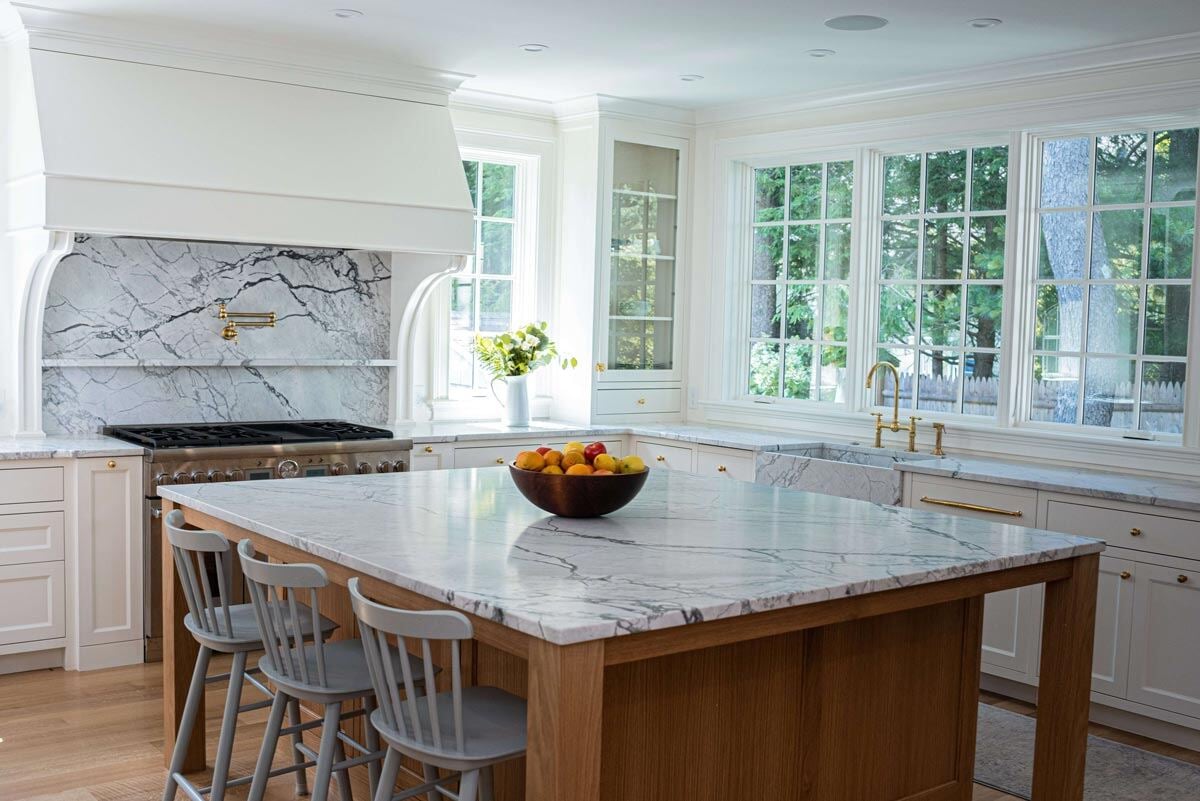
Salvatore:
is a stunning Brazilian marble from the dolomite family, featuring a soft white base with bold, fluid gray veining. Its natural elegance and durability make it a standout choice for luxurious kitchens and statement surfaces.

Imperial Danby:
marble, sourced from Vermont, features a creamy white background with soft gray and warm gold veining. It’s a refined and elegant option, perfect for clients who want classic marble beauty with the added appeal of American origin and dependable performance.
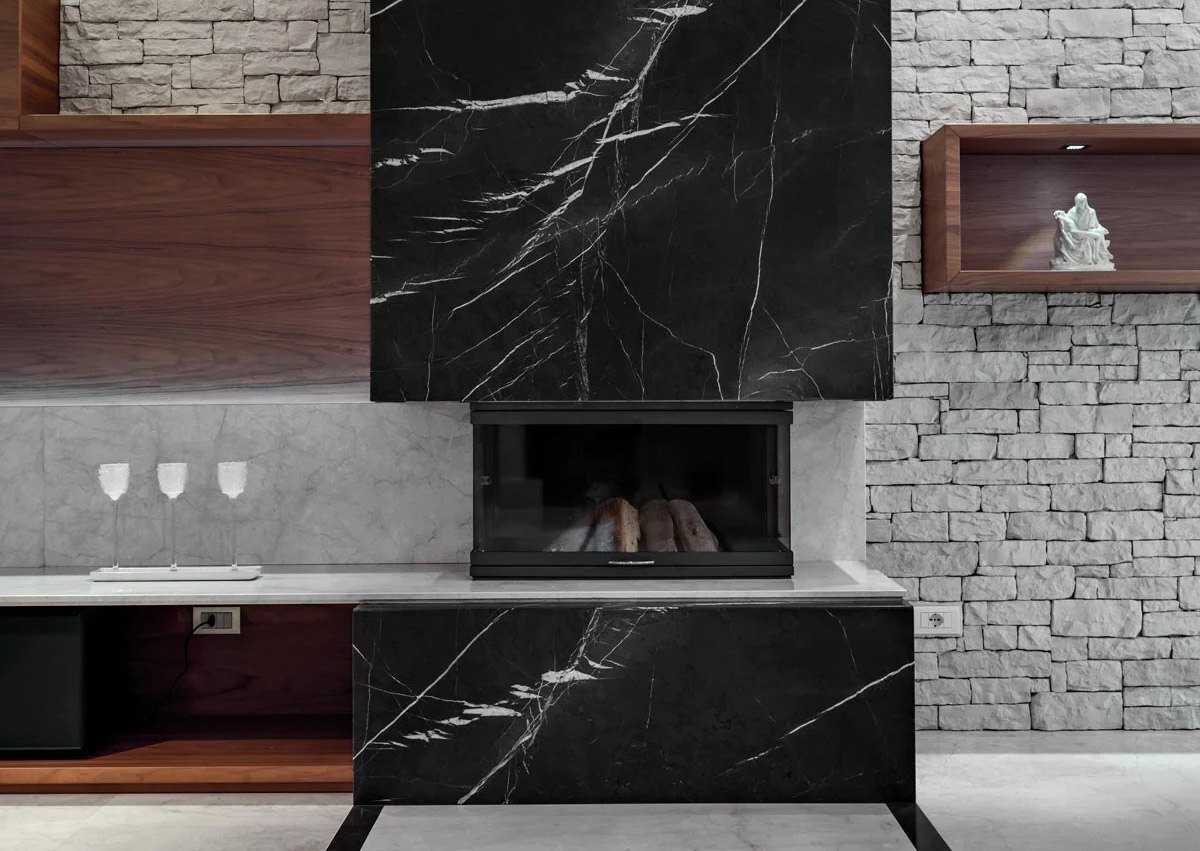
Nero Marquina:
is a dramatic black marble with crisp white veining, perfect for creating bold focal points in modern, high-contrast designs.
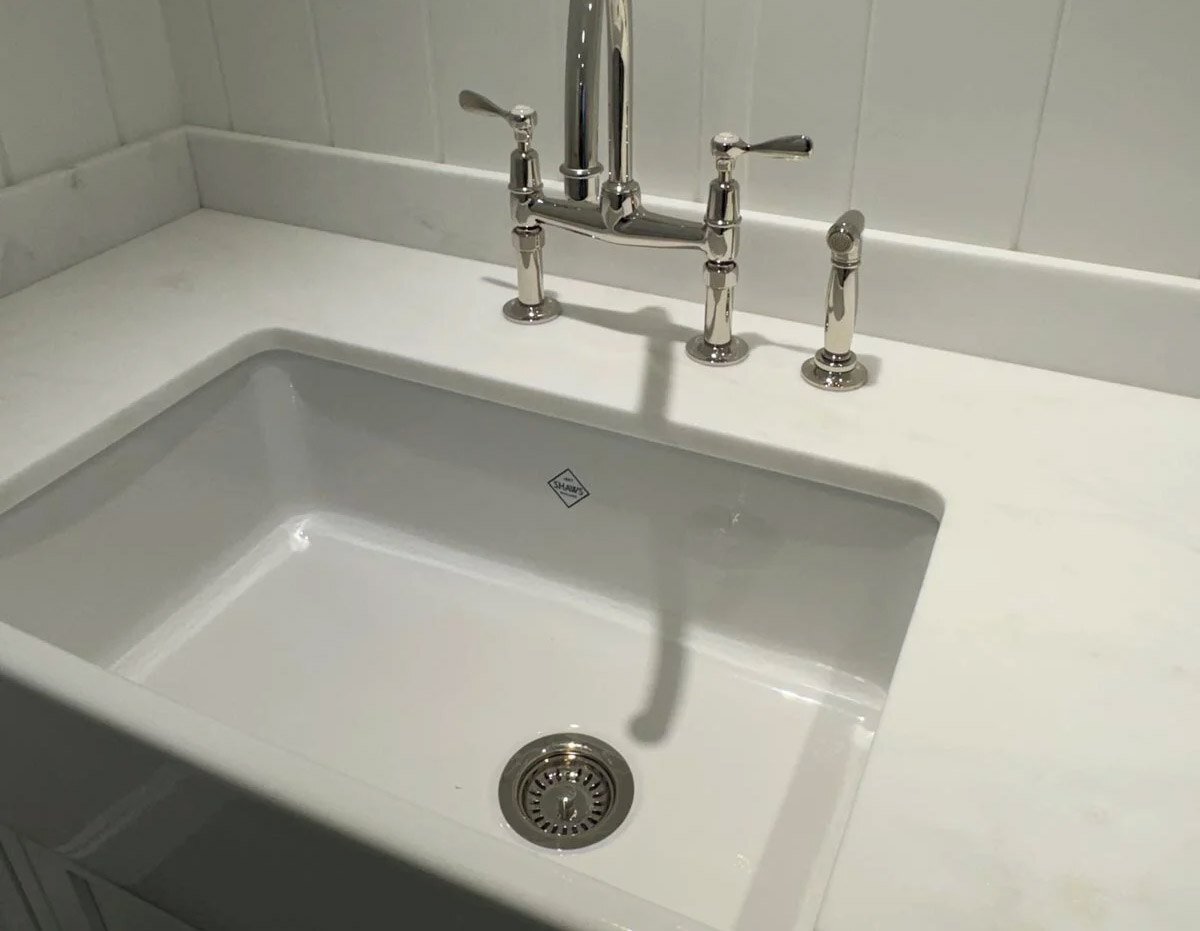
White Rhino marble:
offers a soft white background with subtle beige and taupe veining. Quarried in Namibia, it brings a clean, elegant look with just enough movement to keep things interesting—ideal for refined spaces like this laundry or prep sink area.
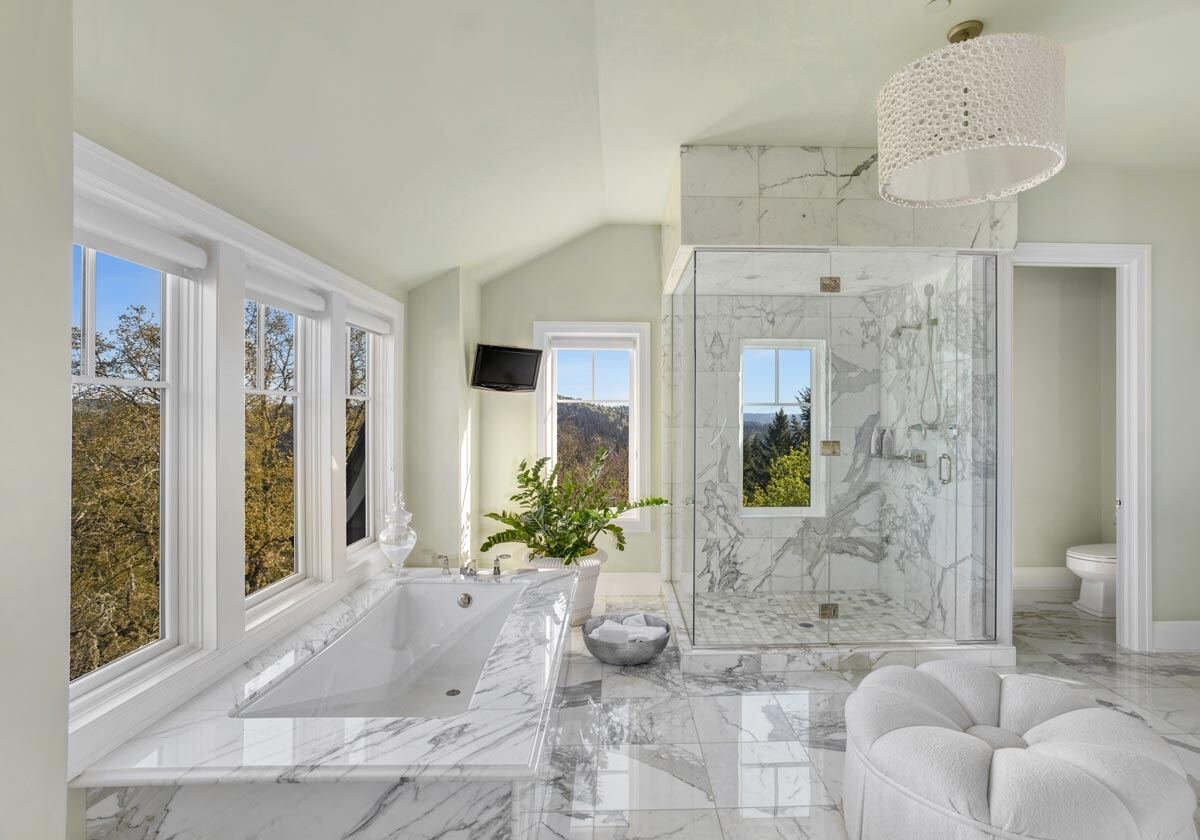
Calacatta marble:
features a crisp white background with bold, dramatic gray veining that creates a striking, high-end look. Quarried in Italy, it’s one of the most luxurious and exclusive marbles—ideal for making a statement with refined elegance.
Comparisons with Other Materials

Marble vs. Granite:
Marble is softer and more prone to etching and staining compared to granite. While marble offers a timeless, classic beauty, granite’s durability makes it a good option for high-traffic areas like busy kitchens. Marble is often chosen for its elegance and aesthetic appeal in less demanding spaces.

Marble vs. Quartzite:
Quartzite is harder and more resistant to scratches and heat than marble. While marble offers a refined, luxurious look, quartzite’s durability and unique crystalline structure provide a practical alternative for high-use areas.

Marble vs. Engineered Quartz:
Engineered quartz is a man-made material composed of crushed quartz bound with resin. It is non-porous and requires less maintenance than natural marble. Many quartz products are designed to appear like marble in color and patterns; however, marble’s natural beauty and unique patterns offer a level of sophistication that engineered quartz cannot replicate.

Marble vs. Soapstone:
Soapstone is a softer, non-porous natural stone known for its smooth feel and heat resistance. It darkens over time and can develop a patina. While soapstone is easy to maintain and repair, it is more prone to scratches and dents compared to marble. Marble offers more color and pattern variety and greater aesthetic appeal.

Marble vs. Onyx:
Onyx is a striking, translucent stone often used for decorative purposes. It is softer and more brittle than marble, making it less suitable for high-use surfaces. Onyx requires more careful maintenance and is more prone to scratching and etching. Marble provides a more practical and durable option while offering stunning natural beauty.
Marble: Timeless Elegance, Informed Decisions
Marble: Beauty With a Story
Step into Granite Guy Inc., where marble steals the spotlight. It’s the centerpiece of countless dream kitchens—timeless, elegant, and unapologetically authentic.
Sure, marble has a reputation: stains, scratches, and upkeep. But fragile? Not exactly. From kitchen countertops to vanities, fireplaces, bar tops, and accent walls—marble doesn’t just survive; it evolves. Its patina tells a story. It’s not a flaw. It’s a legacy.
How to know if marble is right for you.
If you value luxury over perfection and character over uniformity, then yes—it’s for you. Still wondering what makes marble so irresistible?
Marble Countertops: Cost Comparison vs. Other Options
Marble countertops are priced comparably to materials like granite, quartzite, onyx, and even soapstone. However, pricing varies across all materials because each one has both high-end and budget-friendly options. For example, while some marble or quartzite slabs can be extremely expensive, others are more affordable, depending on factors like rarity and demand.
A major factor influencing price is supply and demand, not necessarily quality. Certain colors and patterns in any material—whether granite, marble, or quartzite—can be priced lower simply because they are less popular, not because they are inferior. Marble colors such as the Italian marbles Statuario, and the Calacattas - are the most expensive countertops in the market. However, there are marble options with similar aesthetics that are available at different price points. While marble tends to be known as a more luxurious and expensive choice overall, specific colors or patterns are surprisingly affordable.
Ultimately, the best choice depends on personal preference, availability, and budget, rather than just the material itself.
Applications in the Household
Marble is versatile and can be used in various applications around the home:
- Kitchen Countertops: Marble’s cool surface and elegant appearance make it a popular choice for kitchen countertops. Marble countertops provide a luxurious, high-end look that can elevate the overall aesthetic of the kitchen.
- Bathroom Vanities: Marble’s natural beauty and resistance to moisture make it ideal for bathroom vanities. It adds a sophisticated and luxurious feel while standing up to daily use.
- Fireplace Surrounds: The unique patterns and colors of marble create striking fireplace surrounds that serve as focal points in living spaces.
- Backsplashes and Walls: Marble’s aesthetic appeal makes it a popular choice for backsplashes and accent walls, adding texture and visual interest to any room.
Care and Maintenance of Marble Countertops and Other Surfaces
Maintaining marble surfaces involves regular cleaning and sealing to preserve their beauty and functionality:
- Cleaning: Use a mild dish soap and warm water for daily cleaning. Avoid abrasive cleaners and harsh chemicals that could damage the surface.
- Sealing: Marble is porous and should be sealed to prevent staining. Depending on the level of use, sealing should be done annually or biannually. A high-quality stone sealer will help protect the surface and maintain its appearance.
- Preventive Measures: Use trivets or hot pads for hot cookware and cutting boards for food preparation to avoid potential damage to your marble countertops. Clean up spills promptly to prevent staining or etching – especially vinegars, lemon juice, red wine, mustard or anything with oil or some level of acidity.
Pros and Cons of Using Marble in a Kitchen Project
Pros
- Aesthetic Appeal: Marble countertops are visually striking, with their unique veining and variety of colors adding a touch of luxury to any kitchen.
- Cool Surface: Marble remains cool, making it ideal for baking and pastry-making, as the surface helps keep dough and other ingredients at the right temperature.
- Natural Material: Being a natural stone, marble is eco-friendly and provides a sense of authenticity and timeless beauty.
- Adds Value: Marble countertops can increase the value of your home due to their luxurious and elegant appearance.
Cons
- Porosity: Marble is porous and can absorb liquids, leading to potential staining if spills are not cleaned up promptly.
- Etching: Marble is prone to etching when exposed to acidic substances like lemon juice, vinegar, and certain cleaners, which can dull the surface.
- Softness: Marble is softer than other countertop materials like granite, quartzite and quartz, making it more susceptible to scratches and chips.
Marble Countertops – Frequently Asked Questions
Is marble the right choice for me?
If you desire a luxurious and timeless aesthetic, marble is the perfect choice. Its unparalleled elegance and striking beauty have made it a favorite throughout history. When it aligns with your lifestyle, marble provides a stunning and enduring option that remains fashionable over time.
Is marble a good choice for kitchen countertops?
Absolutely! Marble is often considered the most classy, elegant, and beautiful of all stone options. Its timeless appeal and natural beauty are unmatched. While it does require a bit more care than some other stones, the luxurious look it brings to your kitchen is well worth it.
Does marble scratch or stain easily?
No, not really—unless you compare it to more durable materials like granite, quartz, or quartzite. The main concern with marble is etching, which affects the finish more than the structure. Choosing a honed or leathered finish helps minimize the appearance of etching. With proper care and regular sealing, marble stays beautiful for years.
Can I put hot pans directly on marble countertops?
Yes, you can place hot items on marble countertops, as it’s generally heat resistant. Marble is a big investment, and each type can react in its own way. We suggest using trivets or hot pads to keep it looking good over time.
How often does marble countertops need to be sealed?
stone and how often it’s used. The best way to tell is to check if the surface darkens when it gets wet—if it does, it’s time to reseal. Applying the sealer is simple: spray or wipe it on, let it soak in for five to ten minutes, and wipe off the excess. What penetrates the stone is what protects it.
Is marble only for kitchens and bathrooms?
Not at all! Marble is incredibly versatile. You'll find it in shower walls, fireplace surrounds, coffee tables, and more. It’s been used in sculptures, fountains, and architecture for centuries. Wherever you want to add timeless beauty, marble fits right in.
What’s the difference between honed and polished marble?
Honed marble has a matte finish that helps hide etch marks, scratches, and small imperfections—great for high-traffic areas. Polished marble has a shiny, reflective surface. This finish brings out the colors and patterns, making it feel more classic and luxurious. It really comes down to the look and lifestyle you’re after.
Is marble more expensive than granite or quartz?
It can be, especially for popular types like Italian Calacatta. But marble comes in a wide range of colors and prices. Less well-known varieties—often from Brazil or other emerging sources—can be surprisingly affordable. There’s truly a marble option for every budget.
Can you repair marble if it chips or stains?
Yes. Minor chips can often be filled and polished, and most stains can be removed with the right poultice or cleaner. If something happens, just give us a call—we can walk you through options or handle it for you.
How do you maintain and care for a marble countertop?
Wipe up spills quickly, especially anything acidic like lemon juice or wine. Use a pH-neutral cleaner, seal the surface regularly, and use trivets or cutting boards. With a little care, your marble countertop will stay stunning for decades.
Transform Your Home with Marble
Marble has captivated humanity for centuries with its unparalleled beauty and elegance. Its use in famous buildings and sculptures around the world underscores its timeless appeal and significance. Choosing marble for your home not only brings a piece of this rich history and heritage into your living space but also offers a luxurious, unique, and valuable addition to your interior design. Despite its need for careful maintenance, the aesthetic and functional benefits of marble make it a worthwhile investment for those seeking to elevate their home with a touch of classic sophistication.
Come browse our selection of marble slabs and discover the perfect addition to your home. Whether you’re upgrading your kitchen countertops, adding elegance to your bathroom vanity, or creating a stunning fireplace surround, marble continues to be a symbol of refinement and enduring beauty.






